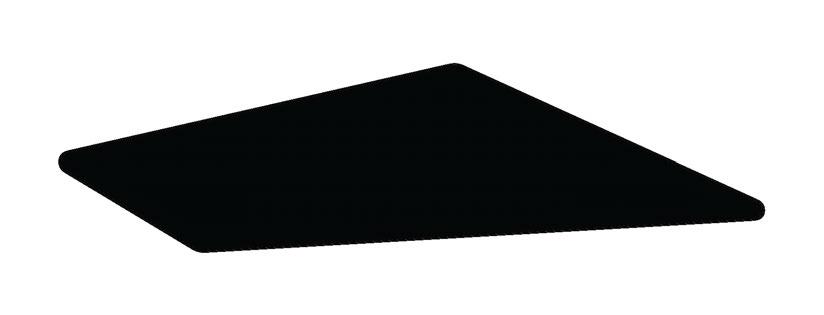GARNET & BLACK
HAIR STORY
CHANGING THE NARRATIVE ABOUT “BLACK GIRL HAIR”
WHERE WE REST
A PHOTO GALLERY INSPIRING YOU TO TAKE A REST TODAY
LOVE YOUR MOTHERS THE CONVERGENCE OF NATURE, MAKEUP AND FALL STYLE

HAIR STORY
CHANGING THE NARRATIVE ABOUT “BLACK GIRL HAIR”
WHERE WE REST
A PHOTO GALLERY INSPIRING YOU TO TAKE A REST TODAY
LOVE YOUR MOTHERS THE CONVERGENCE OF NATURE, MAKEUP AND FALL STYLE
WHAT OPTIONS ARE THERE FOR GOOD LESBIANS LOOKING FOR THEIR CHANCE AT LOVE?

STUDENT MAGAZINE OF THE UNIVERSITY OF SOUTH CAROLINA
EDITOR-IN-CHIEF CREATIVE DIRECTOR MANAGING EDITOR
MANAGING EDITOR
ENTERTAINMENT EDITOR
STUDENT LIFE EDITOR POETRY & CREATIVE EDITOR WRITERS
MARK MADDALONI EMILY SCHOONOVER
G HINSON
TAYLOR JENNINGS-BROWN
Caroline Williamson
Kelsey Fogarty
Jessica Fields
Addison Hinkle
Ali Tabassum
Catherine McLean
Clara Bergeson
Dabriel Zimmerman
Darian O’Neil
Hunter Thumpson
John Mugabe
Kaitlyn Evensen
Liz Smith
Nicole Kitchens
Zane Cina
COPY CHIEF
COPY EDITORS
Mary-Bryant Charles
Addison Hinkle
Julia Petrucelli
Sydney Smith
SOCIAL MEDIA DIRECTOR
SOCIAL MEDIA MANAGER
PUBLIC RELATIONS DIRECTOR
PUBLIC RELATIONS MANAGER
MULTIMEDIA DIRECTOR VIDEOGRAPHERS
Jordan Postal
Grace Hendrix
Megan Mellerson
Zane Cina
Chloe Neal
Rachel Smith
Samantha Cheeseright
STYLE DIRECTOR
ASSISTANT STYLE DIRECTOR STYLISTS
Parker Blackburn
Vittoria Gallello
Dejon Johnson
Malachi Harris
Megan Hoitsma
Toni DeLoach
ART DIRECTOR DESIGNERS
Alizajane Hicks
Grace Negron
Jensen Bernard
Julia Dunne
Maria DeSimone
Shaira Nixon
PHOTO EDITORS
ASSISTANT PHOTO EDITOR PHOTOGRAPHERS
Coleman Rojahn
Zhané Bradley
Ryan Finley
Aaron Falls
Abby Detorie
Abby Meyer
Adarsh Shidhaye
Alexis Croft
Alyssa Bladzik
Cecily Batdorf
Chloe Caudill
Emily Grace Heen
Faith Worrell
Dejon Johnson
Henry Travis
Jalen Hodges
Jaylen Anderson
Kaitlyn Emery
Kaitlyn Gough
Nancy Sterrett
Sydney Bonaparte
DIRECTOR OF GMG
ASSISTANT DIRECTOR OF GMG
GMG ADVERTISING MANAGER
GMG ART DIRECTOR
FACULTY ADVISOR
Advertising: (803) 777-3018
Sarah Scarborough
Sydney Patterson
Patrick DiDomenico
Grace Steptoe
Scott Farrand

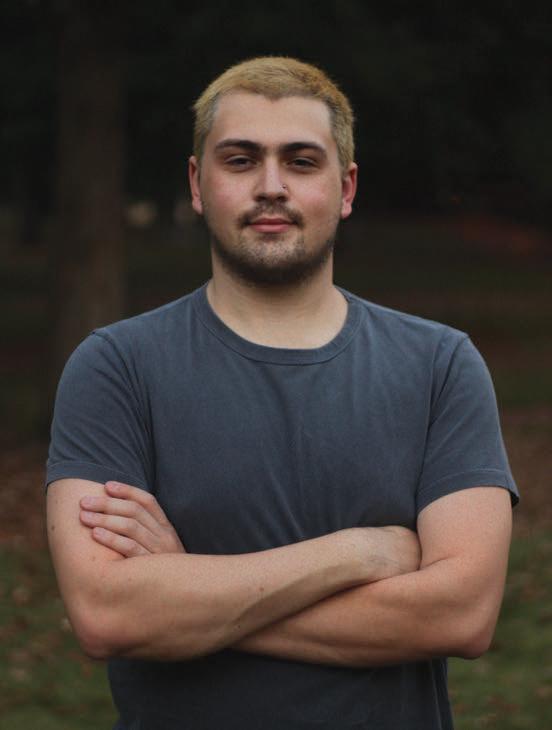
I’ve been asking myself that a lot lately. In the digital age, it seems to be a constant question.
For Garnet & Black, a publication whose print readership has been on a steady decline over the last few years, it’s an especially valid question. Our funding is mostly from the student activity fee, which means we exist solely for you, the students. But how involved have we actually been in the Carolina experience? Have we been a staple of your experience? Has our work and mission - all the money, energy, and timebeen justworthy to the students?
Honestly, I’m not sure that it has. From the beginning of the last spring semester, the G&B editorial staff discussed our purpose with Garnet Media Group’s professional staff advisors. Is the content we’re putting out serving a group bigger than ourselves? Is our content truly representative of our campus, offering something for everyone? We came to accept that it wasn’t, and because of that our audience was decreasing with every edition we put on racks. When I hired my team of mostly new editors, I was a little embarrassed to share with them this realization, but it also came with a great sense of humility.
With this change in direction came a new focus on empathy. How can we connect our campus? What can we do to bring students from different backgrounds
together to make a more understanding and safe environment for the marginalized and oppressed groups at UofSC? At the same time, how can we inspire students who still have more history to learn to pick up our magazine and actually read those stories? We knew we would have to give everyone a reason to pick up our magazine. This year, we’ve been working to make that a reality. With that change in direction, we had one final conversation to have: revisiting our purpose on campus.
Our mission is unlike our partners within Garnet Media Group. We may indirectly hope to inspire, educate, and inform our community, but our main desire is to impassion the creativity and empathy on this campus. As a magazine, we have a unique opportunity to create, report, and educate all in one. Our stories will always change, but I hope our newfound purpose will stay for a while.
That purpose is this: to provide new and unique information and perspectives to members of the USC community, while putting the perspectives and voices of underserved and underrepresented communities at our forefront. G&B serves not only as an institution to question the status-quo, but act as a hub for artists and creative minds at USC where beginning writers, artists, and various young professionals have the chance to be published.
So, all that to answer, why do we print a magazine?
We print a magazine because in a digital age, it’s different. You can run your fingers along the ink and feel the emotion in our writer’s words. You can see our photos under the shade of a big tree, or the umbrella on a beach, or in the dead zone of the mountains, and never struggle with a glare or wi-fi connection. You can pull out our magazine anywhere on the road, on a plane, or in the middle of a lake and give your eyes a rest. We print a magazine so our design ties together the emotions on the page to let you empathize with us. We print a magazine because we want to provide a platform for student’s work. To showcase the talent, passion, vision, growth, and empathy budding on our campus everyday.
We print a magazine because it’s what we believe in. We hope you believe in it just as much as we do.
As the ongoing coronavirus pandemic continues to add restrictions on our lives, our society has had to take on a new outlook on life. This may seem difficult, as positive cases and hospitalizations cloud the news and fog our brains with the dangers of the virus. While these are serious issues, it is always important to take on a new perspective and search for the few, but very impactful, hidden positive outcomes of the coronavirus pandemic.
During the pandemic, one of the most noticeable changes to society was the way we entertain ourselves. Going to a movie theater with friends has turned into watching Netflix alone.Eating at restaurants was replaced with ordering food in or cooking for yourself. We crave social interaction and entertainment, but recently it has been much harder to find. In response to this, singers and celebrities did social media live streams in the spring and summer to maintain relevance and provide entertainment to millions of bored Americans. While this was sufficient for the time being, there is a new way many performers are dodging the restrictions and performing in front of live audiences. Drive-in concerts are making a comeback from the 1950s as a way to provide in-person entertainment instead of being at home glued to technology. Artists like Blake Shelton, Quinn XCII and Nelly have performed at drive-in concerts, and they are only gaining popularity. Spectators purchase one ticket per car and park in the corresponding parking spot. People then open the trunks of their cars or sit on the roofs and can either see and hear the performer on stage, or use a provided radio to listen if they are far away.
Although this is much different than a traditional concert, there are actually some aspects of drive-in concerts that are more admirable. For instance, they are generally much cheaper because you only have to buy one ticket per car instead of a ticket for every individual. Most venues cap the amount at six people per car, which is a better deal than buying a ticket for yourself at a traditional concert. Besides being more expensive, the main downfall of a normal concert is the huge crowds of people, sometimes even resulting in a scary mosh pit. Because everyone is in their cars and are socially distanced from others, this is not a concern. It allows you to enjoy the music and atmosphere while interacting with less people. A drive-in concert is the perfect excuse to get out of the house and enjoy live entertainment in a safe and inexpensive way.
A positive outcome of the virus that’s even more obvious than new ways of entertainment are the medical advancements. The pandemic has forced health care professionals to think more uniquely about their protocols, like introducing more telehealth. Prior to the coronavirus, it was normal to physically go into the doctor’s office if you were sick or had a concern, but this has drastically changed. To take some stress off of the doctors and decrease foot traffic in offices, many doctors’ offices have turned to telehealth. They use technology like webcams and computers to meet with patients remotely. It really is a concept of the future; getting diagnosed with a sickness and then prescribed medicine virtually is an advanced idea to grasp. By talking to your
doctor virtually about minor sicknesses, it lessens the need to come into the office and therefore saves you time and resources. Having a virtual doctor’s appointment won’t always be an option, but it is the preferable choice to many.
Something most people don’t connect the pandemic to is the environment. While the coronavirus has many negative effects on the planet, like littering masks, lots of animals are seeing benefits. Because tourism has decreased tremendously, humans are finally leaving animals alone. We aren’t going into animals’ habitats and disturbing them, instead we are letting them be. There have been so many exciting outcomes of this, like in Albania where pink flamingos are thriving in lagoons and have increased in numbers by a third. Advancements are being made and research is being conducted, like in Ecuador. In the Galápagos’ Marine Reserve, biologists are researching whether a decline in tourism causes shyer fish species to act bolder. If so, this could change the entire ecosystem and food chain, an outcome of the pandemic not many have predicted. While many Americans miss travelling, the decline in tourism is helping the environment and animals in ways we could have never imagined.
Instead of sitting back and focusing on the negative effects of the coronavirus, we must acquire a new perspective and appreciate the beneficial outcomes or even create new ones ourselves. It seems as if talk of the pandemic won’t ever stop, but it’s encouraging to know that the effects of it aren’t all harmful.
In 21st Century America, what we understand is the two-party system - Democratic Party versus Republican Party, red versus blue, donkey versus elephant - with little representation for those who don’t wholeheartedly support either group, those elusive “independent voters.” According to Diffen.com, The Democratic Party typically supports progressive taxation, looser sanctions on immigration, and universal healthcare. The Republican Party votes in favor of the “flat tax,” penalties for illegal immigration, and private healthcare.
However, the gray area between this black and white can seem dangerous or avant-garde to those who have historically voted monolithically. Especially in these polarizing moments, many have sought out an alternative to left or right, a third dimension, which typically takes the form of the third party. To investigate the core beliefs and aspirations of these groups, I spoke with Jake Sawyer, of the campus organization “Carolina Socialists,” for their opinions on the 2020 Socialist Party. In addition, I questioned Dylan Nolan, a Political Science student here at UofSC, and self-proclaimed Libertarian. It is important to note that there are more organizations than the Socialist and Libertarian Parties, but these two are quite populous on our campus.
How would you sum up the core beliefs and aspirations of your group?
SAWYER: The supremacy of global capitalism and all of the institutions that underpin it can and must be abolished, and we are dedicated to building a movement with the goal of said abolition.
NOLAN: Libertarians seek to devolve the vast power of the federal government and maximize individual liberty.
What demographics do you think you most appeal to, and who would you like to get more support from?
SAWYER: Most socialists do not intend to organize within the systems of liberal democracy, because we all know capitalism cannot be overthrown with its own institutions. With that being said, we hope that socialism appeals to the entire working class.
NOLAN: Libertarians are primarily conservatives who take an acute interest in issues of personal freedom. I would like to get more support from the Republicans because they share first principles with Libertarians. Generating grassroots Libertarian activism within the Republican Party, similar to the 2009 Tea Party Movement, would force Republican politicians to jettison political expediency in favor of true fiscal conservatism.
Who is a promising potential candidate you would like to see run?
SAWYER: We are not focused on electoralism. We will, at some points, advocate on behalf of a candidate who represents the interests of labor (few as they might be). But we are not in the business of engaging in American politics. There are no socialist politicians in a capitalist government because the prerequisite to being a politician in America is engaging in American capitalism, imperialism, and the like. I personally am a fan of people like Lenin and Castro, who at one time or another served as politicians. But, there aren’t any prominent socialist politicians in America. Some of my comrades would say that there aren’t any Socialist politicians at all and that socialism requires the complete abolition of the state. I don’t agree with that notion, but I respect the argument.
NOLAN: My favorite libertarian is Kentucky senator Rand Paul. He is a Republican, but when asked if he is a libertarian replied: “Libertarian would be a good description… because libertarians believe in freedom in all aspects of your life – your economic life as well as your social life as well as your personal life” Stewart, Martina (May 4, 2010). I strongly believe that moving the Republican Party towards libertarianism is the way to affect meaningful change. Rand is enough of a political insider to get things done, but is brave enough to voice concerns over fiscal issues that many Republicans aren’t.
How does your party differ from the Republican Party and Democratic Party?
SAWYER: Neither Democrats nor Republicans represent the interests of the working class. We are a group dedicated to direct advocacy for working-class interests. It is in the interest of the working class to have full access to the fruits of their labor, to seize the housing, agriculture, natural resources, industry, and defenses necessary for them to lead a life free of scarcity and alienation. Socialists intend to build systems and organizations that advocate for workers and against bosses and imperialist government. This is the fundamental distinction between liberalism and socialism. Liberalism is fundamentally a capitalist ideology.
NOLAN: The Libertarian Party’s greatest difference from the Republican Party is that Libertarians do not hold political power. While Republicans share many of the same core values, their desire to remain in power prevents them from taking meaningful action on issues like the national debt.
Taking Grandma’s Social Security check wouldn’t get them re-elected even if it is recognized that our debt per taxpayer is $216,772.
How can the two-party system be challenged?
SAWYER: Three or more parties under capitalism does not democracy make. We have to move past these divisive political parties and focus on uniting workers under a common cause. Let them lay claim to the products of their own labor. Either way, we reject the premise of the question. A parliamentary system would not give people any more power over their own lives, so why care if the Green Party gets a few seats in Congress?
NOLAN: Drawing truly impartial district lines would challenge the current political order. Currently, each party gerrymanders their districts to contain enough of their party to ensure re-election, while trying to reduce the other party’s ability to win districts. This results in elected officials not representing even slices of their states. Instead, they represent cherry-picked groups. This means that they are not incentivized to compromise since they don’t have constituents on both sides of the aisle in their districts.
Which of these beliefs do you think appeal to both sides of the aisle?
SAWYER: We will not compromise with reactionaries, we side fully with the working class. The “both sides” are not Democrats and Republicans, it is workers and bosses, colonizers and colonial people, imperialists and the victims of global imperialism.
NOLAN: Libertarians want the government out of your life all of the time. Libertarians want you to have the freedom to use drugs should you choose to, don’t care who you have sex with, or what gender you call yourself. To that end, libertarianism can appeal to liberals who dislike social restrictions imposed by cultural conservatives.
What
SAWYER: For a presidential election? A third party candidate can’t get elected. The system is designed that way. The electoral college prevents third party viability by disallowing plurality. Ralph Nader, for instance, didn’t functionally get a single vote, despite winning about 3% of the vote. It’s not just the electoral college though. Democrats and Republicans hold all political power here in the US and do all they can to keep it.
NOLAN: There is so much inertia in our current political dichotomy. It is like a train traveling rapidly. There is no way of adding another car to the train unless the train comes to a stop. I don’t see a third party candidate getting elected to the White House until a paradigm-shifting event reveals the underlying flaws in how we operate our government.
Do you have any last thoughts?
SAWYER: International imperialism and global finance cannot continue. And the abhorrent people who run our political and economic system cannot hide from popular will forever, and workers will take back the product of their labor. And with that act comes the end of America as we know it.
NOLAN: I want to see the government get smaller, so I work for a Republican congressman’s campaign, and frequently work with our state Republican party. Libertarianism works best as a set of ideas rather than as a political party. Libertarians keep the beautiful founding principles of personal liberty alive as the Hobbesian state reaches further into our lives. Republicans serve as the practical, if sometimes flawed, bulwark against complete statism.
As can be seen, third parties are not exempt from differing greatly from one another, sometimes only coming together in their support of adding a viable third option to the ballot. Both Nolan and Sawyer agree that a third party isn’t viable in the current state of our country, that monumental change is necessary in order to gain true recognition. If you realize that you have more in common with either of these parties than you knew before, I encourage you to look at their presence on a local level in your voting district and consider joining a campus organization here at The University of South Carolina.
How professors are adapting to the changes of online teaching
BY ZANE CINA • DESIGN BY JENSEN BERNARDWith the semester in full effect, many issues with the adapted COVID-19 schedule have become apparent. While everyone seems to be more concerned about the students battling a pandemic during their semester, it can be very easy to forget about those tasked with teaching.
Professors are dealing with numerous limitations presented to them by online learning. They are still being asked to keep students engaged and motivated about their courses and being told to do so from behind a screen or wearing a mask. This can be a difficult task when students can be more easily distracted by phones and peers when they’re now virtually present rather than physically.
The new virtual element of school also causes a lack of in-person interaction that can make it harder for students to remain interested. This is adding more responsibility to professors by forcing them to adapt their course content to better cater to the needs of a virtual audience. It is inevitable that students and possibly even professors may become unmotivated due to learning interactions only being possible through a screen.
The virtual aspect also brings about technical issues for professors. Assignments and tests now have to be adapted to work online. This can be very difficult, especially if a professor incorporates group projects or non-multiple choice testing into their class. It is almost if professors are being asked to teach as well as become technology experts. With inevitable technology difficulties comes student questioning and concern.
However, asynchronous courses are not the only ones faced with new teaching challenges. Some professors are still holding limited in-person courses that offer their own issues. Thanks to new COVID-19 regulations, professors have to be constantly aware of each student’s distance from one another, while also enforcing wearing masks. Many larger class sections were forced to break up into smaller sections just so professors could accommodate the six-foot distance rule. This causes professors to have to break up their course content over several days so that each student has the opportunity to learn everything.
A lot is currently being asked of professors, but hopefully as the semesters go on the challenges will become easier to deal with. In the event of a second socially-distanced semester, professors will have a better knowledge of how to guide their students to success.
A personal essay from a student on the cusp of 18
BY JOHN MUGABE • DESIGN BY JENSEN BERNARDSomewhere in the midst of all the scandal, the division, the distrust and the presidential election in less than a month, Hamilton’s King George III is absolutely shredding an encore to his famous 1776 single, “You’ll Be Back” to all the monarchial stalwarts in the afterlife. Hopefully, that was a spot or, more-fittingly, a speck of humorous reprieve from the raging news cycle in what is likely to be their first election.
As a 17-year-old whose birthday is in February, I got lucky and am spared a trip to the ballot/mail box this November. However, because the internet and living on a college campus, I still fall victim to the intense political discourse in an atmosphere that would put the 1978 song “Love Is In The Air” to shame. How does it feel? Horrible-bringing back long-suppressed 7th-grade basketball team benchwarmer memories. Not getting a piece of the action in the “election of our lives” has a profound impact on a person, comparable to one’s of those voting I would argue.
As a responsible citizen and seeker of “the tea,” I have worked to make myself knowledgeable of all issues involved, and have been enlightened to some extent. Back in 2016, I knew of illegal immigration, abortion, reproductive rights, improving our healthcare system, and the rest was either too boring or complicated to care about. My middle school friends saw no issue in supporting Donald Trump, and to this day I remember the lunch table celebration of the “meme machine” as Ted Cruz dropped out of the primary race, making Donald Trump the Republican nominee. I was an idiot in all areas of life back then, but the idea of someone taking a pro-Trump stance four years later being labeled a “deplorable” was beyond me, and to some extent still is.
My major observation for this change is that over the last four years, democracy has weakened. This is the least surprising result when it has a Trumpian diet of poisonous biased media on both sides, insincere officials, out-of-control Twitter accounts, but most importantly, nobody believes in our democracy anymore.
Every single time someone says, democracy is on the line, I see a banal misinterpretation of what democracy is. Democracy isn’t vested in the winner of the election and it never has been, it has never and should never be seen as a fragile system. The reason for that is because democracy is not a high institution, but a practice achievable by all levels of society. Democracy may have been fragile right after the first peaceful transfer of power between parties in 1800, but as we approach our 250th year as a nation, this precious democracy has stretched from “sea-to-shining sea,” withstood civil war, invented the iPhone, defeated slavery, put Man on the moon, led in global outreach efforts, and has since then become a beacon of hope to freedom all around the world. Some would call it American Exceptionalism, but I think it’s just you and me.
The one thing observing this election has done for me, is highlighted the power of you. The weight an individual can have on democracy, not by the largely symbolic vote, but rather through upholding the discourse by believing in the discourse. The moment “it isn’t worth it” to hear an opinion that challenges your own, or that one gets too comfy in their campaign talking points is the moment those pillars of freedom crumble. If I embody America, I cannot think my impact is actualized only by settling for a candidate each November. The impact is found in caring for my neighbor, working to guarantee that everyone has an equal opportunity to advance themselves, and embracing the fundamental freedoms America was founded upon; it doesn’t matter if I registered or not, because I, like all of us, can shape America in my own way.
Sitting on the sidelines and removing that burden has allowed me to take the pressure off and not settle for a two-party platform this election year, like most of us will. I was able to learn that the vote is only supplementary to the way you live your life and embody those distinctly American values, for otherwise, we would all go mad, conveniently evidenced by the year 2020. So what’s next? For starters, I’m going to close that “cheap flights to Switzerland” tab and get to work, building my own America. As we all can, and I hope you do.
When Tinder is a warzone and coffee shops are closed, what options left are there for Good Lesbians looking for their chance at love?
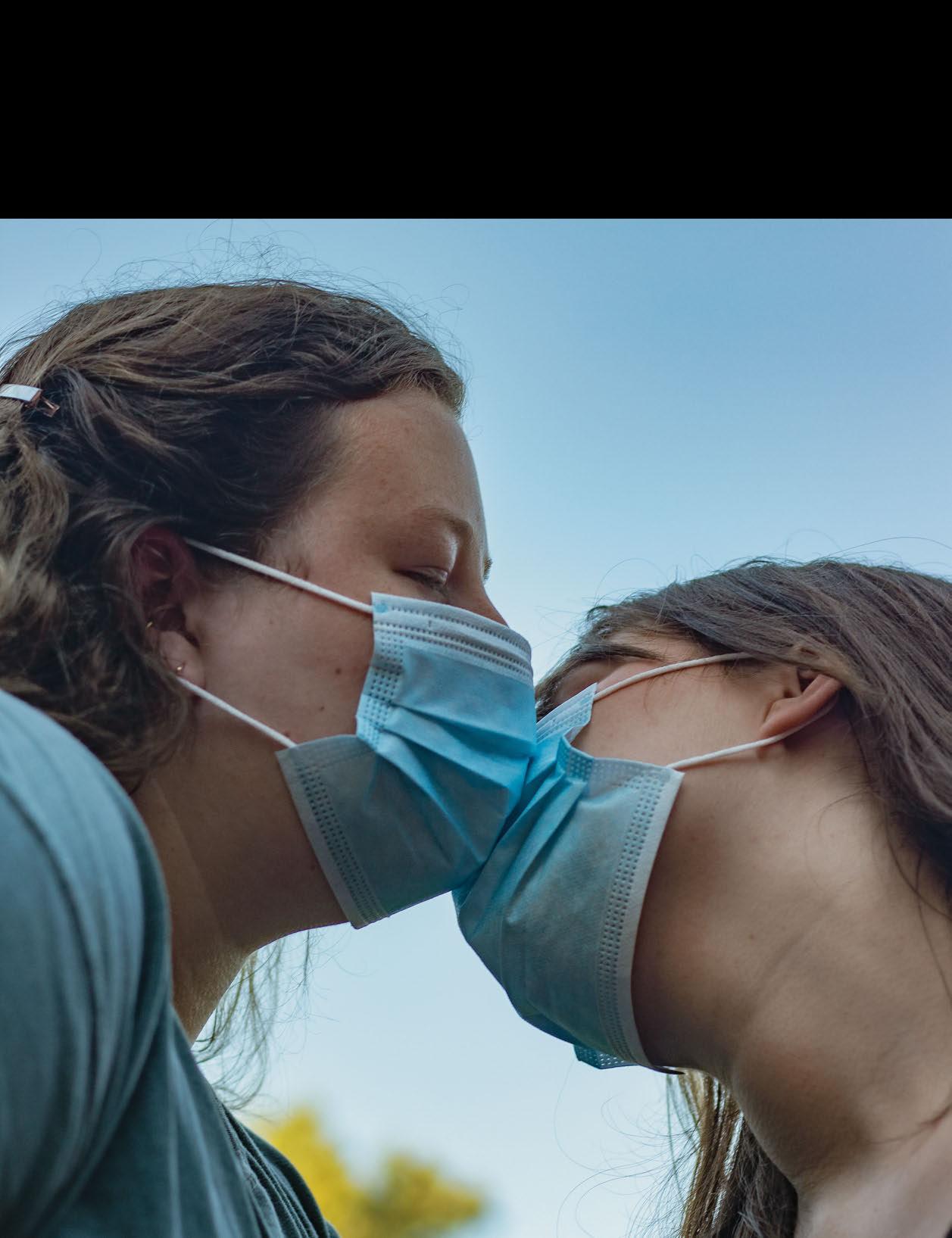 BY CLARA BERGESON • PHOTOS BY MARK MADDALONI • DESIGN BY ALIZAJANE HICKS
BY CLARA BERGESON • PHOTOS BY MARK MADDALONI • DESIGN BY ALIZAJANE HICKS
Currently, almost all of my close friends are in relationships, so the pressure of “oh my god, I’m going to die alone” has started. This could not have come at a worse time. Not only am I trying to deal with dating during the pandemic, but I am trying to deal with dating during the pandemic as a cynical, depressed lesbian.
Being gay in the south is already hard enough, take away our ability to communicate with facial features and the gentle, pining touch of hands and all of the sudden I’m floundering. Tinder right now is like a warzone of touch-starved 20-yearolds grasping for any kind of affection they can find. Now, that does mean people are desperate enough to go out with me, but it also means that my dating life is all of the sudden much, much more intense.
I’ve talked to about 10 different women in the span of six months, and every single one has ended in defeat. This could easily be chalked up to the fact that they may just not like me, but honestly I think the pandemic has truly hindered my dating skills. I’ve tried every single pandemic-safe dating style, and I am sick. Of. It.

I went on a coffee date on the Horseshoe. I brought my own coffee in a jar because the pandemic took my job, all my money and made me terrified to go to coffee shops (even though the girl I was on a date with worked at a coffee shop). We talked for an hour, but then I started getting anxious about being in public in the middle of quarantine. I panicked and told her that
my roommate’s cat — not even my cat — was super stinky and I had to drive both of them to the vet. Then, I just left. Needless to say, there was not a second date.
I tried to have a Netflix Party date with a girl who I had been talking to for two months. I was so confident. We had done all of the things that Good Lesbians are supposed to do — discuss living in the mountains, what we would name our goats, how we want to grow our own vegetables and bake our own bread — the whole shabang.
We ended up watching “The Princess Bride” and chatting, but then a week went by and she’d stopped messaging me. I think it was because I quoted almost the entire script. At one point, I was talking to someone and I thought we were vibing, but then — of course — I got worried she didn’t actually like me. I ended up doing a geomancy reading about my issue and was reassured she was interested, but turns out that wasn’t the question I needed to be asking. Sure she thought I was cute, but about two days after my reading she told me she was married and just wanted me to experiment with her. Great, love that for me.
I think it’s safe to say I’ve officially sworn off dating for the time being. For now, I’ll hold onto hope that one of the cute baristas I’ve seen likes me, but won’t say anything because she doesn’t know if I’m cute behind the mask.


Beds are more than pieces of furniture. They're what we crawl into after a late night out with friends, and what we crawl out of on an early morning to get ready for school. They're where we wrap warm blankets around us while we reflect on what happened the day before, sit on our phone and laugh at funny videos. They're where we cry ourselves to sleep and where we dare to dream. Each bed is decorated with different pillows, different sheets, different memories; but each bed reminds us of the same thing: lie down. Breathe. Take a moment to rest today.
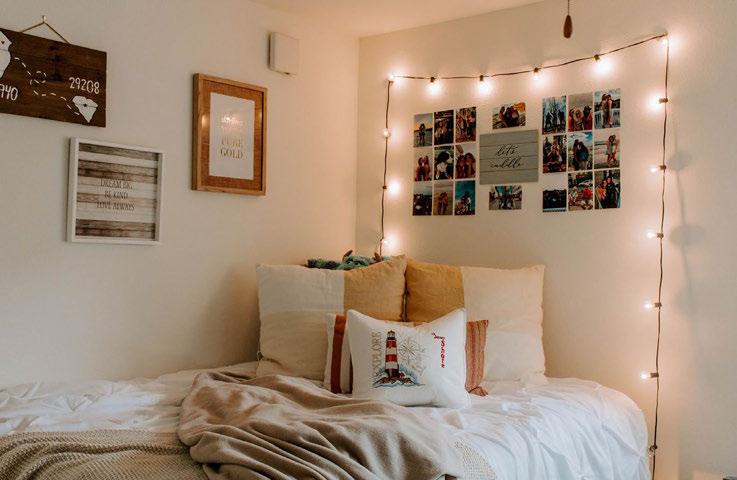
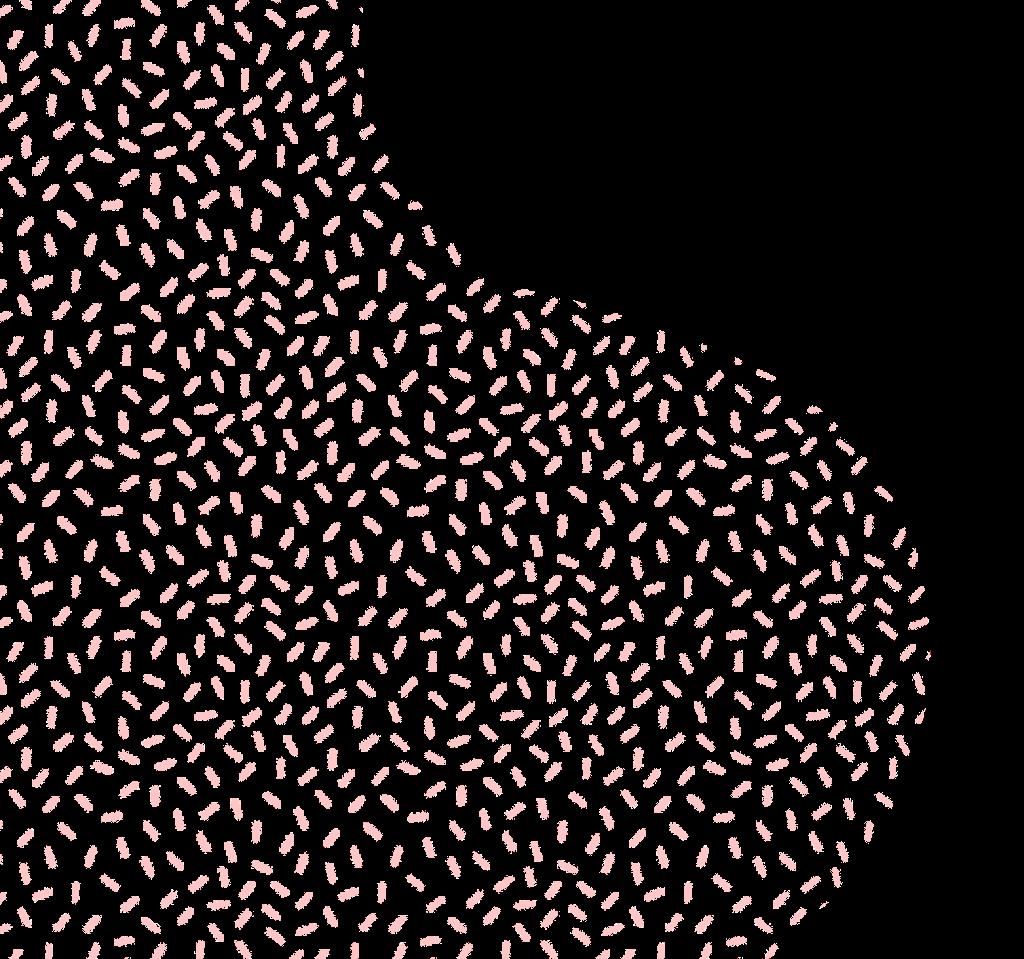






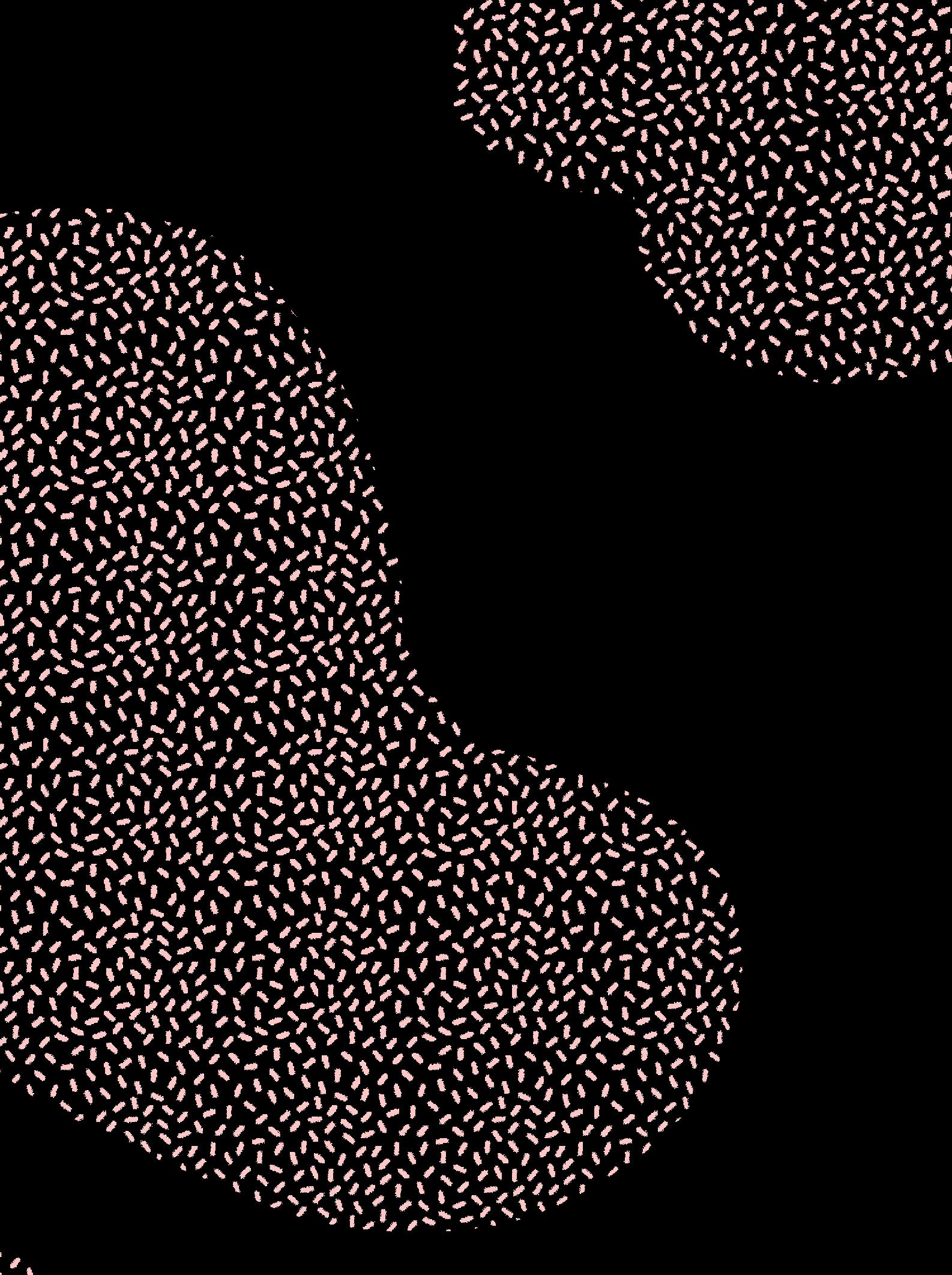
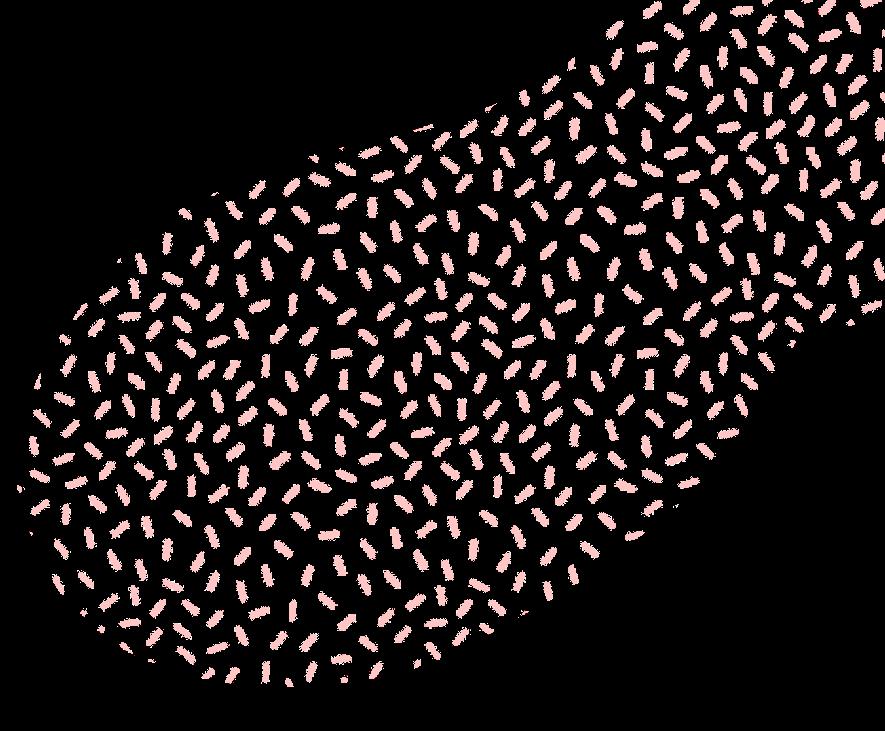

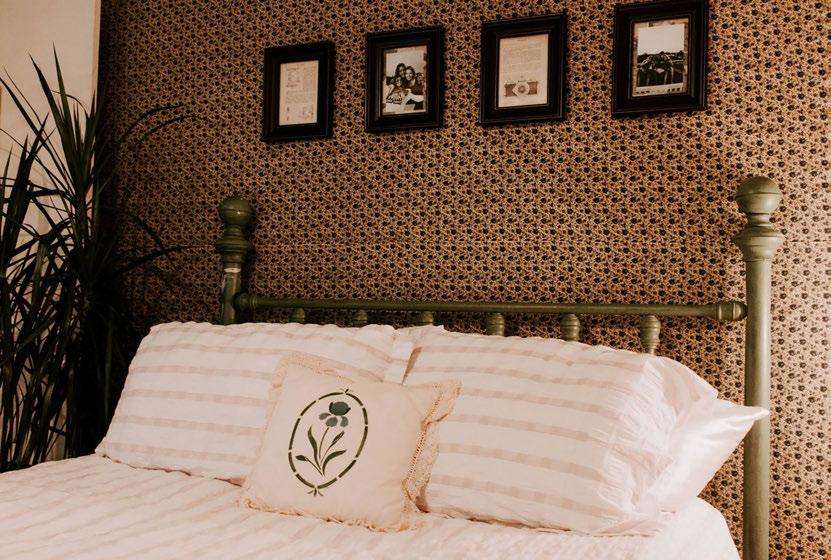


Giving you a reason to get out of bed, explore, and study safely
BY MARK MADDALONI • PHOTOS BY KAITLYN GOUGH • DESIGN BY ALIZAJANE HICKSWith the majority of classes being online this year, there’s little reason for students who live off-campus to be walking the university. But when having a reason to walk down Greene Street or hanging on the Horseshoe, I feel a void of normalcy and comfort being surrounded by my peers. The drive to campus and the energy you find there isn’t something you can feel in a Zoom lecture. In the spirit of bringing that energy back, I wanted to share some of what I’ve found to be the best study spots on campus. I thought I knew just about every nook and cranny at UofSC, but now I realize I’ll never really know all of them. After exploring Flinn Hall (which I can now personally attest has the most creaky, unlevel, and untrustworthy staircase in all of USC) and looping around the basement of the music school until I got lost in the green room of the Koger Center, I’ve come up with the following seven places that I believe are uncommon as a quality study spot, or unknown entirely.
The patio on Gambrell’s rooftop is one of those places you stumble upon while you’re trying to find an English or Poli-Sci class your sophomore year. Invisible from anywhere but a high-rise or the third floor of the building, the rooftop patio is one of the best places to get your study on at campus. Especially great during fall and winter afternoons, the patio has plenty of tables, a great view, and is completely quiet except those faint conversations from another study group that the wind carries.
OK, I’ll admit I don’t necessarily think this one isn’t known so much as it just isn’t used. The skywalk between T-Coop and the Hollings museum has floor-to-ceiling windows, and with all that natural light, it’s hard not to focus and feel at ease reading or catching up on an assignment. There’s plenty of plugs, cushy, grey seats that are super comfortable, and a Starbucks that is quite literally a few steps away. Plus, it’s more removed from the rest of the library and mezzanine so the noise isn’t a bother.
No one has ever brought this to my attention, but I have to say: the outdoor patio of the public health building is incredibly nice. There are multiple tables, a soothing fountain, and although it’s outside, you’re tucked away into the corner of the building safe from the bustle of city noise. It’s a great place to study and relax!

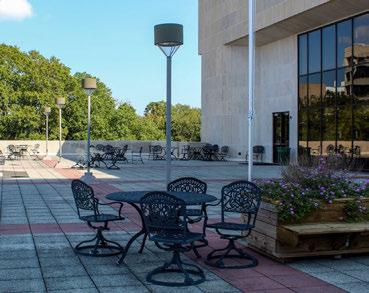 Library Skywalk
School of Public Health Patio
Library Skywalk
School of Public Health Patio
One of the most serene spots to study on campus is a mix of both a rooftop and a garden, and that makes it one hell of a contender for this list. With a great view of the reflection pond, outdoor outlets, and multiple tables, the J-School Rooftop patio is another valuable location to study. It’s always calm, quiet, and has a charming up-scale vibe to it. It’s a great place to focus, spread all your books out, and soak in the motivation of all those artsy things in the Journalism School.
This little garden oozes serenity. It’s like if the Horseshoe had a baby with the Siebold House; it’s tiny, luscious, and peaceful. Although there’s only one table to do some work at, there’s a few benches and enough grass for two or three picnic blankets to lay down and do some work. Although it’s between Capstone, Columbia Hall, and CloseHipp, the small but intense beauty and peace found here makes any study activity you do there worth it.

I’ll be honest: I had no idea we had a Barnwell College the day before I wrote this. Barnwell College is one of those quiet, tan buildings that sits in the back corner of campus, and most of you might recognize it as the building east of the Horseshoe with the big pillars. It’s tucked back just enough to have a perfect quaintness to it, with long tree branches shading the tables, making them a great place to sit and get some reading done.

I’m sure you’re wondering if this is a joke, but I promise you it’s not. Tios itself isn’t unknown, but the fact that it’s a great study spot is. Between free wi-fi, comfy booths, and cheap alcohol, where can you go wrong? During the daytime it’s fairly quiet, and let’s be honest, after all the work you’ve been putting in, you deserve a nice margarita. So why not set yourself up for success like the organizational wizard you are and get the booth nice and warm while you get your work done?
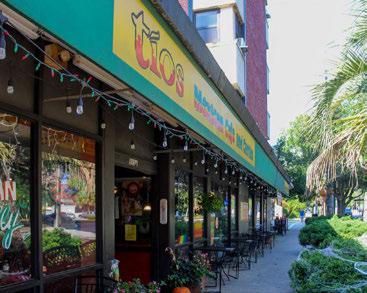 Barringer House Gardens
Barnwell College Stairs
Tios
Barringer House Gardens
Barnwell College Stairs
Tios
“I’m good” is the biggest lie I ever told another person. It’s also the biggest lie I ever told myself.
For over four months, I was in a constant battle with myself. A field of dark energy trailed me everywhere I went and I couldn’t outrun it no matter how hard I tried. I hated waking up every morning because I already knew how the day would go. I would get up and try to convince myself that today was going to be different — that I would finally overpower my demons once and for all and be myself again. As soon as I stepped foot on my school’s campus, though, anxiety would inevitably take over the wheel and shove me into the passenger seat of my own mind. I lived in my head with it constantly. It became my best friend and my worst enemy at the same time.
I walked around every day paralyzed by an irrational sense of fear, lost in a sea of a thousand bodies and feeling like all of their eyes were watching my every move. I avoided familiar faces on purpose so I wouldn’t have to talk to them. On the rare occasion somebody I knew did catch me out, I’d flash a fake smile and try to project some kind of confidence when they’d ask me how I was doing. I always responded with “I’m good,” mostly trying to convince myself that it was true and that this state of being would pass with time. The day that I started hyperventilating on campus and had to rush back to my apartment because I was having a panic attack was the day I realized it wasn’t all good.
This cycle of me going nowhere fast lasted for months. Disillusionment with myself and others kicked in. Anxiety whispered dark thoughts in my head on a daily basis:
“You’re fake.”
“People talk shit about you when you’re not around.”
“You’re gonna be alone for the rest of your life.”
“You’ll never reach your full potential.”
“Everybody’s living better than you.”
“If you died today, nobody would care.”
“Nothing you do or say matters to anyone.”
“They think you’re weird.”
“Your friends ain’t really your friends.”
I distanced myself from a lot of close friends and associates, ghosting a few altogether. I stopped attending meetings for organizations I was a part of and stopped showing up to extracurricular events. I told myself nobody cared if I was here or there, anyway. I started posting less on social media even though I was still actively online, watching everybody else live their lives from a distance. Some days, I wouldn’t even go to class because I didn’t want to deal with the overwhelming pressure of being around people. The four walls of my room became the only place I felt safe and free to be myself, so that’s where I spent most of my time. I would lie in bed for hours on end and watch whatever was new on Netflix to escape my own mind enough to last me until the next day, when the cycle repeated itself.
I was not productive at all during this time period. Anxiety robbed me of my confidence and my creativity. Sometimes I would sit in front of a screen with a blank page for hours and walk away from it, that same page still unblemished. The creative
spark as a writer I used to have was nowhere to be found. I’d waste hours binge-watching videos on YouTube and looking up irrelevant topics on Google instead of doing homework.
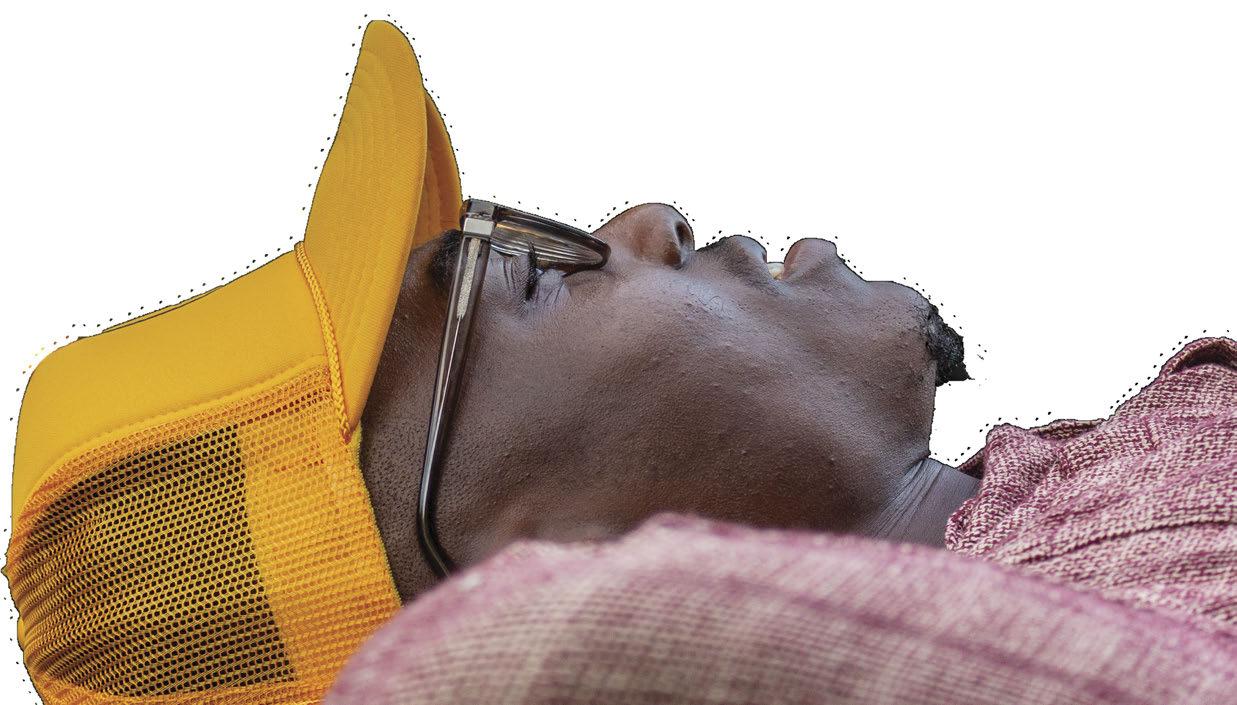
I became a perpetual slacker. I went to all of my classes unprepared. I felt overwhelmed with responsibility at all times and as a result, I ended up not fulfilling any of those responsibilities. I lost several big opportunities because of this, including being cut from a program where I could have been able to develop a feature-length screenplay alongside a Hollywood movie producer. The losses kept piling up in both my personal and professional life. Not to mention a worldwide shift was beginning to take place during the early stages of COVID-19.
I told myself I’d eventually snap out of it and gradually get back on track, but eventually never came. I realized I was letting myself go in every aspect of life and I began to accept it. Anxiety and depression had won. Maybe it was just my fate to live life like this — meek, anxious, dissatisfied, and delusional.
I made an attempt to do all the things that are supposed to help you improve: I quit smoking and drinking, I started going to therapy, I tried meditating, I worked out a couple times a week. However, I’d always stop before making any real progress and end up right back where I started — going nowhere fast. Anxiety made itself comfortable in my head and it had no plans to leave anytime soon.
I kept up the facade quietly for a long time. I didn’t really tell anyone how I was feeling, not even family members or close friends I had known for years and been vulnerable with before. Since I had distanced myself and stopped reaching out to people, people stopped reaching out to me. When someone did occasionally check in with me out of concern, I’d tell them I was good. The only people I really mentioned my battles with anxiety to in passing were my mother and a school counselor, which I felt barely helped.
Ironically, I had written a column in my school’s newspaper about mental health in the black community just a few months earlier, begging folks to reach out for help if they ever felt like something was wrong. I realized I was a hypocrite because I wasn’t even practicing
what I preached. I chose to suffer in silence because I didn’t want to look weak.
Sometime in early March, I quite literally had a wake-up call. While I was driving back home on the interstate at 70 mph, I dozed off behind the wheel and swerved off the road, nearly crashing my car in what could have been a life-threatening accident. This chain of events shook me to the core. It really could’ve all been over in an instant. In a metaphorical sense, it signified me not being in control of my own life and just letting things happen to me. I am eternally grateful that this happened though, because it triggered my spiritual awakening and my true understanding that everything happens for a reason.
Soon after, I deleted all my social media so I could live in the real world again. I started reading books, something I hadn’t done consistently since middle school. One of the first books I picked up was “The Power of Now: A Guide to Spiritual Enlightenment” by Eckhart Tolle. I stumbled across the title in the comment section of a Kendrick Lamar video and bought it on a whim after reading the description. Eckhart proposed a simple solution to put an end to all suffering: living in the present moment. While
this may seem oversimplified, “The Power of Now” changed my whole perspective on life and allowed me to grasp a better understanding of the way the human mind operates.
I learned about ego (the voice in your head) and how detrimental it is to humans on an individual and societal level. I realized that the “normal” state of most people is actually insanity. In “The Power of Now”, Tolle explains how most people are never actually living in the present moment. They are completely identified with the egoic mind and the thought patterns associated with it, either constantly ruminating on the past (which causes depression) or dwelling on the future (which causes anxiety), both of which in a literal sense don’t exist. I learned how the ego is always seeking to make an identity for itself, whether it be positive or negative. “The Power of Now” taught me that the only way to disassociate from the ego and to be liberated from self-imposed suffering is to become present.
Meditation became my access point to the present moment. I began a daily practice of waking up around 8 AM and meditating for at least 10 minutes. Initially, I was frustrated with the process because I felt like I couldn’t turn my brain
off and focus on my breath like I thought I was supposed to. Intrusive thoughts (often negative) kept swarming around in my head like bees in a hive. I then thought back to something Eckhart had said in one of the early chapters of “The Power of Now”: “Watch the thinker.” Quite literally, it meant looking at what was going on inside my head from an outsider’s perspective. I looked at my thoughts through a window. This simple shift in perspective made me understand that I was not my thoughts, but the observer of my thoughts. Using this method daily, I was able to dis-identify with intrusive thoughts and I realized who I actually was was something much deeper: a spiritual being.
I started researching Buddhism and the religion’s practical methods towards spiritual enlightenment. Like most Black people in the South, I was raised in a Christian household and grew up around very devout believers. Fear was instilled in me at an early age to never question Christianity and at first I felt guilty for even venturing out and studying something else. As I became more educated on different belief systems and cultural outlooks on life, though, I realized how blind allegiance to Christianity out of a fear of eternal damnation had personally
held me back in a myriad of ways and caused me to be close-minded. I took notice of the hypocrisies of the church and how the religion offered no practical solutions to spiritual liberation here on Earth. These epiphanies gave me the courage to turn away from what I felt like was a stifling institution and the veil of fear that had followed me most of my life was finally lifted. I was free.
After denouncing the religion I had known for twenty years, I became more and more spiritual. Meditating became like clockwork and I had a deep inner understanding of who I was. I started eating more health consciously and working out regularly. I began seeing signs from the universe very frequently (angel numbers, cardinals, etc.) and manifesting my own destiny. I learned about the law of attraction, the belief that whatever you put out into the universe is going to come back to you. Just months before I had been a spectator to life and just let things happen to me. I was now taking that control back fearlessly. I have been in control ever since.
In retrospect, it feels like I’m talking about a whole different person in the first half of this writing. Some of these recollections were tough to revisit, but I realize everything that’s happened over the past year was necessary to get me to the point I am today. I now go through every day with an inner peace that I had never felt before this year. Serenity is my natural state.
Unfortunately, a majority of kids that look like me that come from where I come from don’t have access to resources and techniques to spiritual liberation. Meditation isn’t taught in schools. There is still an overwhelming fear of breaking loose from the stranglehold organized religion has on most of us. If there’s one thing I have learned over the past year, it’s that the power is inside all of us. God isn’t a man in the sky. God is within all of us. It’s up to us to access it.
“I’m good.”
with full certainty:

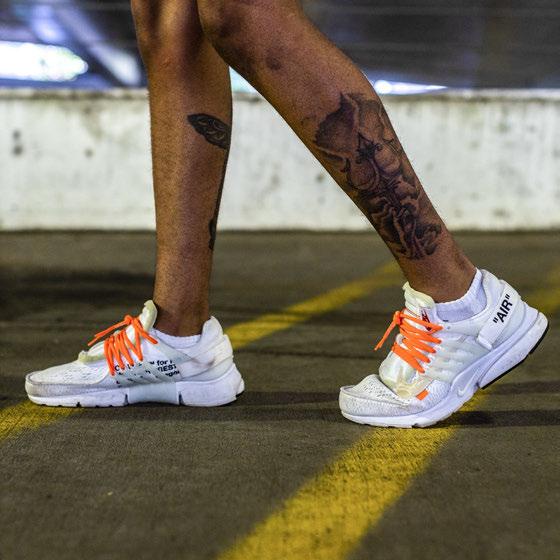 PHOTOS BY DEJON JOHNSON • DESIGN BY MARIA DESIMONE
Off-White x Air Presto ‘White’ Release 08-03-2018
PHOTOS BY DEJON JOHNSON • DESIGN BY MARIA DESIMONE
Off-White x Air Presto ‘White’ Release 08-03-2018
If you are searching the web, flipping through magazines, or simply scrolling your timeline, nice sneakers always catch the eye. From Air Jordan to Nike, it only takes one simple purchase to change your life. Sneakers are one of the biggest influences of fashion. They can make or break an outfit. Sneakers are not just a shoe, they are a lucrative business, a lifestyle, and a culture. These photos are meant to celebrate and showcase the differences in how sneakers can be worn while simultaneously highlighting the similarities in how we rock out shoe game. Whether you’re selling them or collecting them, sneakers are more than something to walk in. They are a way of life.
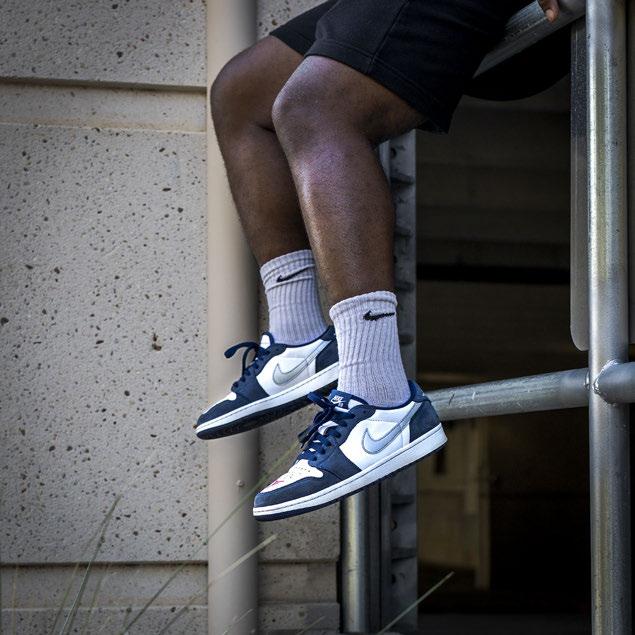
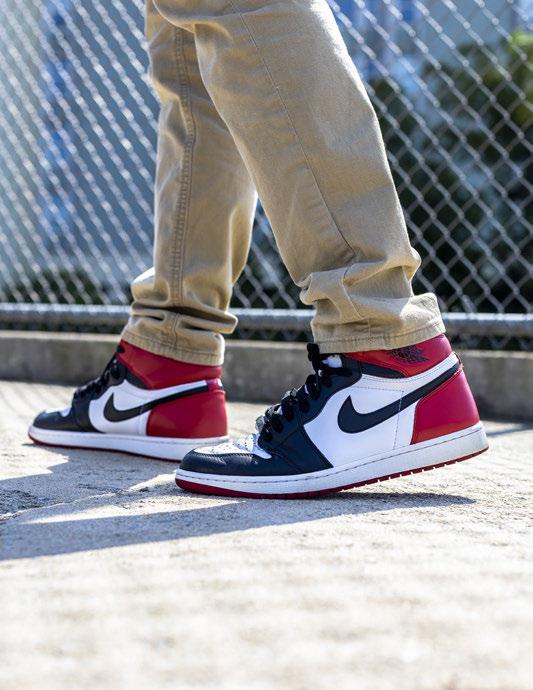 Erik Koston x Air Jordan 1 Low SB ‘Midnight Navy’ Release 06-16-2019
Erik Koston x Air Jordan 1 Low SB ‘Midnight Navy’ Release 06-16-2019


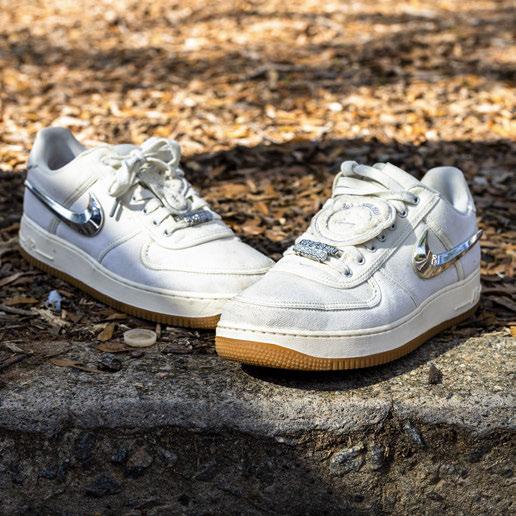 Air Jordan 5 Retro ‘Metallic’ Release 08-20-2011
Travis Scott x Air Force 1 ‘Travis Scott’ Release 11-04-2017
Air Jordan 5 Retro ‘Metallic’ Release 08-20-2011
Travis Scott x Air Force 1 ‘Travis Scott’ Release 11-04-2017
People have often compared scrolling on Twitter to reading the morning newspaper. The thing is, there’s a beginning and an end to a morning newspaper. The pages eventually run out, and you have no choice but to set it down, drink the last sip of coffee, and go about your day. Twitter has an incomparable advantage of having a scrolling option. You can see the news from today, from the week, reactions and opinions, politics and more news that is catered to your interests.
I actually only picked up using Twitter back in March, when the coronavirus was an imminent disaster just waiting to crash the US. I didn’t use it much, just scrolled through a little bit each day, looking forward to memes and relatable quotes that my friends have liked or retweeted. Slowly, little by little, I became engaged in what so many people our generation suffer from: doom-scrolling. My 10 minutes of reading twitter news and catching up turned into scrolling and becoming angry and anxious at the state of the world.
I believe the effect of doom-scrolling is at its peak right now. The year 2020 has not been a walk in the park for anyone. Between political division, police brutality, a dwindling economy, and a looming pandemic that has affected so many of us, it’s hard not to turn to twitter, look that disaster in the face, and obsessively scroll.
I’ve come to the realization that I honestly don’t have control over these things. Maybe that sounds counterintuitive, because the lack of control is what stresses so many out. For me, it’s knowing that because I can’t control worldly conflicts, and whatever else 2020 has in store for us, I can focus on what I can control.


If being a journalism student has taught me anything, it’s that the way we consume media affects our behaviors drastically. That being said, what you look at on Twitter - or whatever else you use - shapes your perceptions of what’s going on.
If you don’t want to stop using social media completely, then at least balance what you are looking at. If all you see are the negative headlines, then take the effort to look up the good things that are happening. There are plenty of stories such as special wheelchairs for disabled puppies, or innovations in technology such as successful tests of flying cars that could easily brighten anyone’s day.
Not all news is bad. But if you find yourself scrolling through Twitter and getting more stressed with your 2020, understand that you cannot control all the bad things, only how you deal with them.
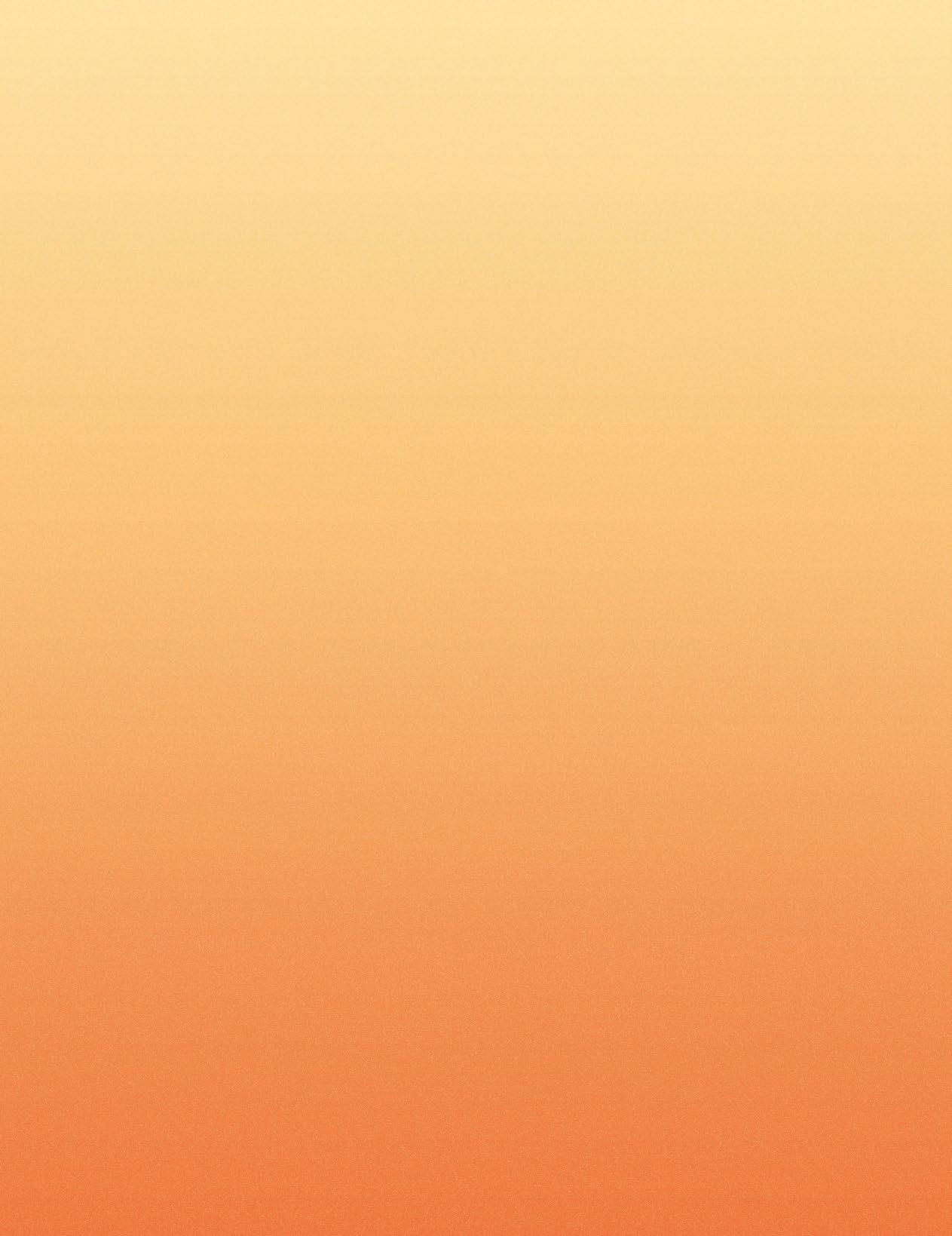
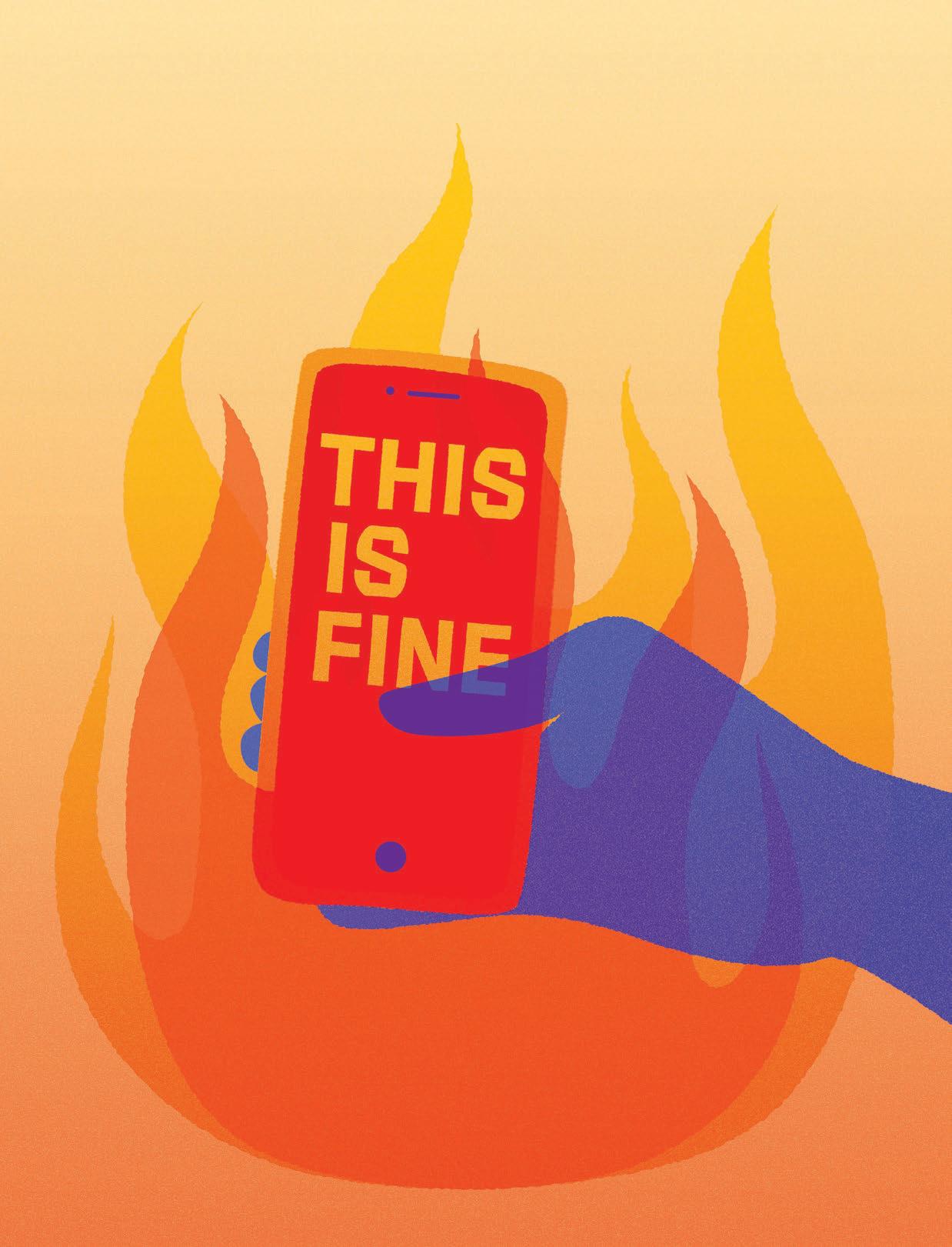
 BY TAYLOR WASHINGTON • PHOTOS BY NANCY STERRETT • DESIGN BY ALIZAJANE HICKS
BY TAYLOR WASHINGTON • PHOTOS BY NANCY STERRETT • DESIGN BY ALIZAJANE HICKS
LIKE MOST OF YOU, MY ACNE FIRST APPEARED WHEN I WAS IN MIDDLE SCHOOL. However, mine was so bad I had to go to the dermatologist because over-the-counter products were ineffective. My dermatologist prescribed me Retin-A, a product targeting acne. After a few months, my skin was manageable and my acne became mild. However, college changed everything. Between eating too much Chick-fil-A (thanks, Russell House), becoming less active (walking up the Bull Street hill was not enough exercise), and dealing with new stressors, my skin regressed to how it was all those years ago. I was devastated because I naively thought that chapter in my life would be closed forever. As if things couldn’t get any worse, my skin also stopped reacting to the Retin-A and other treatments my dermatologist prescribed.
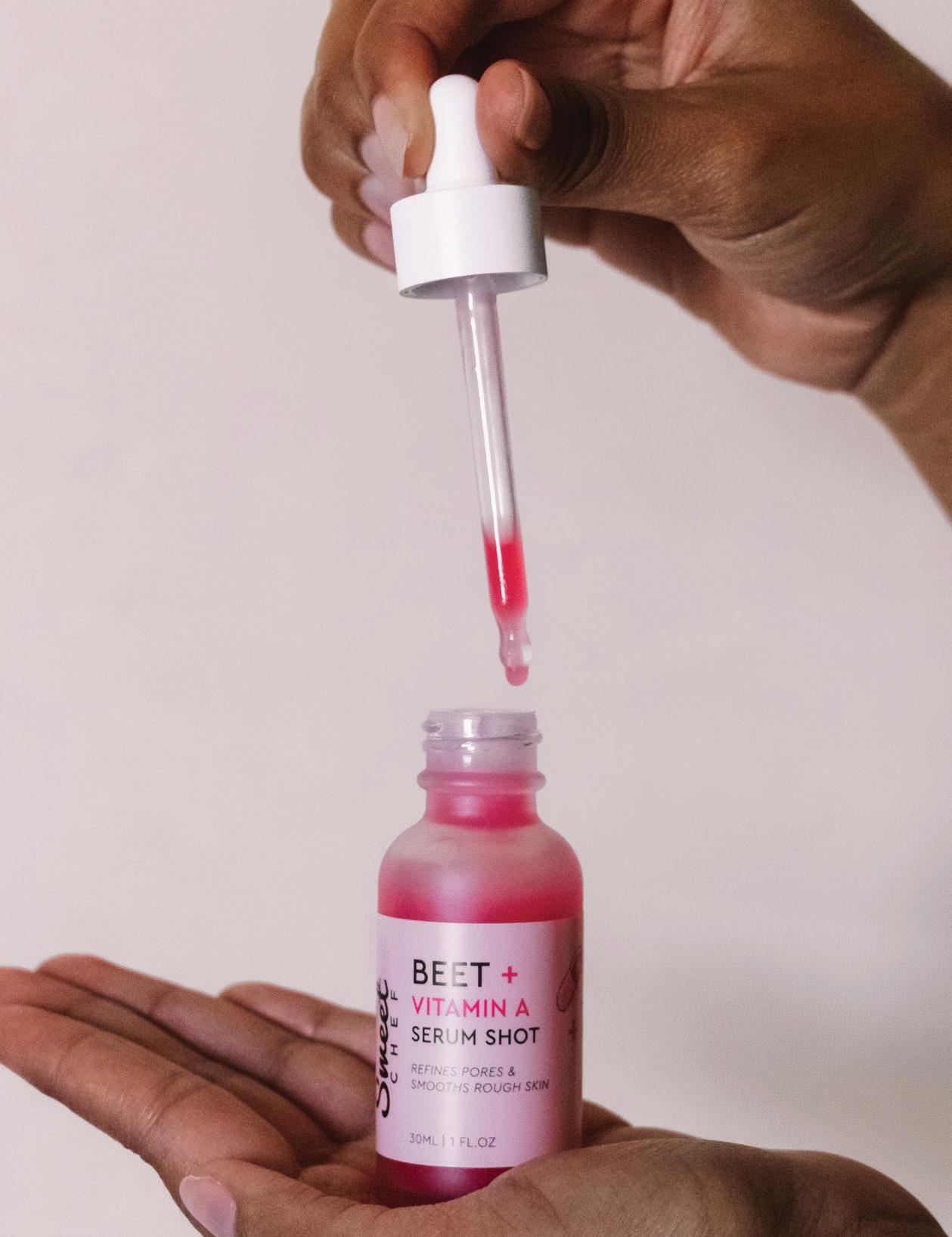
Then, my dermatologist prescribed what she called “the last resort.” I knew she was talking about Accutane. After all, its infamous reputation is well-known in the skincare world. Accutane is a daily pill that is controversial because of the sometimes intense side effects which include mood swings, joint pain and birth defects if you were to get pregnant. The prescription is so strong that all patients are required to get monthly blood tests, and female patients have to take monthly quizzes about the dangers of getting pregnant while on the medication. Honestly, I didn’t care about any of that at the time because I knew Accutane was a prolonged cure for acne and I wanted to close this chapter for good. But yes, the experience was just as bad as you’ve probably heard.
I won’t lie, being on Accutane was probably the worst nine months of my life, and my skin definitely got worse before it got better. The first three months were pure hell because my skin purged really bad. Every pimple that that was eventually going to appear over time appeared on my face all at once. It should have been socially acceptable for me to wear a brown paper bag over my face at that point. I also felt like I was cursed because I hit so many milestones while on Accutane and didn’t post any of the pictures because I had huge pimples all over my face. How is anyone going to believe I actually saw the rapper Vince Staples at Disney World if it’s not posted on Instagram? Woe is me. Additionally, my skin became dry and my lips turned red because they were peeling so much. So red, that my family and friends always asked if I was wearing lipstick. Welp.
At month five, I was finally seeing results and I couldn’t believe my eyes. My dermatologist said it was going to take time, but I didn’t imagine it would take as long as it takes for someone to carry a baby. But who cares, it actually worked. After this grueling experience, I look at skincare as less about vanity and more about feeling comfortable in your own skin. It’s hard to look into the mirror and be unhappy with what you see, especially if it’s something you feel you have some control over.
While Accutane is a prolonged cure for acne, I still have breakouts like any other normal person; it’s just manageable now. I also have skin concerns beyond acne and my own skin goals. After enduring my own adolescent skincare journey, I realized how lucky I was to be able to afford trips to the dermatologist. That’s why I believe skincare education should be accessible to everyone regardless of money and privilege.
Over three weeks, I spoke to three local estheticians and asked them for their advice on how college students can build a skincare routine on a budget. This entire routine can be completed with drugstore products.
Lea Cates is the lead esthetician at Occo Luxury Spa in the Vista and has been an esthetician for four years. Christina CroppWatson is the lead esthetician at Pout Skin Studio on Devine Street and has been an esthetician for over 10 years. Stacey Overstreet is the owner and lead esthetician at Stacey O. Studios on Devine Street. She has been an esthetician for 13 years.
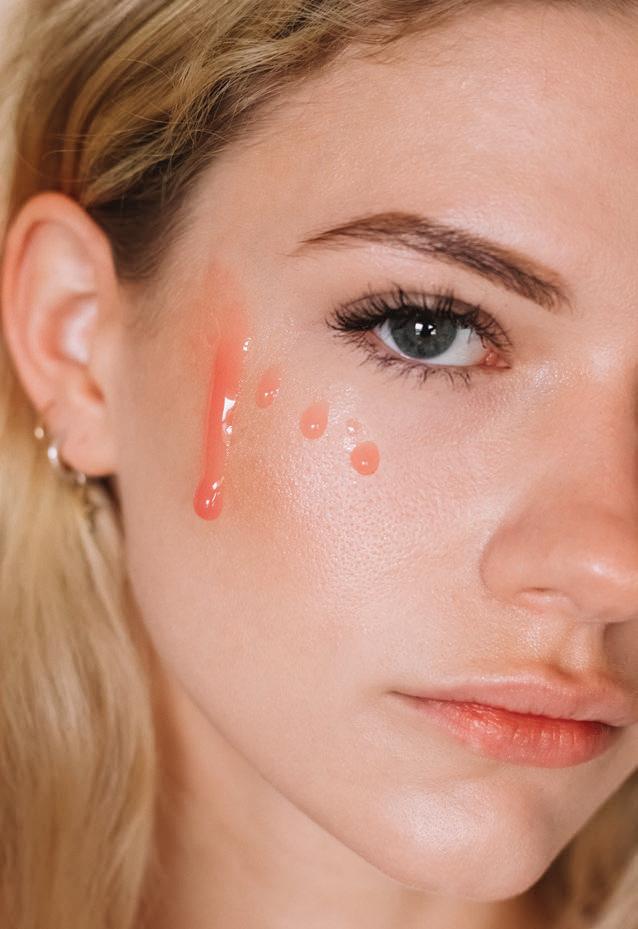
The first cleanser is used to remove dirt and make-up from the day. This can be an oil cleanser or something as simple as a make-up wipe, Lea said. The second cleanser should be suited for your skin type. If you have dry skin you should opt for a cream cleanser, and if you have oily skin you should use a foam or gel cleanser. The oil cleanser is only required at night.
Exfoliate (twice a week at night)
Exfoliation is the act of sloughing away dead skin cells. Christina says your other skincare products won’t even penetrate properly if you haven’t exfoliated. “Think about the skin being like a brick wall, and if it’s not exfoliating, everything’s just running into that brick wall, and it can’t get past the wall. So, exfoliation helps break down those dead skin cells, get them out the way so your new beautiful skin cells can shine bright and just glow,” Christina said. She recommends that you use an exfoliant such as a granular scrub at home and leave chemical peels to the professionals. Exfoliation can also help lighten dark spots from acne scars, also known as hyperpigmentation.
Toner
After cleansing, it’s best to use a toner so you can reset your skin to a neutral pH level and remove dirt your cleanser may have missed. “Years ago, a lot of cleansers actually sort of like stripped the skin,” Christina said. That means that it’s taken the pH level down, so what a toner does is help them actually balance your skin back out to the neutral pH level.

A serum is a potent product that soaks into the skin and is used to target any of your specific skin concerns. Whether you’re suffering from dark spots, dehydration or fine lines, serums are proven to be one of the most effective skincare products. Popular serum ingredients include vitamin C (dark spots), hyaluronic acid (dehydration) and retinol (fine lines). “You can kind of budget on your cleanser and your moisturizer, but using that serum, and a good serum that has those products in it is really going to help you see results in your skin changing,” Lea said.
Stacey says college students typically suffer from dehydrated skin because they are using products that are too drying in an attempt to get rid of acne. She said using a moisturizer to keep the skin hydrated is how we can maintain a healthy and balanced skin barrier. “The first instinct when you get acne is to dry the heck out of it. We do want to combat excess oil production, but when we skip moisturizer and use the harsher acids/ retinols and drying ingredients of typical acne products, your body will just overcompensate by producing more pore-clogging oil,” she said. You can use a heavier moisturizer at night and a lighter one during the day if you’d like.
Stacey, Lea and Christina stress that wearing sunscreen every day is a must and is non-negotiable. According to Stacey, if you start using sunscreen every day in college you will look 10 years younger starting in your 40’s. “Up to 80% of our lines and wrinkles are caused from sun damage. Even if you aren’t at the beach, you are still getting exposure from the sun in your car, through the windows in your classroom, etc.,” she said. Stacey recommends using a moisturizer that contains SPF to save time and money. Christina says the idea that people with darker skin do not need sunscreen is a myth. In fact, Christina recommends reapplying sunscreen multiple times a day for maximum protection. Any sunscreen between SPF 30-50 is perfect.
do’s and don’ts do’s and don’ts do’s and don’ts do’s and don’ts do’s and don’ts do’s and don’ts do’s and don’ts do’s and don’ts do’s and don’ts do’s and don’ts do’s and don’ts do’s and don’ts do’s and don’ts do’s and don’ts do’s and don’ts do’s and don’ts do’s and don’ts do’s and don’ts do’s and don’ts do’s and don’ts do’s and don’ts do’s and don’ts

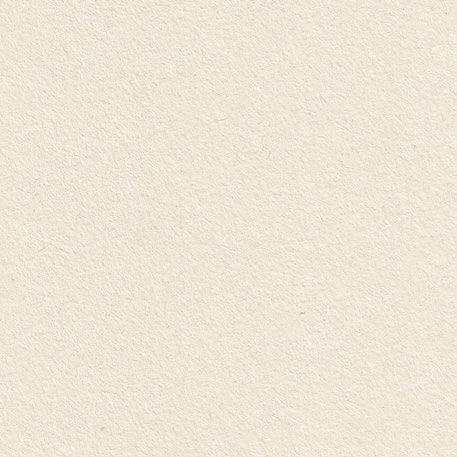

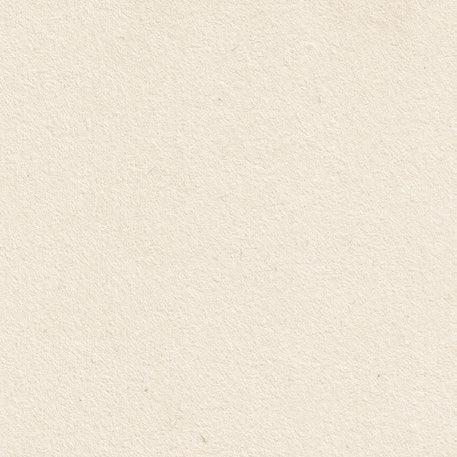

 BY HUNTER THOMPSON • PHOTOS BY AARON FALLS • DESIGN BY EMILY SCHOONOVER
BY HUNTER THOMPSON • PHOTOS BY AARON FALLS • DESIGN BY EMILY SCHOONOVER
2020 will be many UofSC students’ first general election. This, on its own, would make the situation stressful—am I registered? Can I arrange to go back home to vote at a local polling place? Do I personally want to participate in this election, or vote for either of the candidates?—but circumstances have made the 2020 presidential election in particular even more daunting. Federal health officials and concerned citizens are divided on whether in-person voting is safe enough, or necessary enough, to justify the COVID-19 risk. The restructuring of the United States Postal Service has seen news outlets and social media splattered with reports of overworked postal workers, pictures of tiny sorting desks managing mountains of envelopes, and news bulletins about lost packages on the sides of roads.
Mail-in absentee voting is an attractive option to many. Not only does it appeal to at-risk voters concerned about COVID-19 infection at their local precincts but also to out-of-state college students who may be registered far from their school housing and don’t want to make arrangements for travel. To that end, as of September 16, South Carolina’s COVID-19 absentee expansion bill allows all South Carolina voters to cast an absentee ballot for November’s general election. Governor McMaster calls it a “common sense” measure and wants to ensure that South Carolina conducts a safe election. Absentee is an option for in-state students. But, with the mayhem at the USPS and no small amount of confusion about absentee voting, can first-time voters be sure that the office transporting their ballots and the office counting those ballots is going to represent their wishes?
These are critical issues. Not only will the choice between Trump or Biden shape national policy on the environment, the government’s response to police violence and social movements, COVID-19 and the USPS, but Senator Lindsey Graham’s (R-SC) Senate race is hotly contested with
newcomer Jaime Harrison. It is essential that nothing goes wrong and that as many votes as possible be accounted for.
I sat down with two people intimately involved with Richland County’s voting processes: Eaddy Roe Willard, the chairwoman of the Richland County Republican Party, and Pete Kennedy, a former poll clerk and colleague of Willard’s, who now spends time advocating for voting and political participation.
There’s a risk of partisan bias here; indeed, my original goal in talking to Mrs. Willard was to interview her and the Richland County Democratic Party’s chairman separately, to establish the different local parties’ stances on the state of the USPS. However, the Richland County Democratic Party’s chairman’s office never responded to requests for an interview. But, not only did Mrs. Willard lead me to Mr. Kennedy, who is uniquely experienced with absentee voting in Richland County’s elections, she convinced me along with him that wanting votes counted is a bipartisan initiative.
It’s worth establishing the differences in the terms used for non-standard voting because the two are concerned with how some not-the-same processes are talked about interchangeably:
All-mail voting is conducted in only a handful of U.S. states: Colorado, Utah, Washington, Hawaii, and Oregon. In these states, ballots are sent out to all eligible voters by mail based on an existing voter database maintained by the state.
Absentee voting requires voters to request an absentee ballot, fill out the ballot, and return the ballot by mail or polling place drop-off in time. Nothing is automatically sent out and it falls on the voter to ensure their ballot arrives. Absentee voting, depending on the state, may or may not need a witness: a third party, anyone, who can sign the ballot and authorize that the voter filled out their requested ballot and only theirs. In South Carolina, this is in flux. As of
October 2, 2020, a witness is not required, but election officials concerned about voter fraud are escalating the issue to the U.S. Supreme Court. Absentee can also be in-person, allowing people to place their votes early at special “absentee precincts.”
Postmaster General Louis DeJoy’s changes to the U.S. Postal Service include banning the use of overtime and extra trips for mail delivery and the gradual removal of some mail sorting machines and collection boxes with the promise that these changes would be more efficient in the long run. These changes are amid concern that DeJoy’s holdings in a USPS-affiliated company might be a conflict of interest, and that his goal of making the USPS eventually profitable is at best a lost cause and at worst unnecessary.
As Republicans interested in a smaller, more efficient federal government, Willard and Kennedy found themselves agreeing with some of the changes made to “streamline” the Postal Service.
“I feel like it was trying to be made political, versus really being standard operating procedure,” Willard said. “I mean, [DeJoy] … he was also a logistics expert, dealing with worldwide logistics, and when you think about the way things have changed in the past twenty to thirty years, in terms of how our mail is both delivered and sent out, why do we need boxes on every corner … when most people, if they have mail to be sent out, they put it in their own mailbox?”
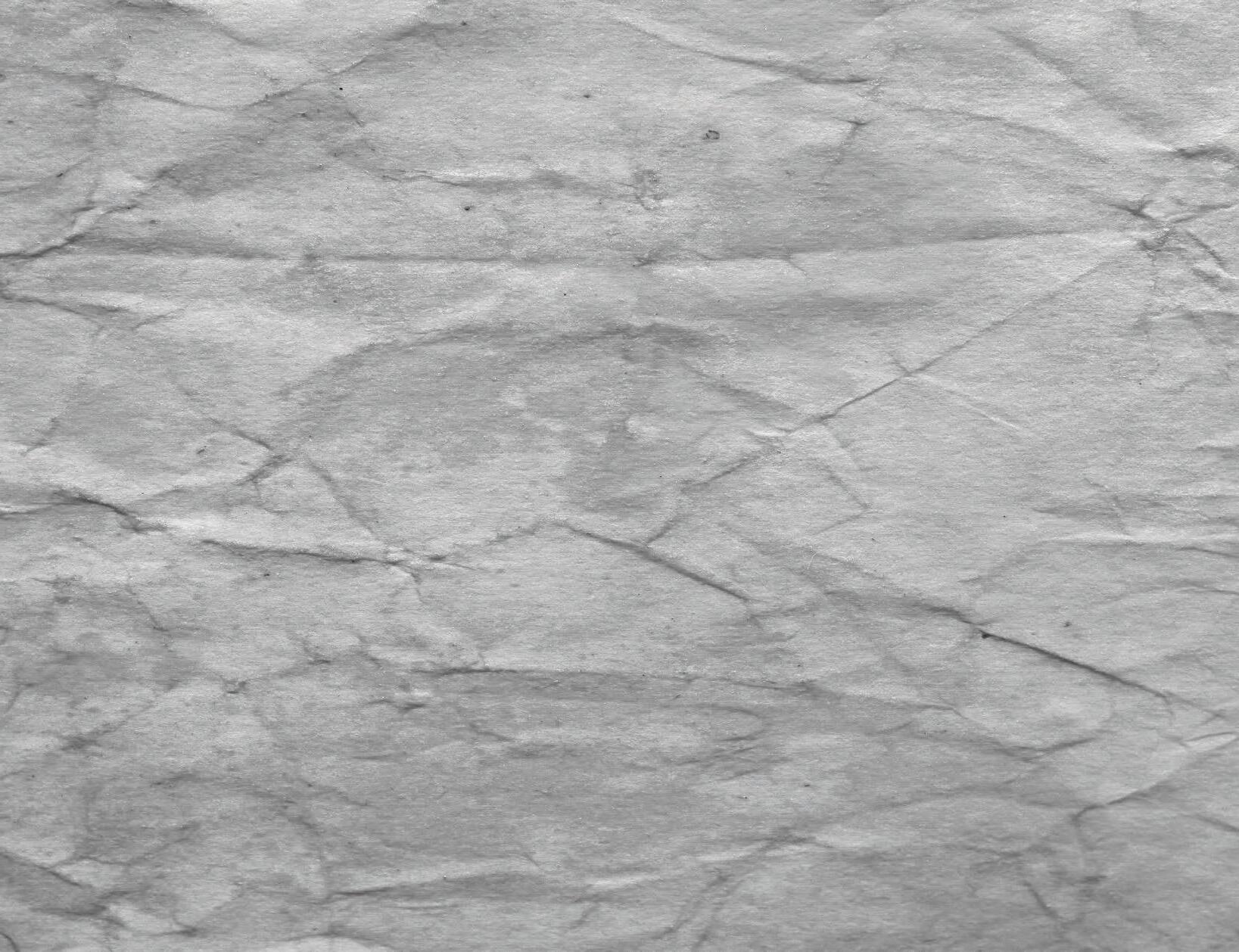
“I don’t feel like that will affect anything, in terms of our elections. I think they were simply trying to make the post office more efficient, and—I don’t mean, ‘waste money,’ but these are taxpayer dollars and the postal service has been running at a deficit for many years.”
The chairwoman also argued that there are measures for oversight, as far as DeJoy’s efforts to streamline the USPS go. The U.S. Senate’s Homeland Security
and Governmental Affairs Committee has oversight over the postal service, though the Democrat-majority House of Representatives hasn’t had a dedicated postal committee since 1995—making the oversight on a national level undeniably partisan.
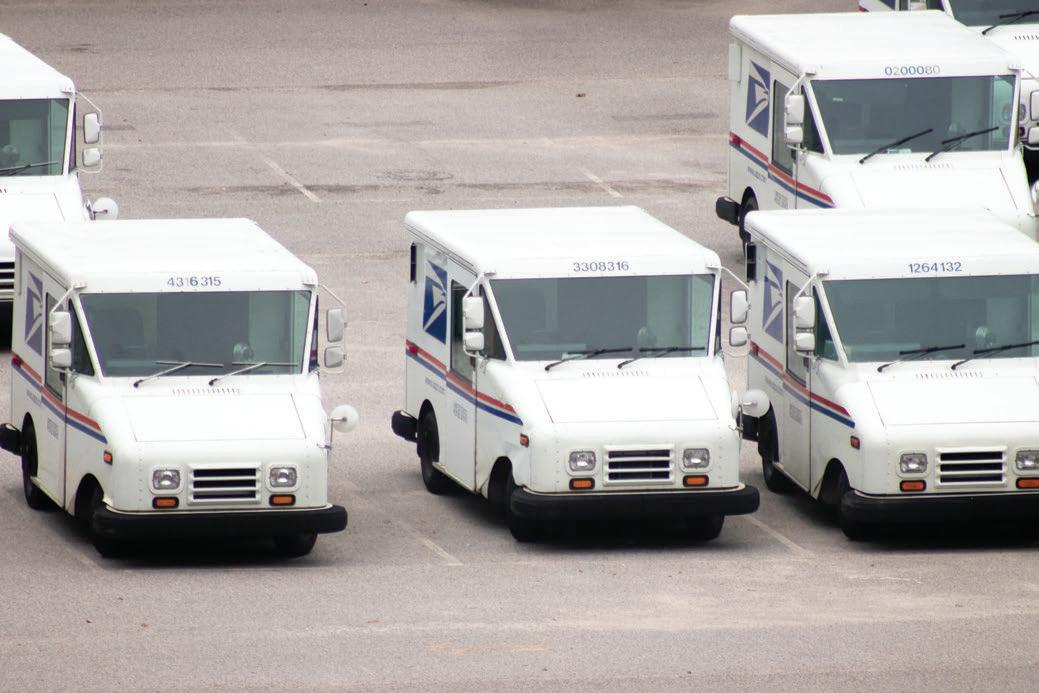
The two also admit that it is risky of the postal service to introduce these changes so soon before a presidential election—if only because it makes a convenient excuse for any political party to cast doubts on an election’s outcome.
For those concerned that their mail-in absentee vote will get lost by some misfortune, in-person absentee voting is still an option, as is dropping an absentee ballot at a polling place drop-off. If a situation arises where an absentee ballot never reaches a voter, or there are errors with their registration, they can appeal for a provisional ballot. There, local election officials will review their case and determine whether or not to count their vote.
Former poll clerk Pete Kennedy was upfront about the fact that absentee voting carried an “unavoidable risk for fraud.” Put simply, he told me, the poll clerks who receive mail-in and absentee ballots have no way of knowing whether a ballot was filled
out fraudulently and the system depends on some degree of trust in voters. That said, whether the budget of the USPS was halved or doubled, mail-in voting wouldn’t become any more or less trustworthy, he assured me. The postal service just delivers the ballots and the inherent risk of voter fraud is an altogether separate issue.
However, state election commissions take steps to avoid fraud—and, more often, paperwork or logistical errors by sleep-deprived clerks—where possible. Absentee voting, just like traditional voting at a precinct, can be overseen by poll watchers—citizens appointed by candidates to make sure fraud does not occur during the voting process. Instead of watching the polls in-person, these poll watchers monitor the county clerks who count and process the ballots. On top of this, some ballot-sorting operations conduct cross-checking, to make sure no exhausted clerks are making mistakes (such as incorrectly transcribing a damaged ballot) without oversight.

Even with what they can’t help, Kennedy says, voter fraud is rare and occurs at a level so small that it’s unlikely to sway a national election. Instead, the real risk is in local elections, for mayors or sheriffs or city
council members, where a dozen votes or less can make the difference between winner and loser.
Still not convinced, or concerned about voter suppression? Pete Kennedy invites you to volunteer at a local polling place and ensure the quality yourself. And if you’re convinced that your vote is systematically not being counted, place a write-in vote for an obscure person or fake candidate name. If you’re the only person who wrote that exact name in, you’ll see your single vote reported in the results. But a voice for participation above all else, Kennedy reminds you and me both:
“Vote. None of this matters if you don’t vote.”
Visit SCVote.org for information about polling places and requesting absentee ballots for upcoming elections.
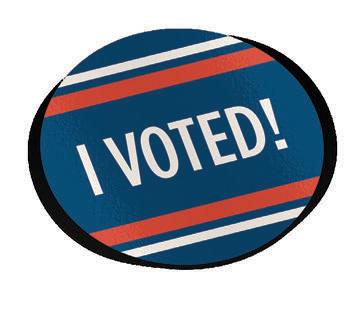
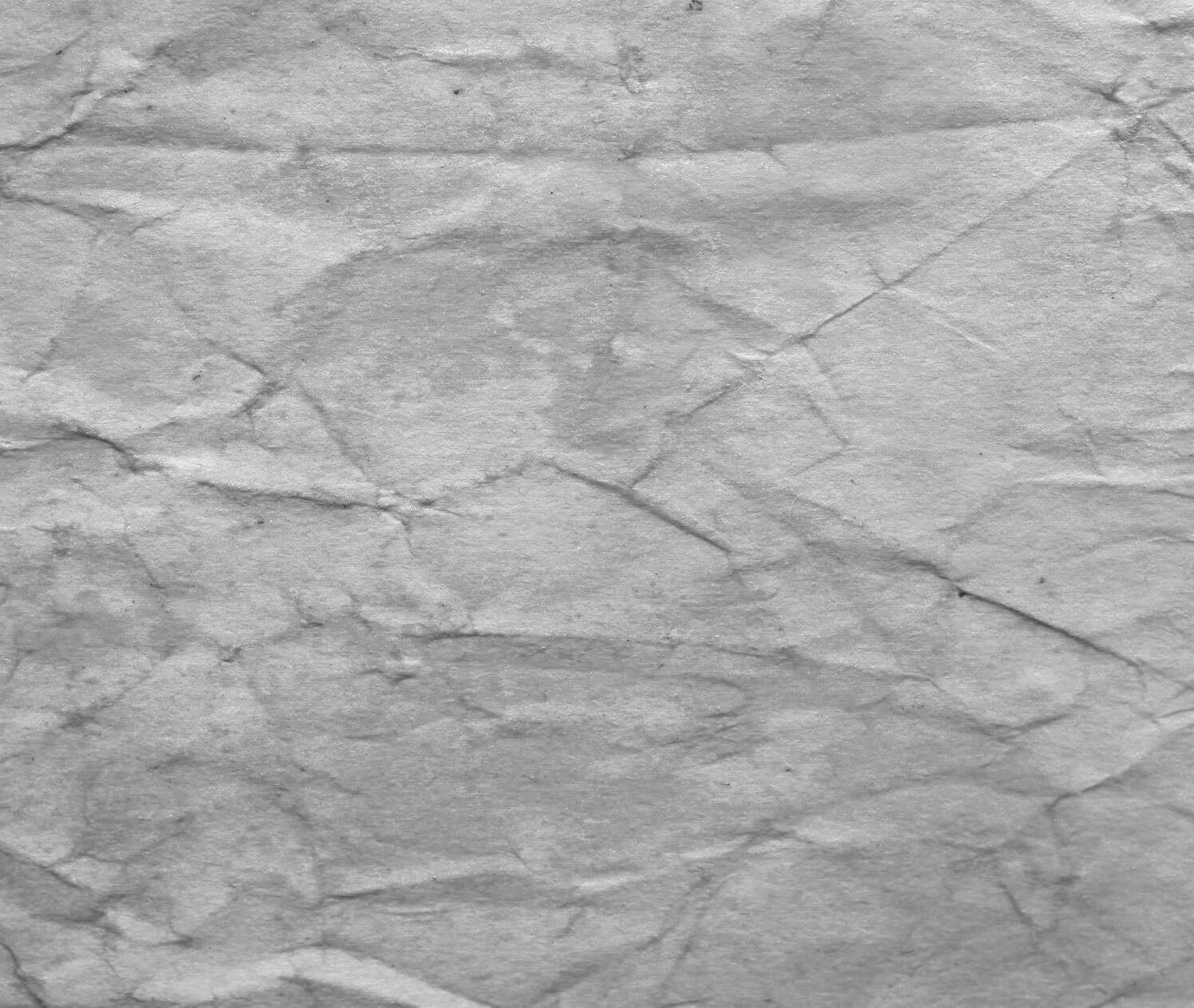


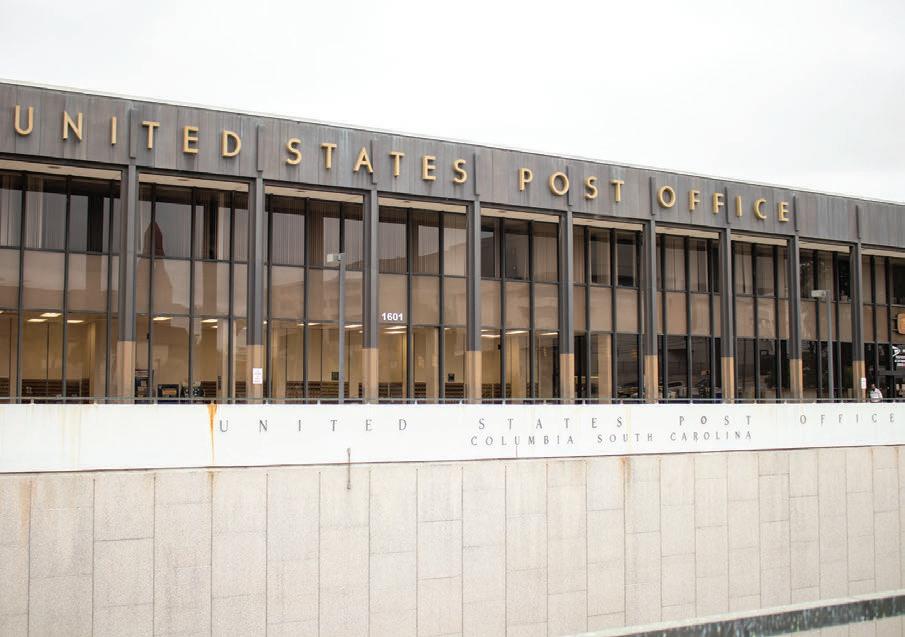


 • PHOTOS BY ZHANÉ BRADLEY • DESIGNBYSHAIRANIXON
• PHOTOS BY ZHANÉ BRADLEY • DESIGNBYSHAIRANIXON
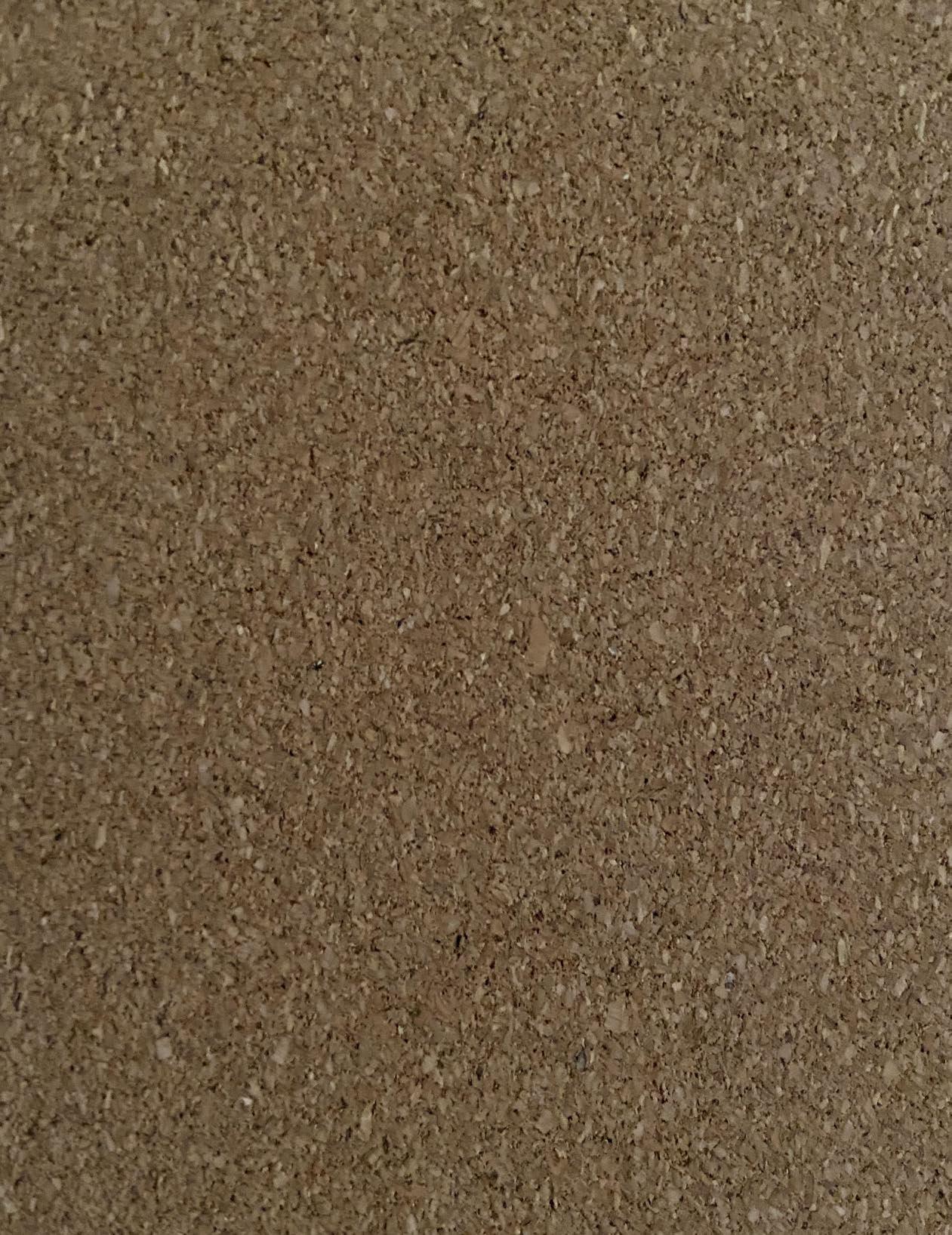


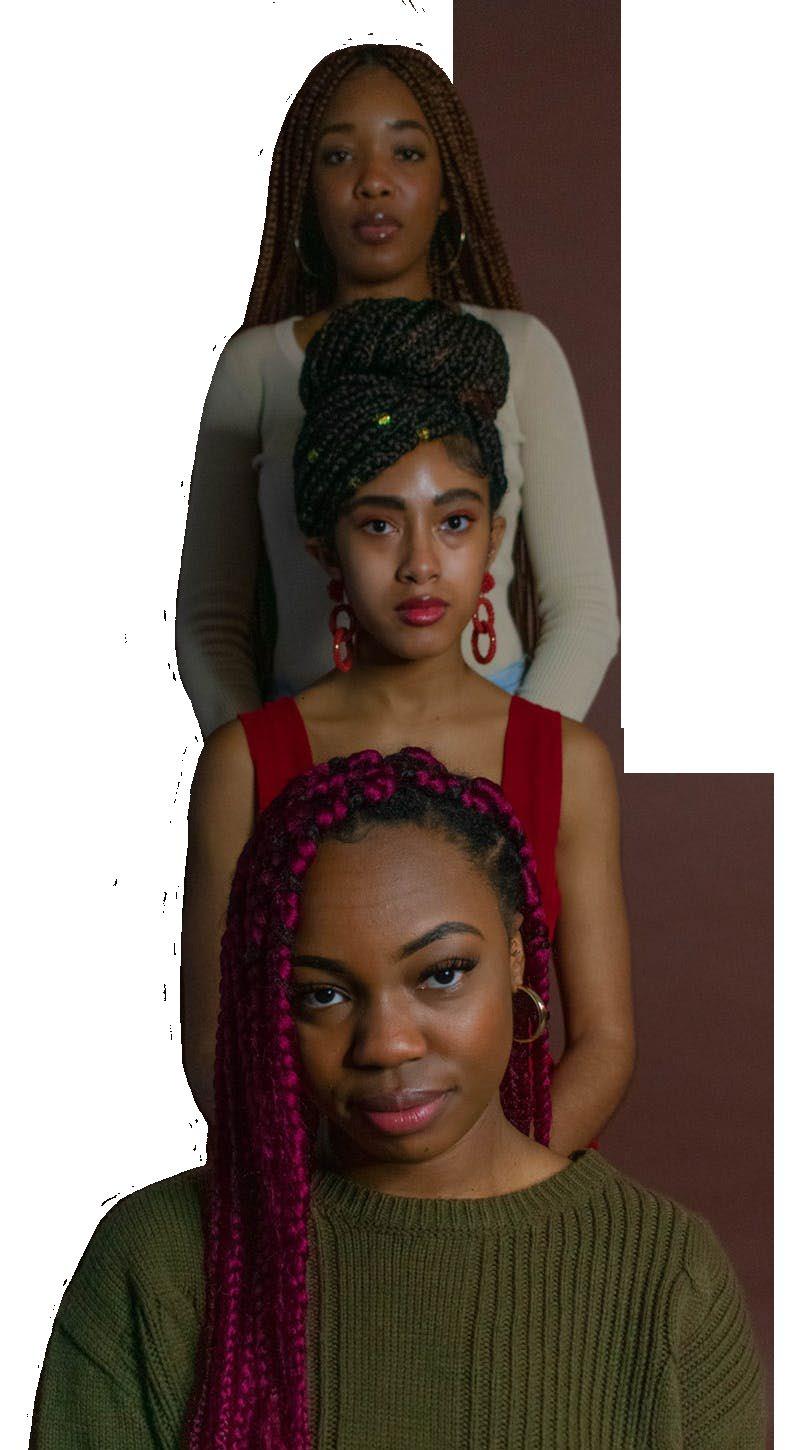
Ican recall when I was a little girl, around six years old, sitting in the kitchen of the townhome where my mom and I lived. I sat in a chair by the stove while my mother stood above me with a metal comb sitting on the burner, turning red with heat. I could hear the sizzle of the hair products as the hot comb made contact with my blow-dried bundle of frizz. I can still feel the anxiousness from built-up anticipation of too much heat coming too close to my scalp, resulting in a jump followed by a scolding from my mother. I don’t remember how long the process of hot combing my hair actually took, but as a child, 20 minutes was an hour and one hour was easily three, as time was still a warped, jumbled mess in my developing mind. Nevertheless, I would sit and endure with eagerness because I would finally have long, straight hair. The epitome of beauty.

As this memory fades from the forefront of my mind, there remains a faint image in my head of me walking outside the house proudly with my head held high and my Beyonce-esque locks blowing in the wind behind me. In hindsight, my hair was nowhere near as straight or as long as any pop or R&B stars’ hair that I had seen on TV. And my fantasy was short-lived, as my mother would quickly tame my semistraight hair with colorful hair bows, twists, and ribbons to remain “age-appropriate.” Regardless of the discrepancies in my memory, I can vividly feel the pride and excitement I felt from the rare occasions I was allowed to get my hair straightened... and actually wear it down in public like all the trendy adults did.
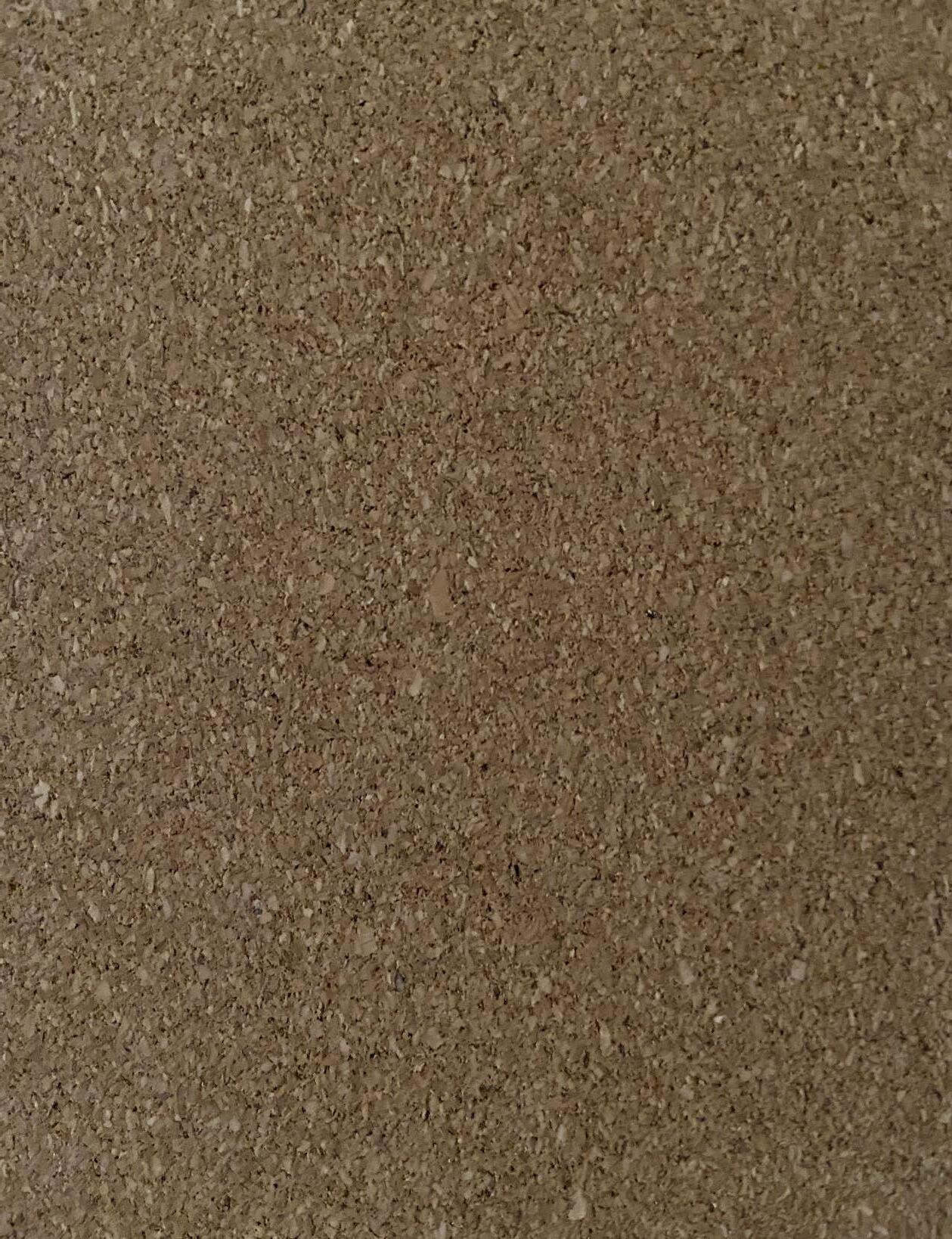
The sad truth is that I hated my natural hair for most of my adolescent years. It was inconvenient, deemed unattractive, too kinky, too big, uncontrollable, untamed, and too bold. When my mom stopped doing my hair and I began taking over in middle school, I started to explore it more. I tried stepping outside the boundaries of pig and ponytails. I tried puffs and afros. I tried picking it out and wearing it wet (this was before I had any knowledge of a wash-n-go), but I still hated it. I begged for a relaxer, for a texturizer, honestly, for anything to flatten the bed of springs that made my head its home. My eyes would well with tears of shame as I would struggle to pull my hair back into a simple ponytail while looking in the mirror feeling inferior and undesirable because of my ungodly coils of hair.

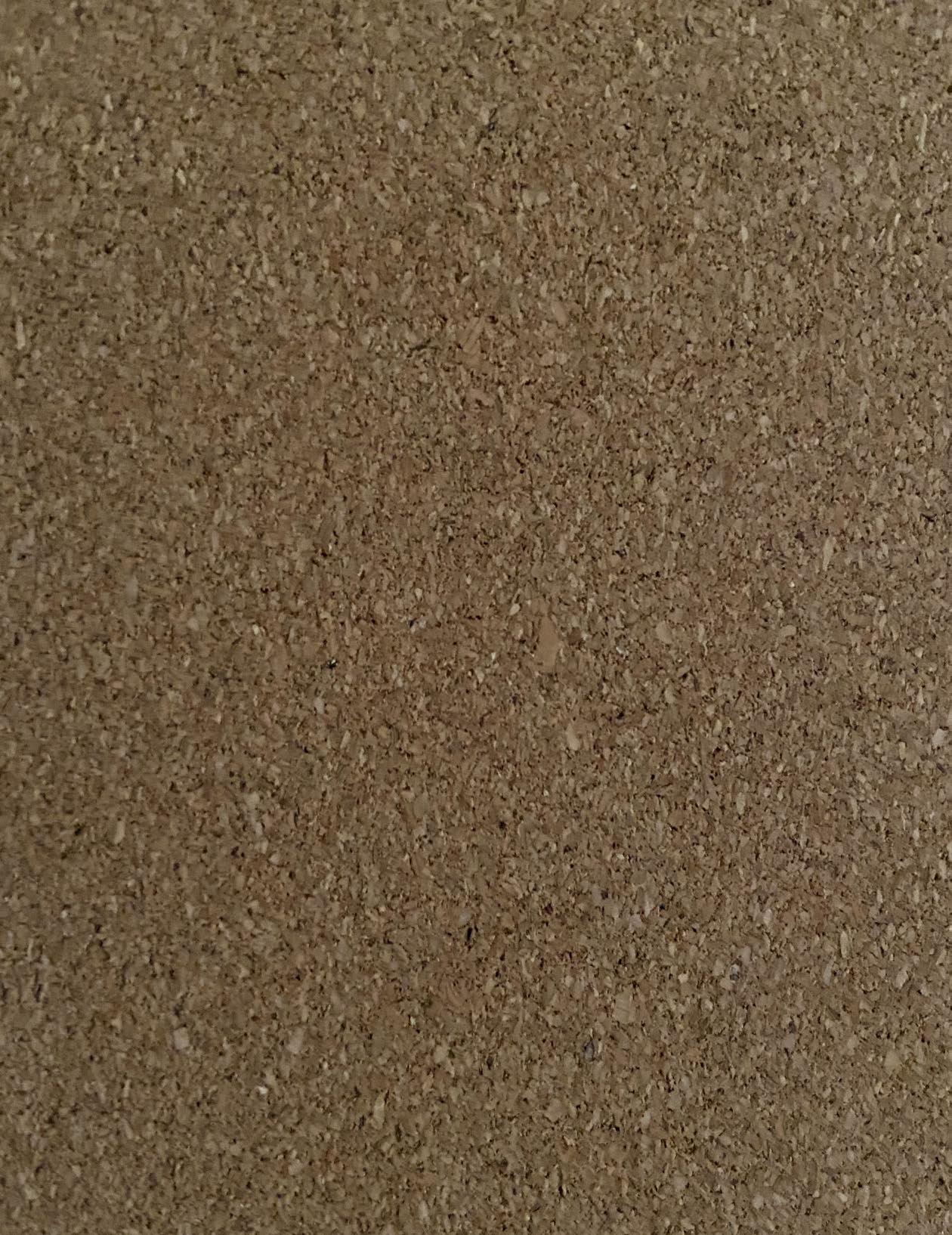


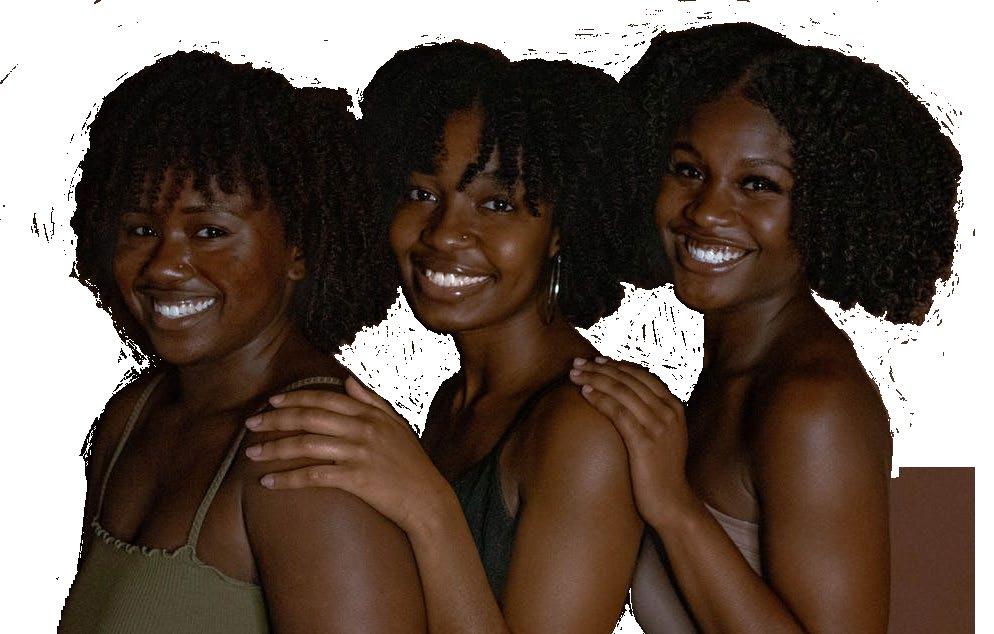
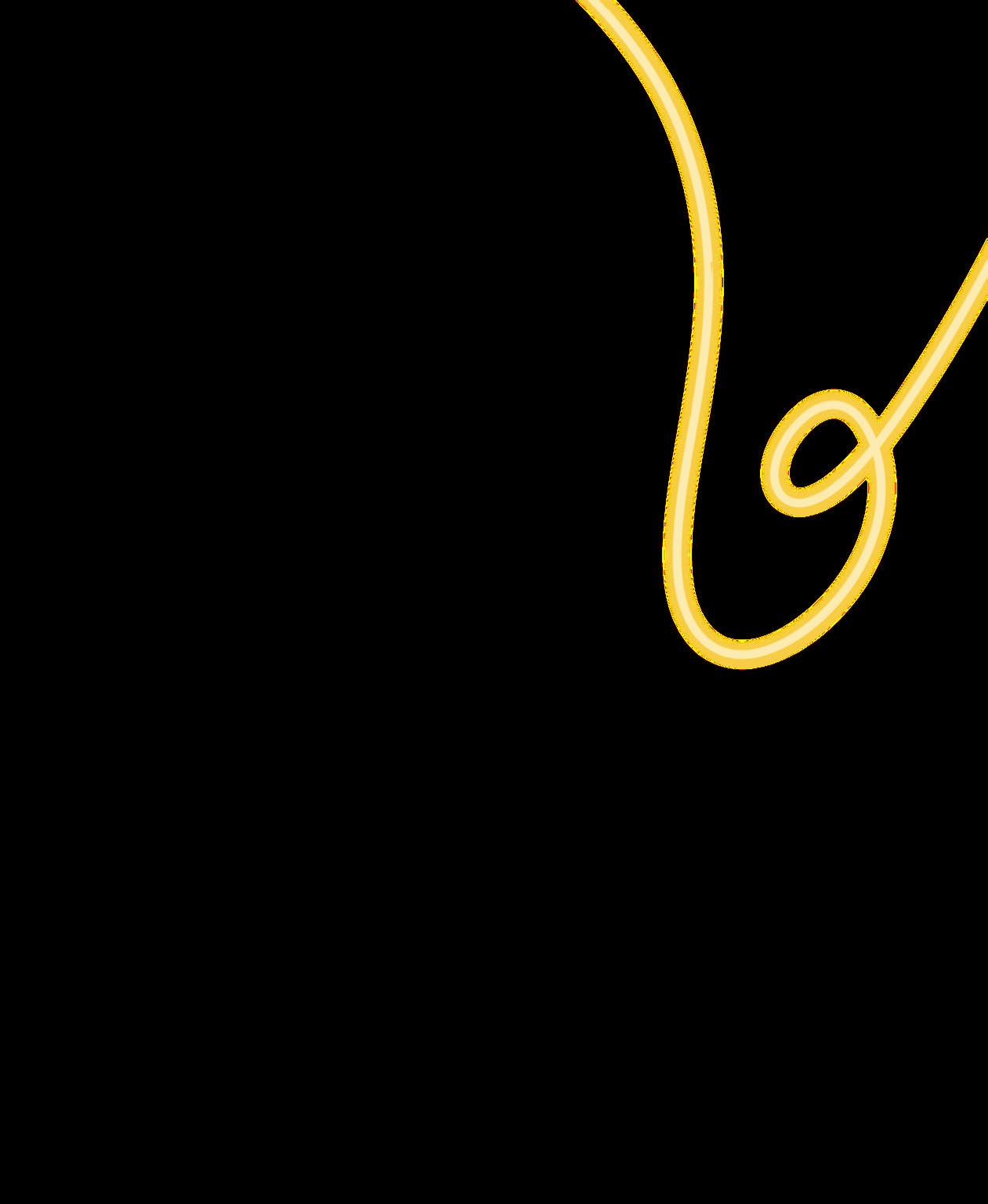

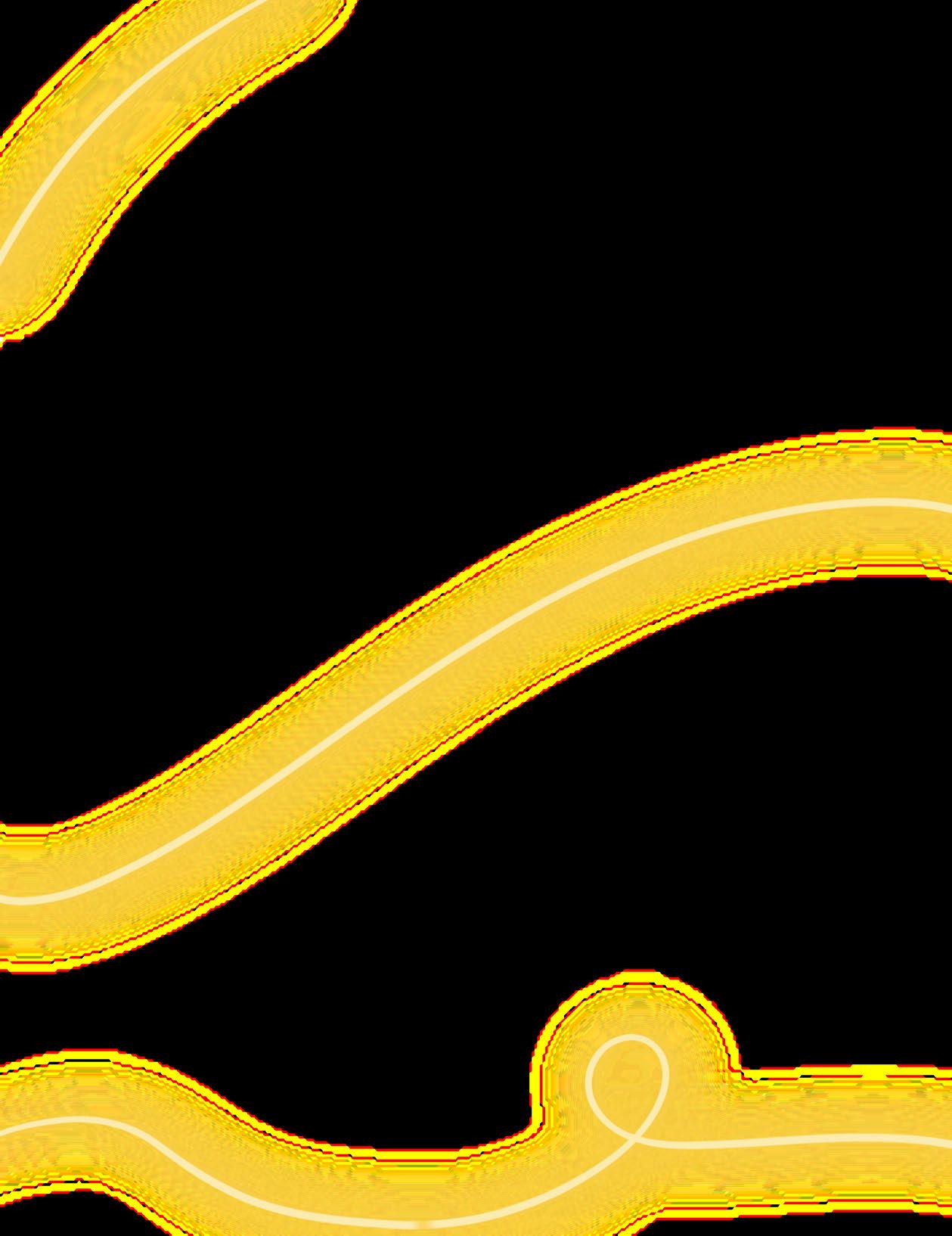
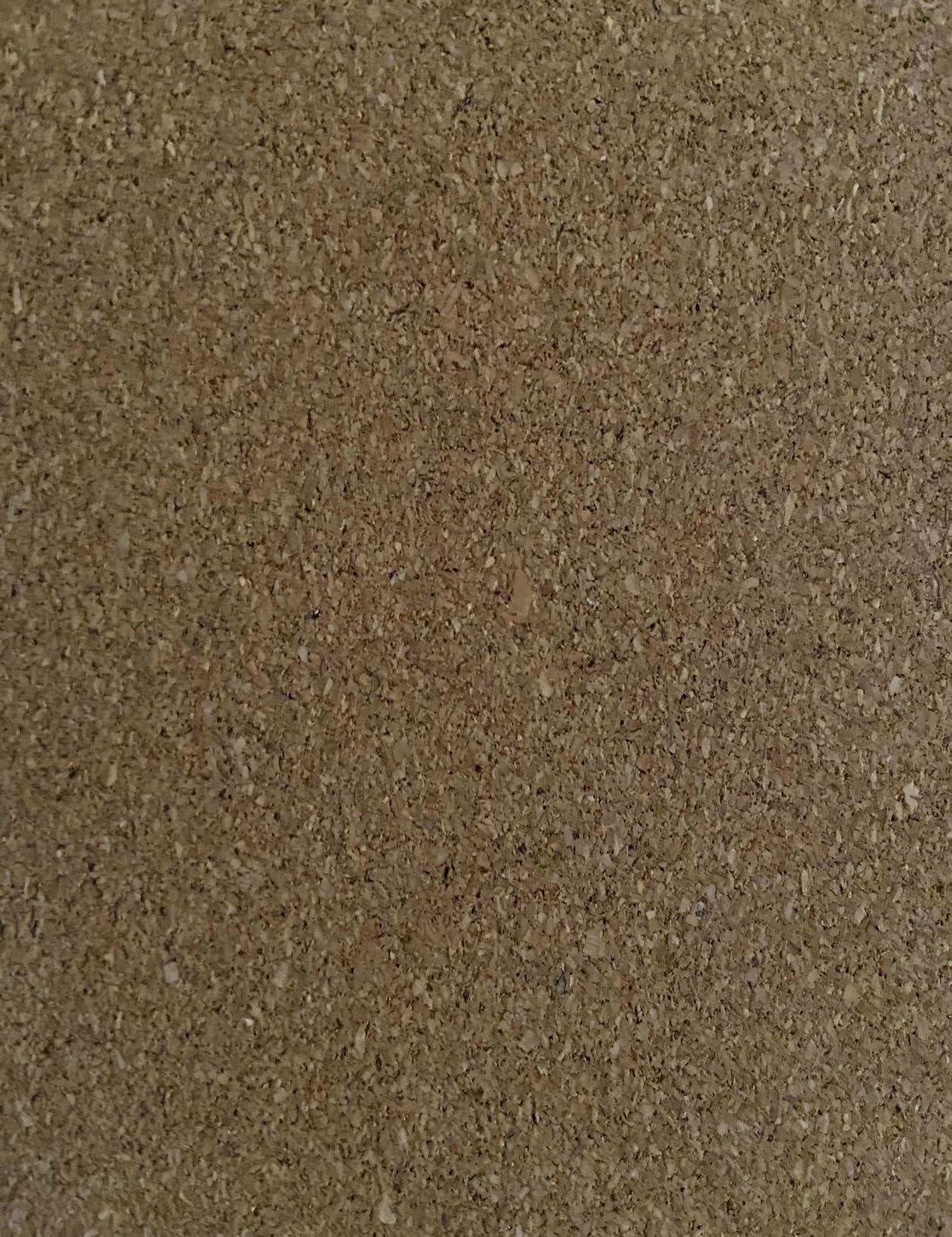


 STYLED BY PARKER BLACKBURN • PHOTOS BY ZHANÉ BRADLEY • DESIGN BY ALIZAJANE HICKS MODELS: MACEY HUGHES, ERYN DOYLE, CAROLINE CALLICUTT
STYLED BY PARKER BLACKBURN • PHOTOS BY ZHANÉ BRADLEY • DESIGN BY ALIZAJANE HICKS MODELS: MACEY HUGHES, ERYN DOYLE, CAROLINE CALLICUTT
In these trying times, I have looked to nature as a source of healing. Each look is inspired by an element of nature, the woods, the sky and the green earth. Creating with the canvas that is our faces, many individuals are beginning to push the boundaries with makeup in ways they have never thought possible before. This shoot experiments with lines, symmetry and shape to create three beautiful makeup looks to hopefully inspire readers to create innovative looks.

Dress: Anthropologie
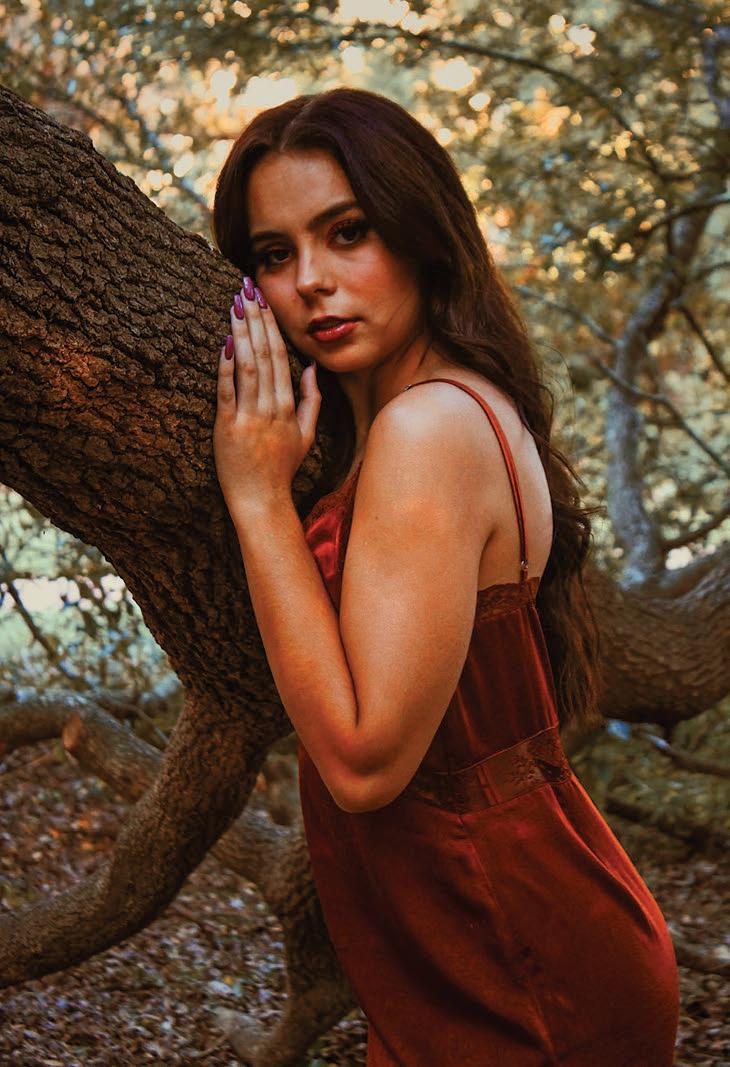
Boots: Misguided
Eyes: Jeffree Star x Morphe Pallette
Lips: Anastasia liquid lip in “Arrow”

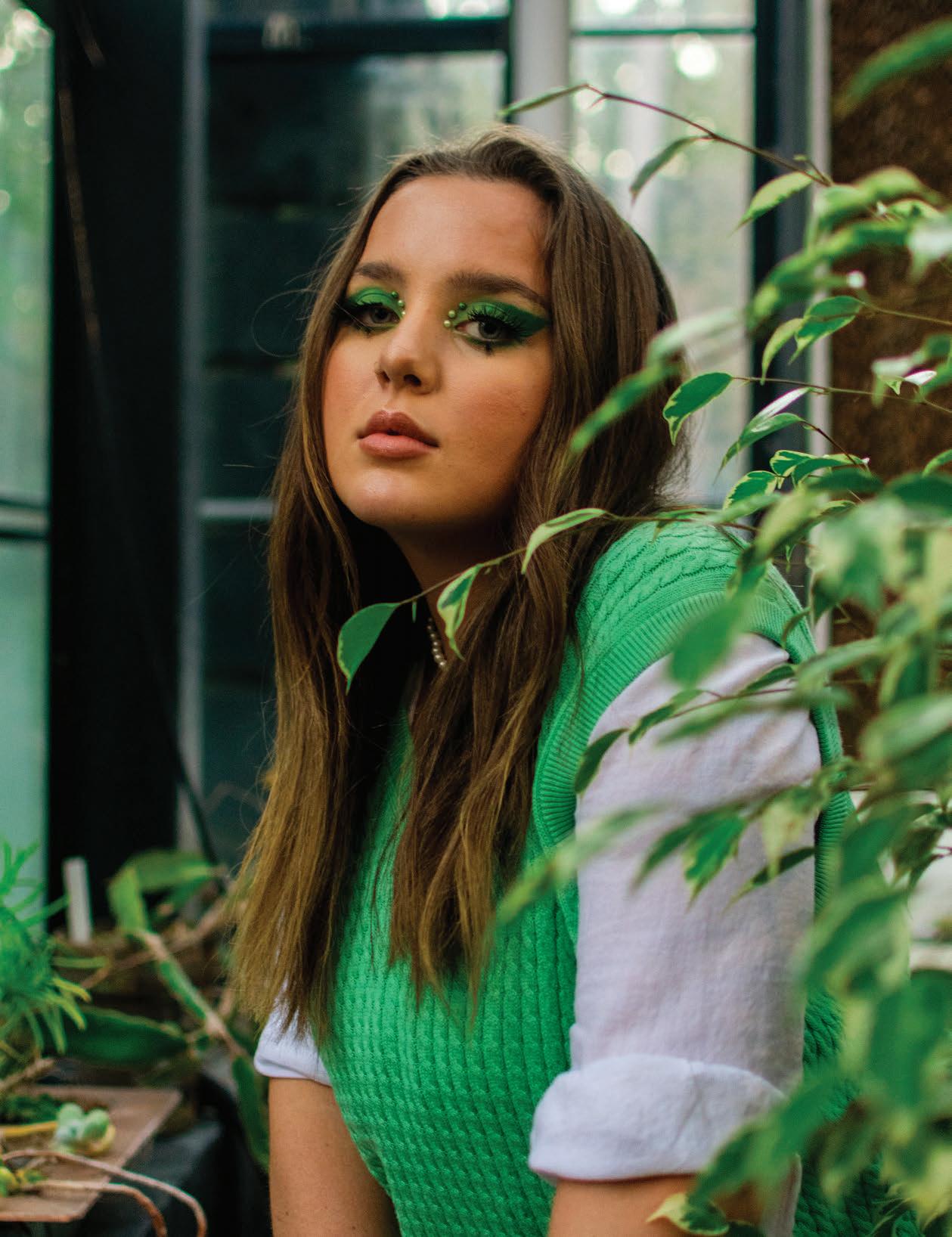

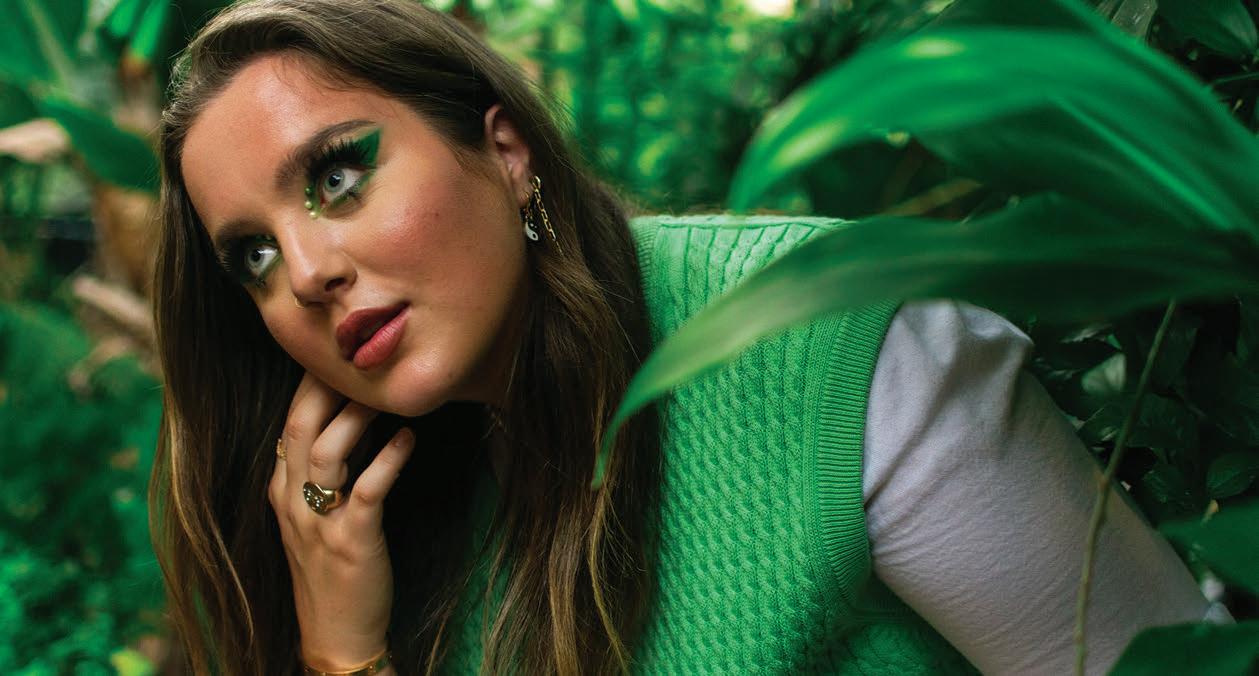 Vest: Thrifted
Top: Madewell
Vest: Thrifted
Top: Madewell
Top and Pants: Urban Outfitters
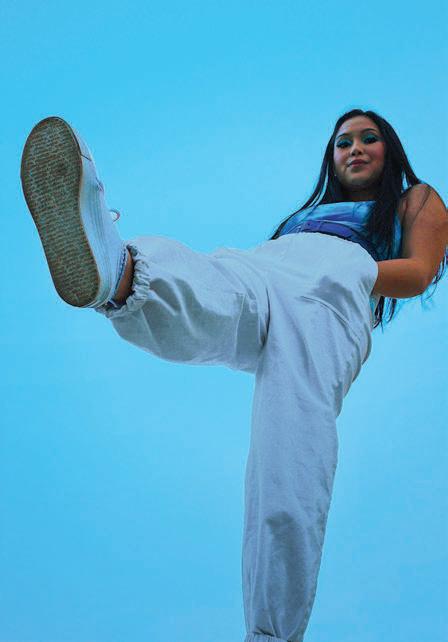
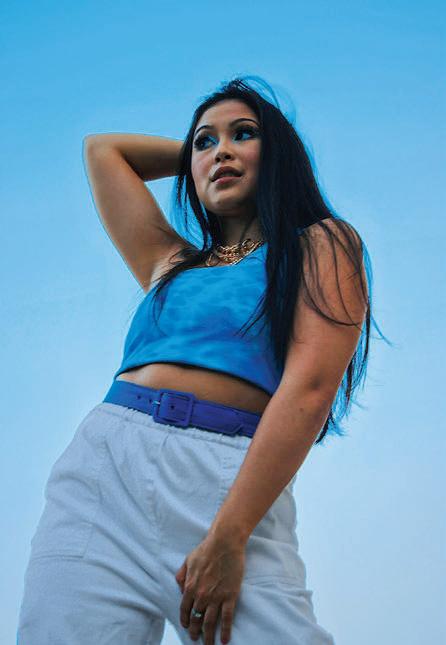
Eyes: Jeffree Star Blue Blood Pallette and liquid lip in white


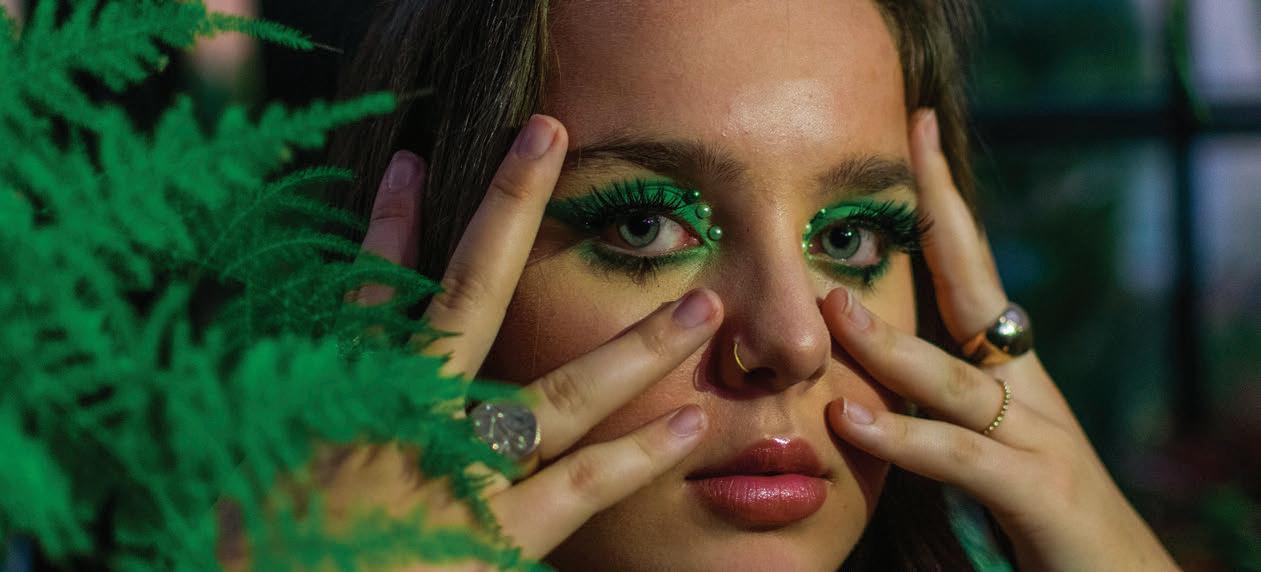





Many things inspired the concept for this shoot. A feeling of escapism, of colors being able to transform a space, a mood and a vibe. Playing with silhouette, lines and texture was important for this shoot, especially since we were shooting with monochromatic white and black pieces. The light projections give the clothing a new life of their own, inspiring us to invoke the same feeling into our own wardrobes.
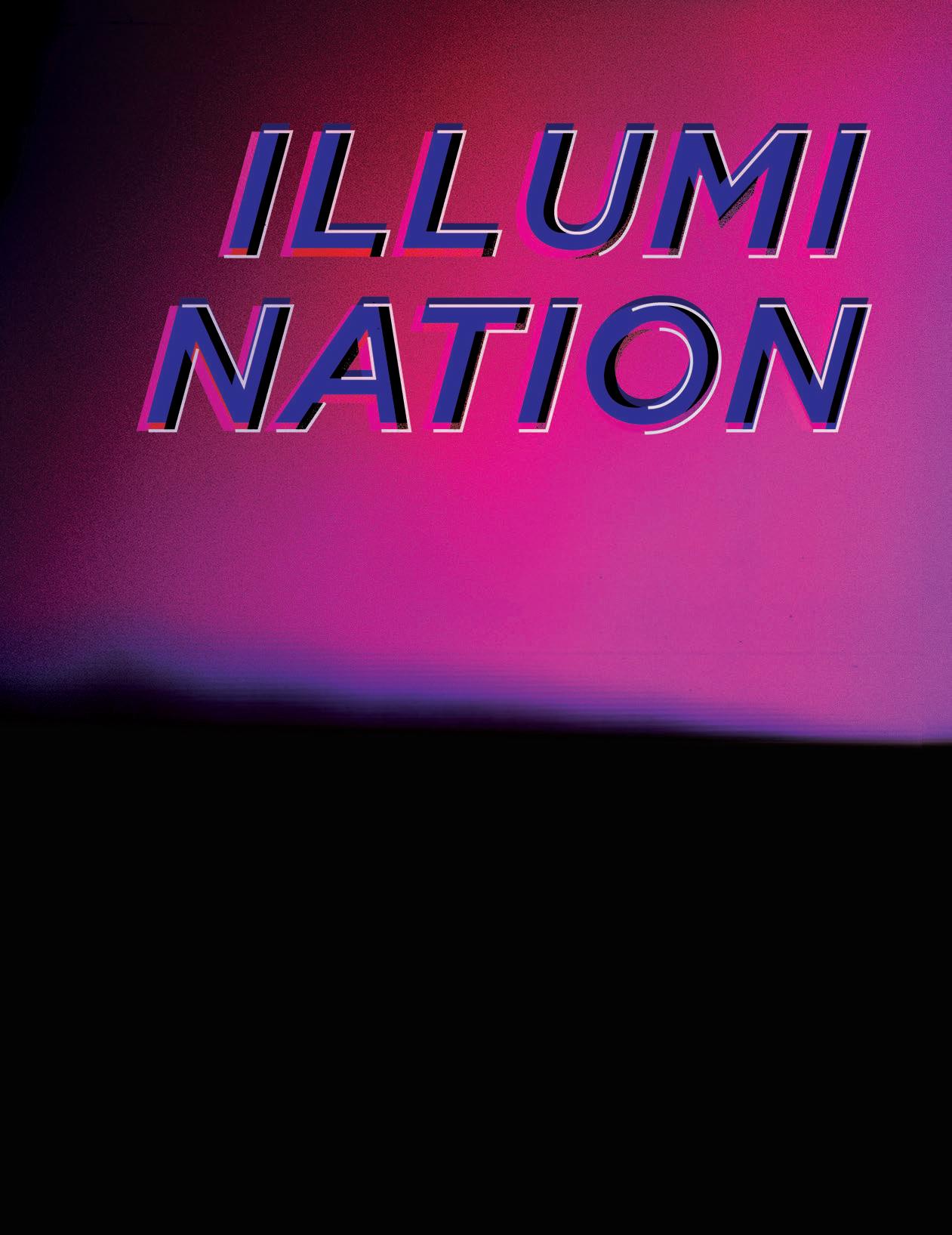 STYLED BY PARKER BLACKBURN • PHOTOS BY RYAN FINLEY
STYLED BY PARKER BLACKBURN • PHOTOS BY RYAN FINLEY
Shirt

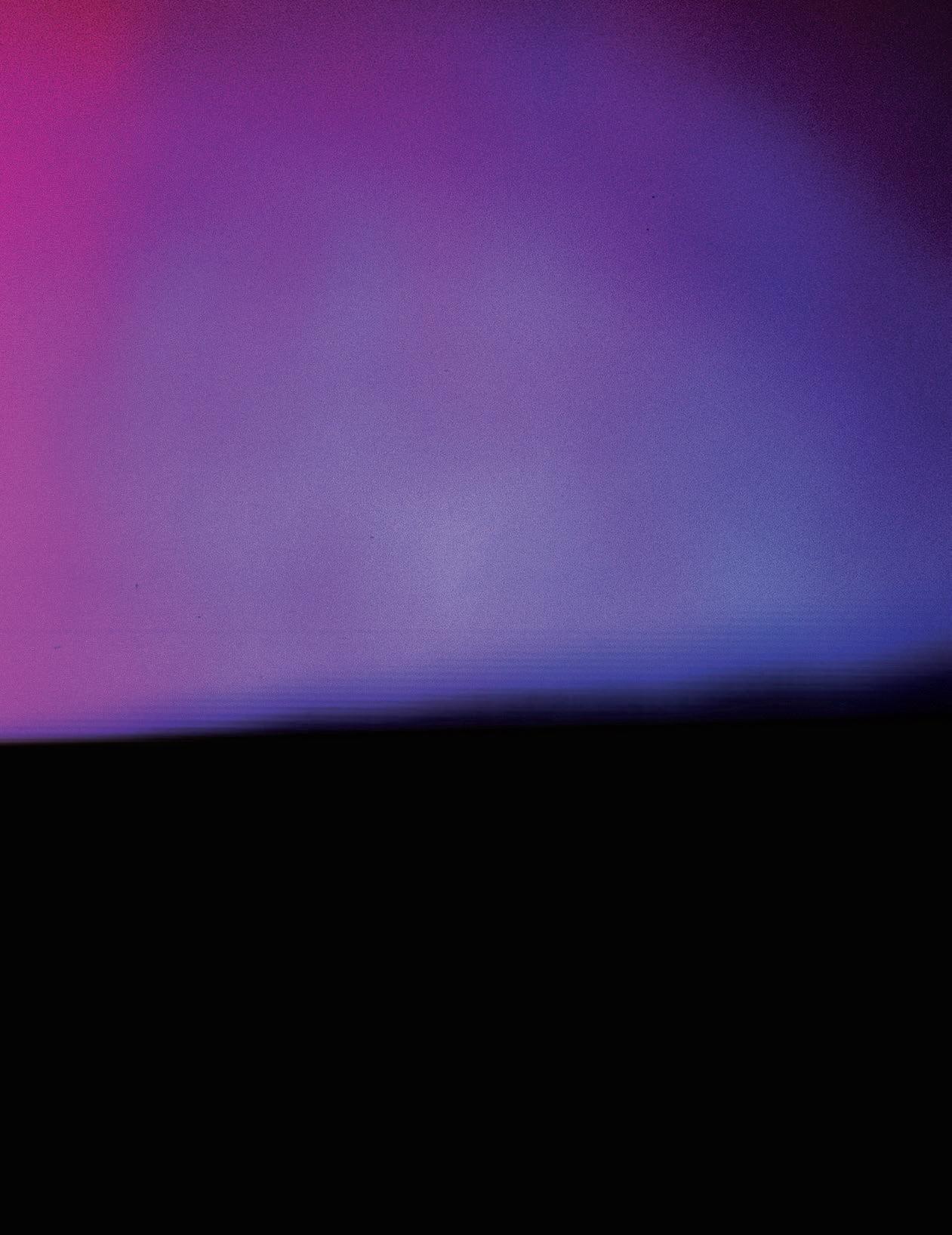
Shirt and Pants: Forever 21, Jacket: Goodwill
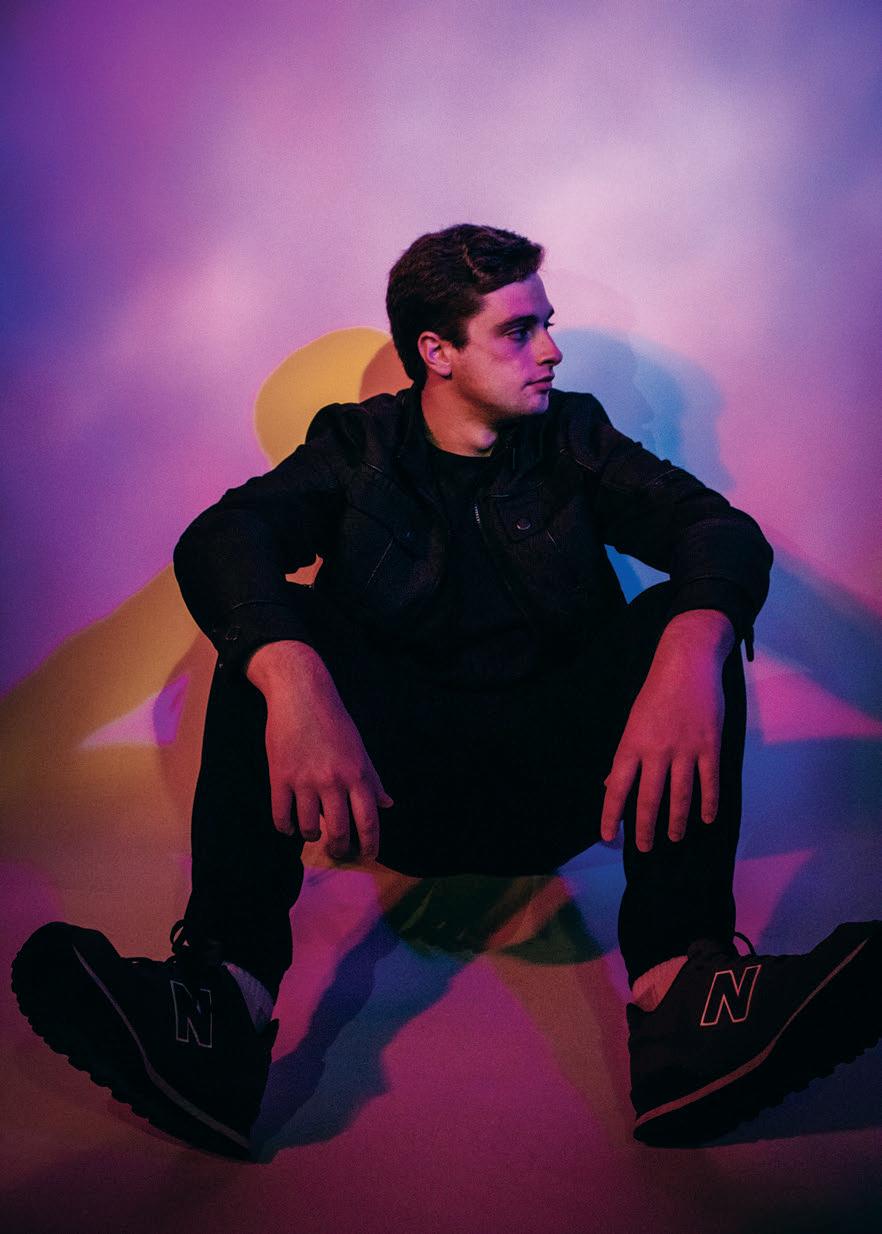
Shirt and Pants: Urban Outfitters
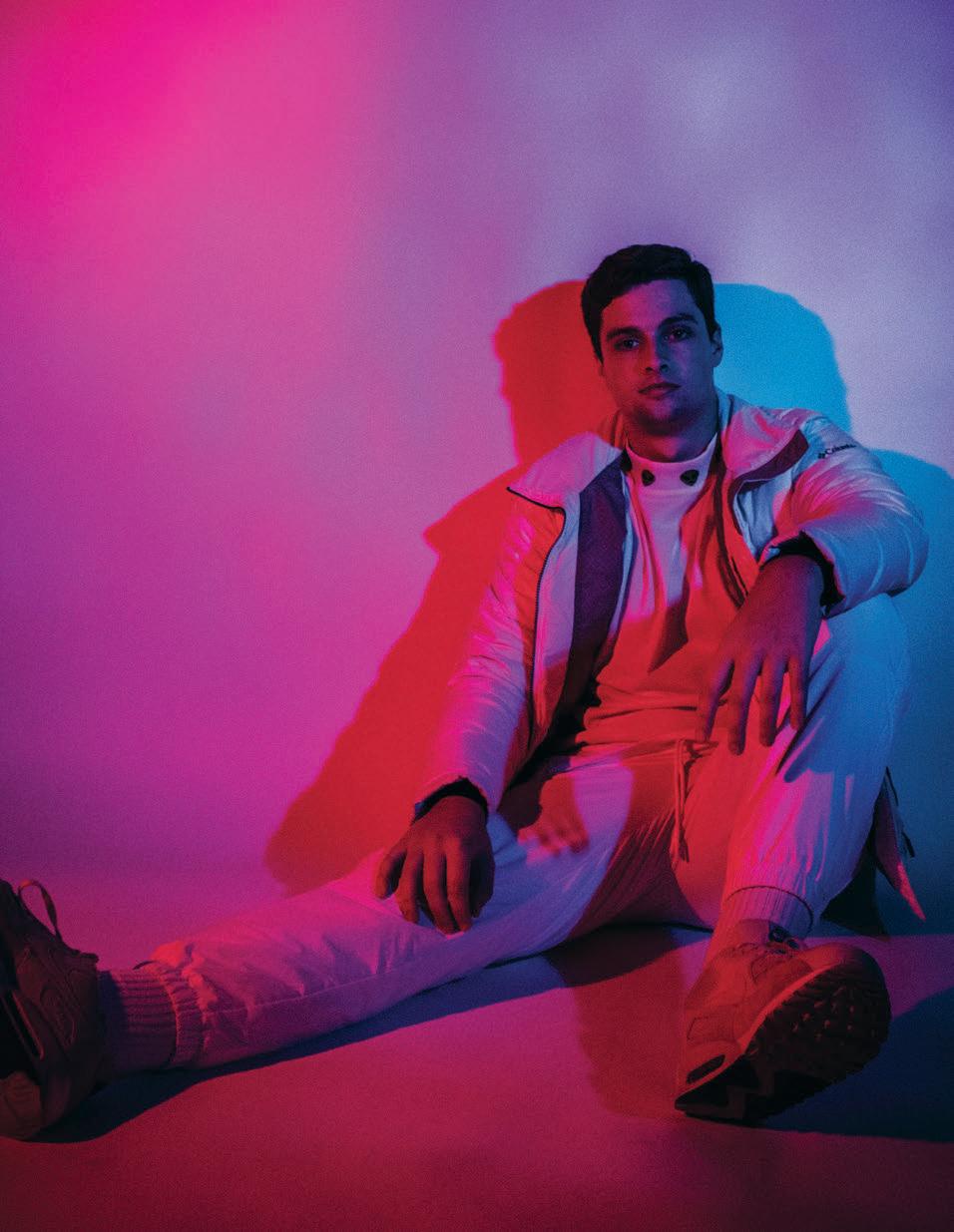
Sweater and Puffer Jacket: Sid & Nancy
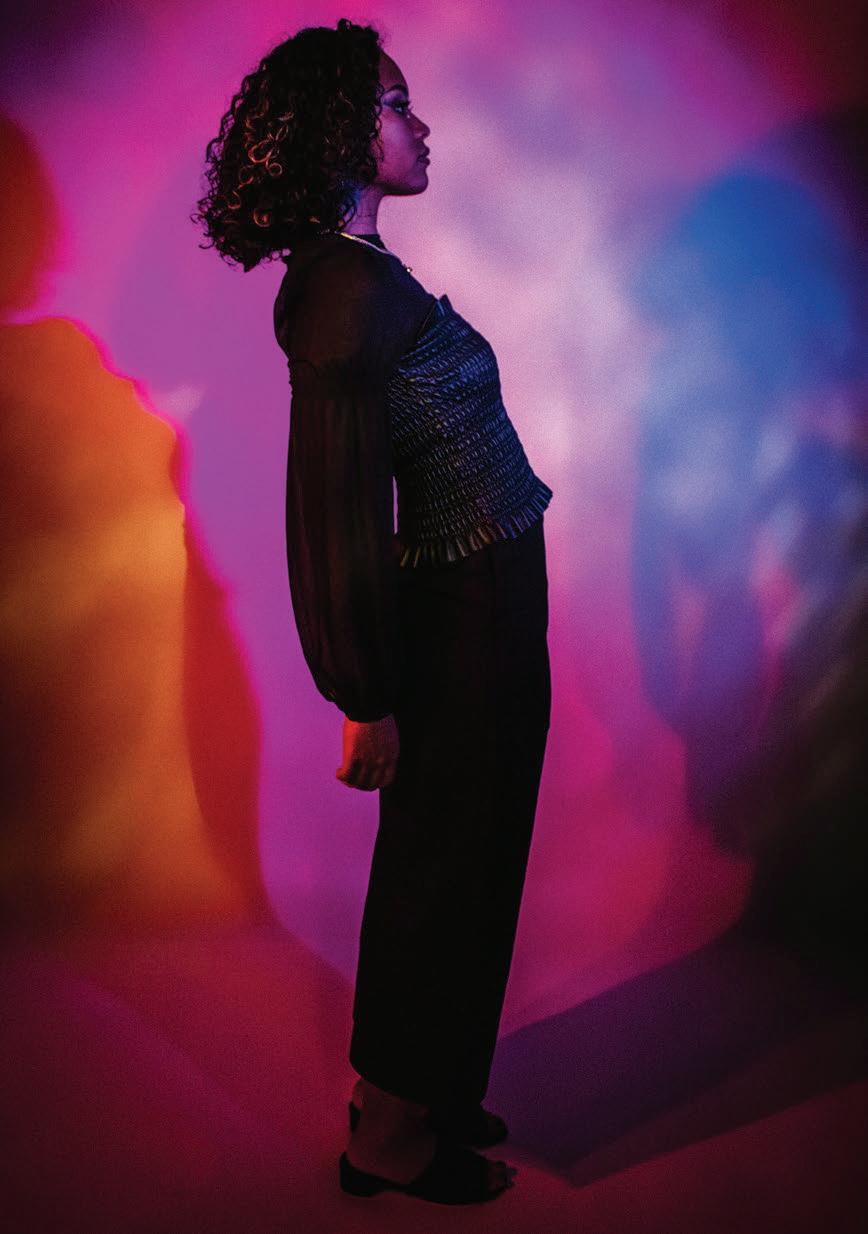

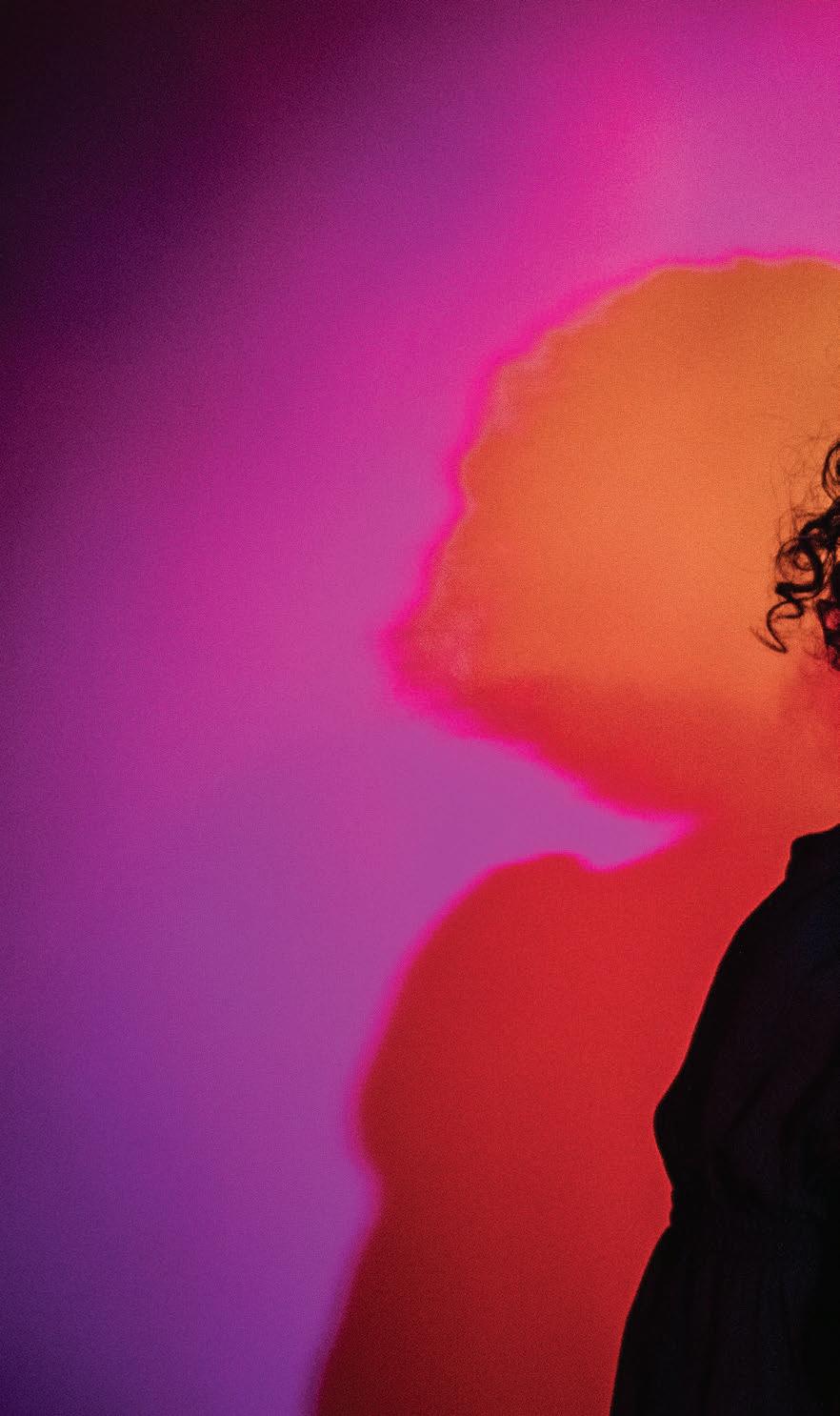

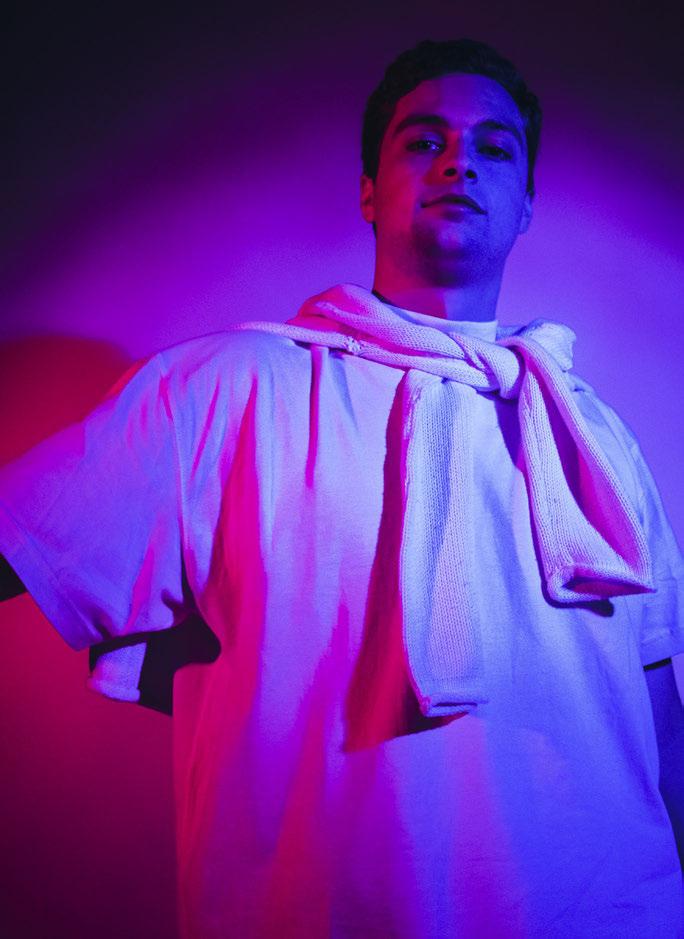
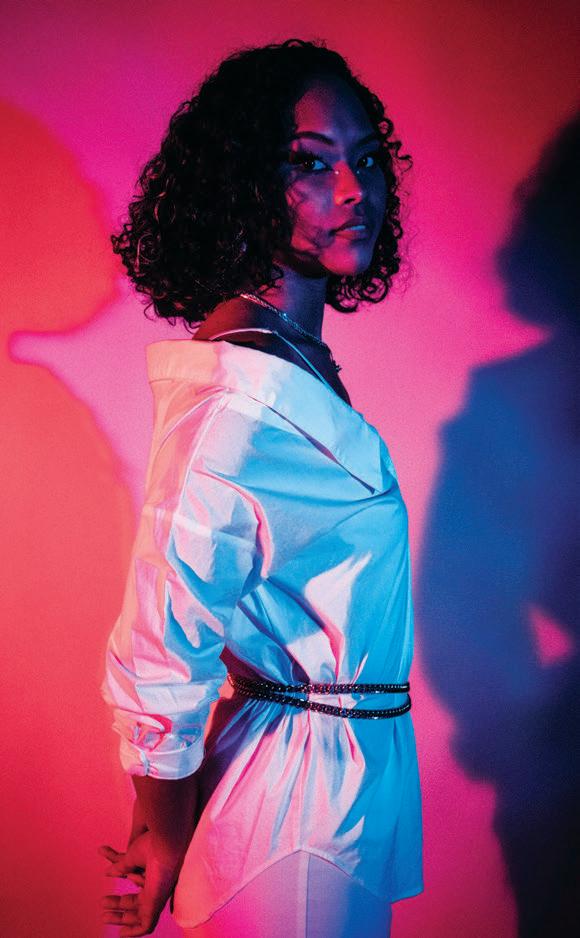
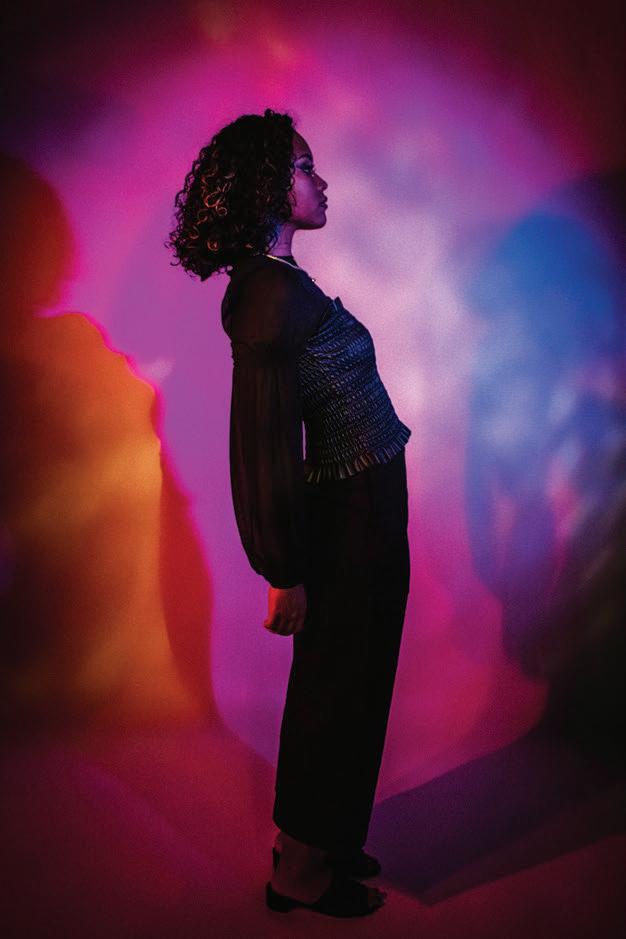
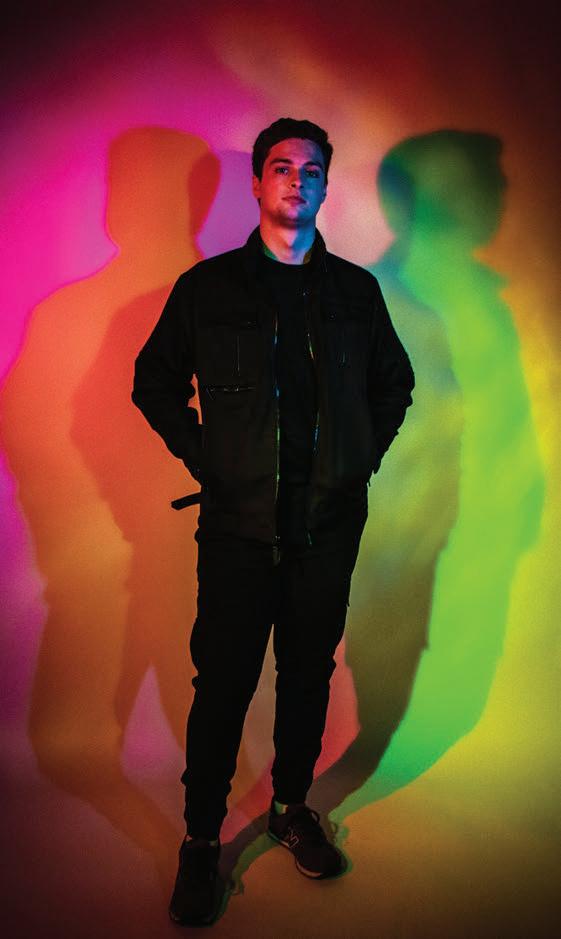 Shirt: Zara, Pants and Earrings: Fabrik
Shirt: Zara, Pants and Earrings: Fabrik
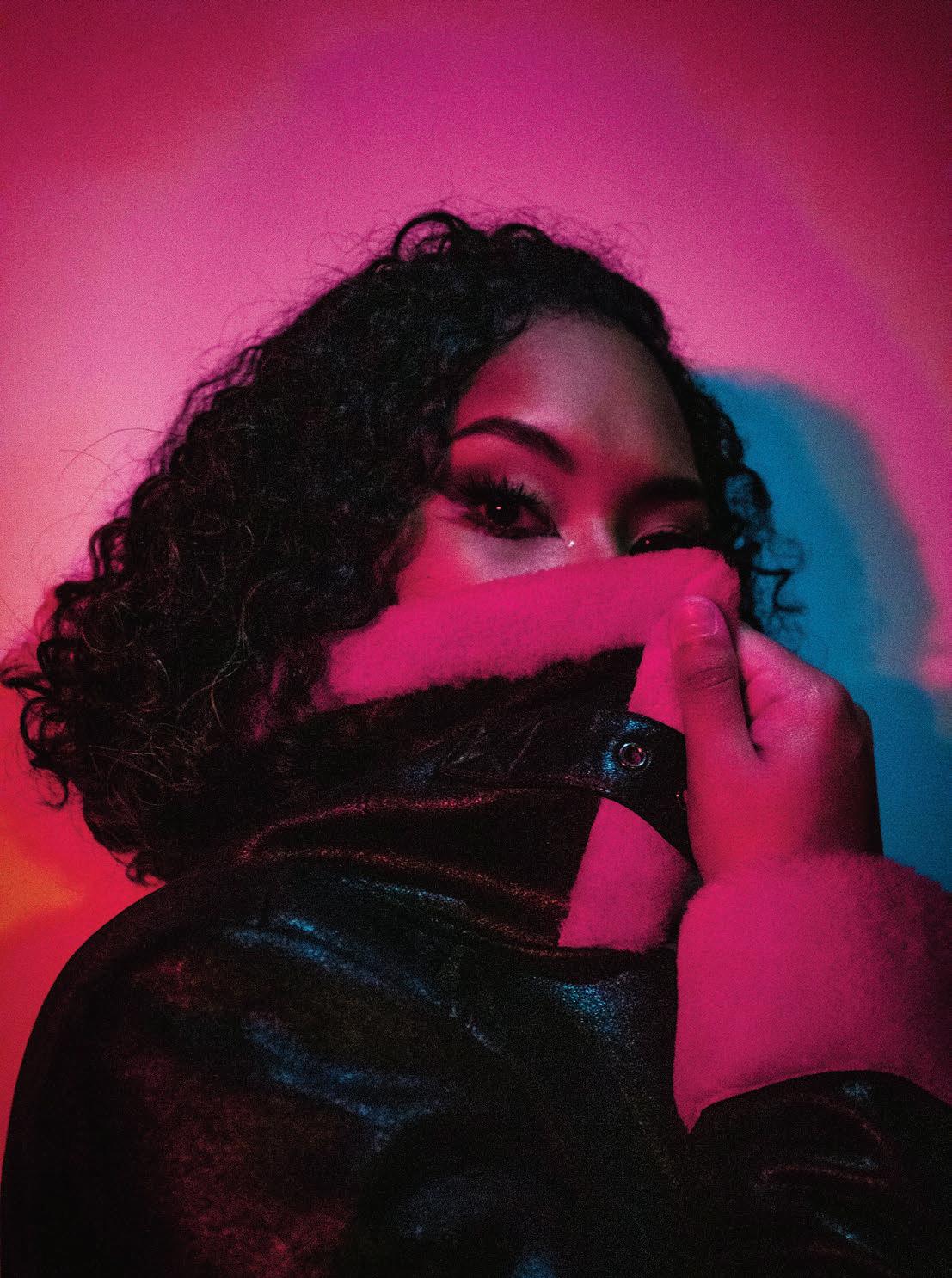

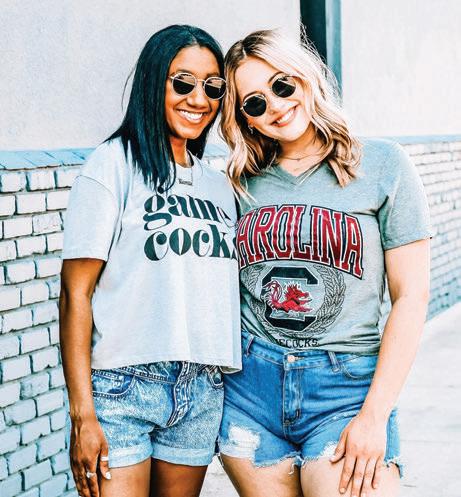

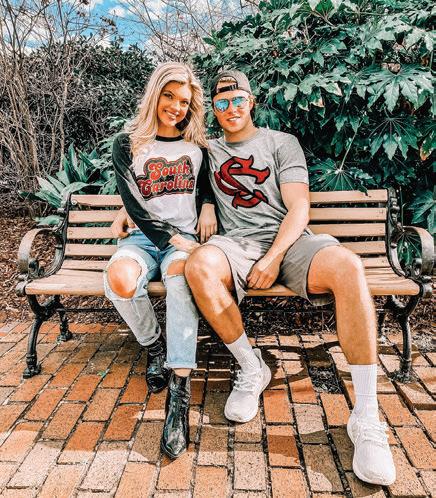
9:45 P.M. This guy I went to high school with just got arrested. He was this really cool guitar player. I never had a shot with him because I wasn’t born on the cusp of the 90s, so I couldn’t talk constantly about being a 90s kid like he did. He had moss colored eyes, just unattainable. He was charged with assault and battery, premeditated murder, and then (wild card) cannibalism. This big photo of him was plastered at the top of an article. I just thought “Poor, unidentifiable Jane Doe, but wow, he’s still got it.” And I hate him for that because he should look like a gremlin, not someone I just bumped into on the street. His senior quote was from a song called “Eat Your Heart Out” and I just keep thinking about how badly that has aged.
10:30 P.M. So he hits every paper in the nation for a heinous crime. That seems like the opposite of what should happen, doesn’t it? Headlines draw attention, attention feeds the aspiring murderer, he does his thing, then gets the headlines. It’s a vicious cycle. To have that amount of nerve, you must just not have any physical nerves. No nervous system to feel failure, no pain receptors to hold you back. When the world is moving too fast, and I have to let my head digest, that’s when the nerves swell like a crescendo. Twelve unread emails? Cue the woodwinds, Mozart.
11:15 P.M. It seems like it’s wide open spaces that alienate us from one another. There’s a freedom that comes with it, but nobody pays attention to other people at the grocery store until you’re in the checkout line, giving cursory glances at M&Ms, flame printed Bic lighters, and the person in front of you has just a few too many items, enough to be annoying (did they really need that many cases of soda? I have places to be). We look at one another by the look of their M&M shell, the most tasteless part, just a thin layer to conceal the part which we only crack open for a select few. If the candy shell is shattered, a different color, or if the dye has been rubbed off on the side, they resist the perfect image shown on the package, so their paper-thin shell deems them inferior. At least in the dark, we all look and taste the same.
12:00 A.M. Why is it that I feel so free in enclosed spaces? A bathroom stall, a tight shirt, a blanket over my head. And so trapped in the open ballrooms, parks, and street corners? The open air stifles me if there are eavesdroppers with their conjecturing eyes and condescending, lemon juice faces (the anatomy is reversed; sweet zest may be inside, but shudder-inducing pulp is the shell which makes up their eyes). When I am in a yellow field, where my silence may even trick the tree to fall without making noise, that is when openness frees me. If I am also a lemon, then I am sweetest when I have fallen from the branch, finding solitude in the grass below. Don’t look at me! Look at me, look at me, turn back around. Do I want an invisibility cloak, or do I want that bright green coat, the opposite? And the eyes have it, that’s one point added to the score.
1:45 A.M. We all need attention, that’s inherently human. It’s what we do with it. Is it the only fluid that can fill up the tank, and when we run out we stand on the side of the road thumbing a ride? Is it a spotlight constantly tailing us when we just want to sing in the dark? Or maybe it’s a tweet begging partly for agreement to relate to and also fierce opposition to instill a moral high ground. Someone at one with the universe would say it should simply be an accessory to a life decidedly fulfilled. But until then, its option (e.): all of the above. Tomorrow the sun is going to rise again and set again and toss the baton to the moon for her act, twice a day for the whole season, no days off. For them, the eyes pour in when there’s an abnormality - a blood moon, a solar eclipse, a meteor shower - but they don’t even look at how many are in the seats, they rise and set because it’s all they can do. Though they won’t see me, I’ll be there watching every show.
Scan to check out the visual short film that accompanies this piece.
He heard the sound again. Long, jagged claws tapping into his mind, the sound rang through James’ head as he tightened his grip on his rifle, finger tensed over the trigger. His rifle stuck out through the small gap in his bunker, serving as his only means of protection from the beast. He raised the sight to his eyes, steadying his breaths as he waited for it to cross his sight. But everything was silent and still, like nothing had happened at all. Click-click.
His regiment arrived in Nantes a week ago, making quick work of the land around them as they dug their trenches and readied the front lines. He sang Christmas carols as the troops loaded their rifles with ammunition, preparing themselves for the inevitable German assault. This was the first battle his troop would experience. But where he had expected anxiety, he instead felt an almost eerie anticipation. Many joked about their lives back home, speaking about their sexual conquers and their financial successes. They talked of their desire for glory, a desire to be the hero they always wanted to be. To them, this was just another stepping stone to their seemingly inevitable glory. And even as James grew weary and the days grew darker, the shadow of the enemy looming ever closer, they kept their cheery disposition, so sure of their legacy that nothing could stand in their way.
The sound shocked James back to reality, digging into his psyche and trying to rip it apart. He had to take his eye off the sights for a moment, and he took the time to survey his surroundings. As darkness started to fall, the sunset painted the metal garden stretched out before him in a pinkish hue, like flesh torn and shredded beyond repair. Metal flowers covered the landscape in lead, brushed with all shades of red and black, adding decoration to the tattered corpses scattered over the ground. Iron hedges lined the field, their thorns dripping red, adorned with the limbs of souls lost like a twisted garnishment. Craters dotted the garden, gifts from far up above. As night fell, it began to rain, tears mixing with his own as the Earth grieved with him. James couldn’t help but stare as the tears streamed down his face. So many people, so many lives, lost in pursuit of the metal garden. He wondered why he wasn’t one of them.
He remembered the first rounds of fire. His squadron took their positions, eager to prove themselves, and eager to fight. It was nearly Christmas, and with the Lord at their side, what could go wrong? This would simply be the stepping stone on their way to fame. But that changed when the bullets started flying. Screams of horror and terror filled the air, replacing the sounds of cheer and joy that were present minutes earlier.
James remembered the first casualty vividly: An older gentleman named Mark, who always talked about how proud he was of his son Jake graduating from elementary school. A man who liked to joke around and play cards, and a man he had sung “Deck the Halls” with just a few hours before. A man who had everything to live for, and a man who was now lying on the cold wooden floor of the trenches, screaming as he slowly bled out. The bullet had pierced his eye, leaving shards of bone scattered on the floor as he stared through James, begging for help. But James had a mission, and there was no time to help others. So he just kept shooting.
He remembered the assault. The Germans charged like buffalo on the open plain, storming the field in a futile attempt to gain ground. As they charged forward, they were met with a wall of lead, and the bodies fell, a black corruption spreading through their bodies as they piled on top of each other. Soldiers tripped over their fallen comrades as they marched blindly to an inevitable death, with nothing but the words of their sergeants to give them hope. He remembered when the first soldiers made their way to the barbed wire lining their trenches. They climbed the wire-like wild animals on the hunt, running on pure adrenaline as their fingers dug themselves into the barbs, flesh ripping from flesh
like a knife cutting through butter as they furiously continued their ascent. James remembered shooting round after round into their bodies, stopping men dead in their tracks, leaving them hanging limp from the wire as their skin hung onto the wire-like decoration for the gates of Hell. And as James fired round after round into the enemy, tears streaming down his face, he wondered which side of the gates he was on.
That sound. James could never forget that sound. It was the sound that woke him up that night. The sound that got him out of his bed and made him grab his rifle. The sound that made him walk through the trenches, shaking in fear and disgust in fear as he saw the bodies that littered the floor around him. The sound that stuck inside his head as he ran, tears in his eyes, trying not to look at his friends, their eyes gouged out with a surgical precision, their empty sockets staring into the abyss as he ran faster and faster. It was the sound he heard behind him as he whirled around, firing a shot into the beast. It was the sound surrounding him as he ran as fast as he could, trying to erase memories that could never go away. It was the sound that haunted his mind as he built a bunker underground, gathering what little rations and ammunition he had, clinging desperately to the hope that God would bring him out of this alive. And now, it was the sound he heard as it hunted him. A tapping of nails against his mind, haunting him as he slowly lost his mind. A tapping that was getting closer, and closer, and closer. It was almost upon him.
It was behind him. He slowly turned around, knowing he was already gone. He stared at its feet, quivering in fear as he slowly raised his gaze upwards. The creature had long, thin legs, with toes that were stretched into grotesque lengths, and attached were claws nearly the size of James’ head. The arms were similar, with curled fingers stretched into grotesque shapes and claws that could slice his head open with one swoop. He noticed ancient, archaic symbols along these claws, and despite having never seen them before, he knew exactly what they meant. As he stared at his demise, he wondered again if this was simply God’s punishment for his sins. If this was just God’s wrath against the evil he had helped to create. But looking at the beast before him, he wondered if God even existed in this world.
The sound rang inside his skull like a bomb had been detonated inside of him. There was a pressure behind his eyes, growing in intensity. He felt like they were going to burst out of his head at any moment, but he fought it, slowly coming to his senses as he looked down his sights once again. All he could do was cling to the last bit of hope he had left. If he could only see it, then he could kill it. All he needed was one shot and he could take it out. He just needed to see it. But the longer he sat there, the louder that sound became, until it was all he could hear, bringing him to his knees and making him shake uncontrollably as he held his hands against his eyes, desperately trying to keep them inside his skull.
The sound reverberated inside his skull, and James felt as though his head was splitting apart, all of his thoughts incoherent as pain ravaged his entire body. He grabbed his head, screaming at the top of his lungs for God, for anyone, to save him, to simply put him out of his misery. But no matter how hard he screamed, nothing would come out. All he could hear was that sound. Over. And over again. Tearing him apart bit by bit.
When he finally opened his eyes, he saw the creature’s face staring back at him. He looked into its black, soulless eyes as the creature began to smile. James could see rows of teeth that went down the creature’s mouth and throat. He saw its long, thick tongue as it slowly, methodically licked its lips, readying itself for a feast as James trembled in fear. As he looked at the creature, its eyes slowly started to change. They became his eyes, and James watched as his pupils stared back at him. He saw tears stream down his face as he fired round after round at attacking soldiers, bodies piling up in front of him as he continued to fire. He saw the eyes of the soldiers as they were gunned down, tripping over their men as bombs dropped down on them, limbs flying into the air as bullets rained down like hail. Then they morphed into his mother’s eyes. She looked embarrassed, as if she were ashamed to be his mother. The eyes looked at James and he fell apart, weeping as he tried to apologize to her, tried to explain himself, but the words just couldn’t come out. Then they became his brother’s eyes, and James watched as they filled with tears at seeing his brother leave for war. He wanted to console him, but he couldn’t think of anything to say. So he just said nothing as the eight-year-old ran away, never to see his older brother again, eventually forgetting about him as he grew older. They were now his sergeant’s eyes, filled with hatred and disgust as he looked down at the miserable man James was. He wanted to scream in defiance, he wanted to yell, he wanted to do anything, but he couldn’t move. So he simply took his punishment. Then they were Mark’s eyes, and James saw the horror in them as the bullet came crashing into him. He felt the pain as Mark screamed in agony, his cries ignored by his troops as the battle raged on above him. James wanted to help him, but his movements were sluggish. He couldn’t get to him fast enough, and he watched as the light slowly faded from Mark’s eyes, his body going limp as blood pooled around him. The blood continued to rise until it filled his vision, and then the eyes went blank and were now nothing more than mirrors staring back at him. James saw himself reflected in the creature’s glossy eyes, but it felt like he was seeing a stranger. He watched in silence as his eyes morphed into empty sockets, staring into the nothingness that awaited him as his lifeless body crumpled to the floor.
 BY TAYLOR JENNINGS-BROWN • DESIGN BY MARIA DESIMONE
BY TAYLOR JENNINGS-BROWN • DESIGN BY MARIA DESIMONE
I’ve recently decided that fall is my favorite season. It’s the latest addition to a growing list of self-discoveries from the past couple of months. There is something about the crispness of the fall air. It lacks any false pretenses. Somehow the autumn air that we feel but never see holds clarity. A certain sharpness that makes me filled with hopeful anticipation for what each day holds. The colors of fall speak to me. Like a sirens call. The waterfall of Earth tones bubbling from the treetops and slowly cascading into streams of browns, oranges, and reds on the emerald ground. The leaves reflecting my melanin skin with red and yellow undertones. Engaging in a capricious game of mimicry. I often find my masked
face contouring into a soft smile as the aromas of cinnamon, spices, and pumpkin fills my senses. Fabricated smells created by a myriad of places. From the Bath and Body Works candle in my room to the local coffee shop on-campus, the scents of fall follow me like a shadow in the wake of the sun. These fragrances give me a sense of familiarity. To what? I’m not really sure. But I recognize it and I delight in its return. So I welcome this new fall as a season of new growth, new healings, and new perspectives. Fall is the imitation of humanity at its most vulnerable and beautiful moments. Therefore, I cherish fall and every fall to come.
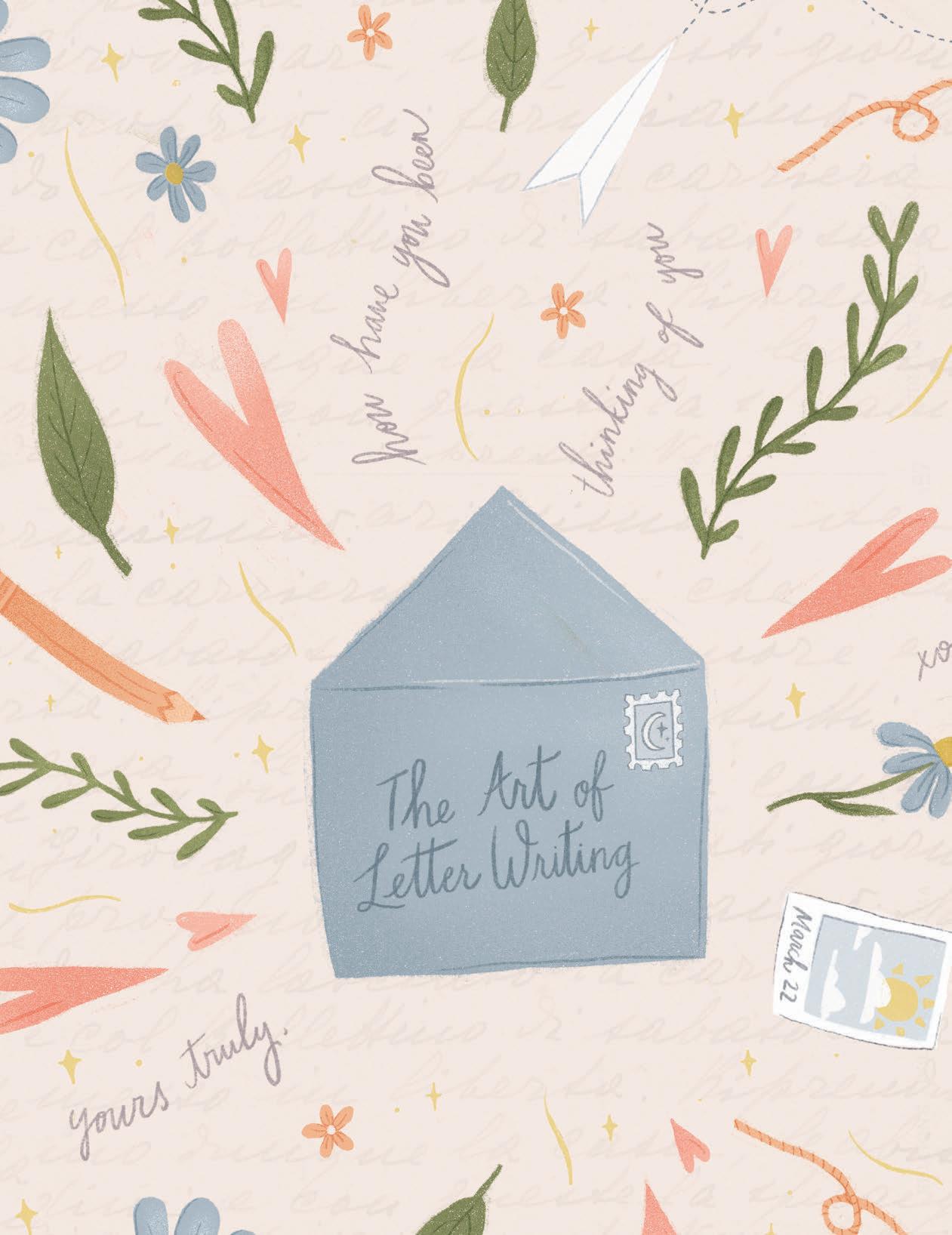
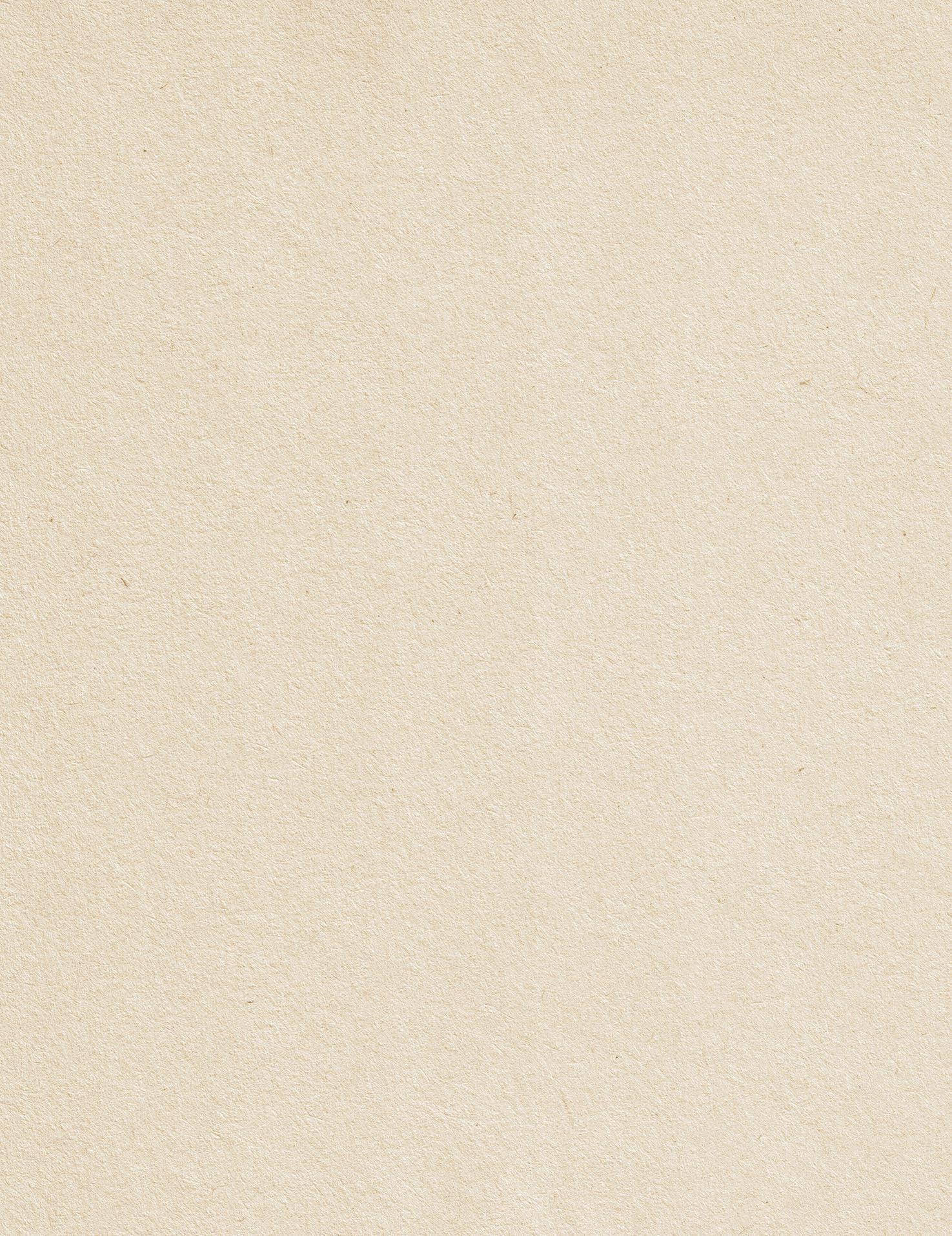


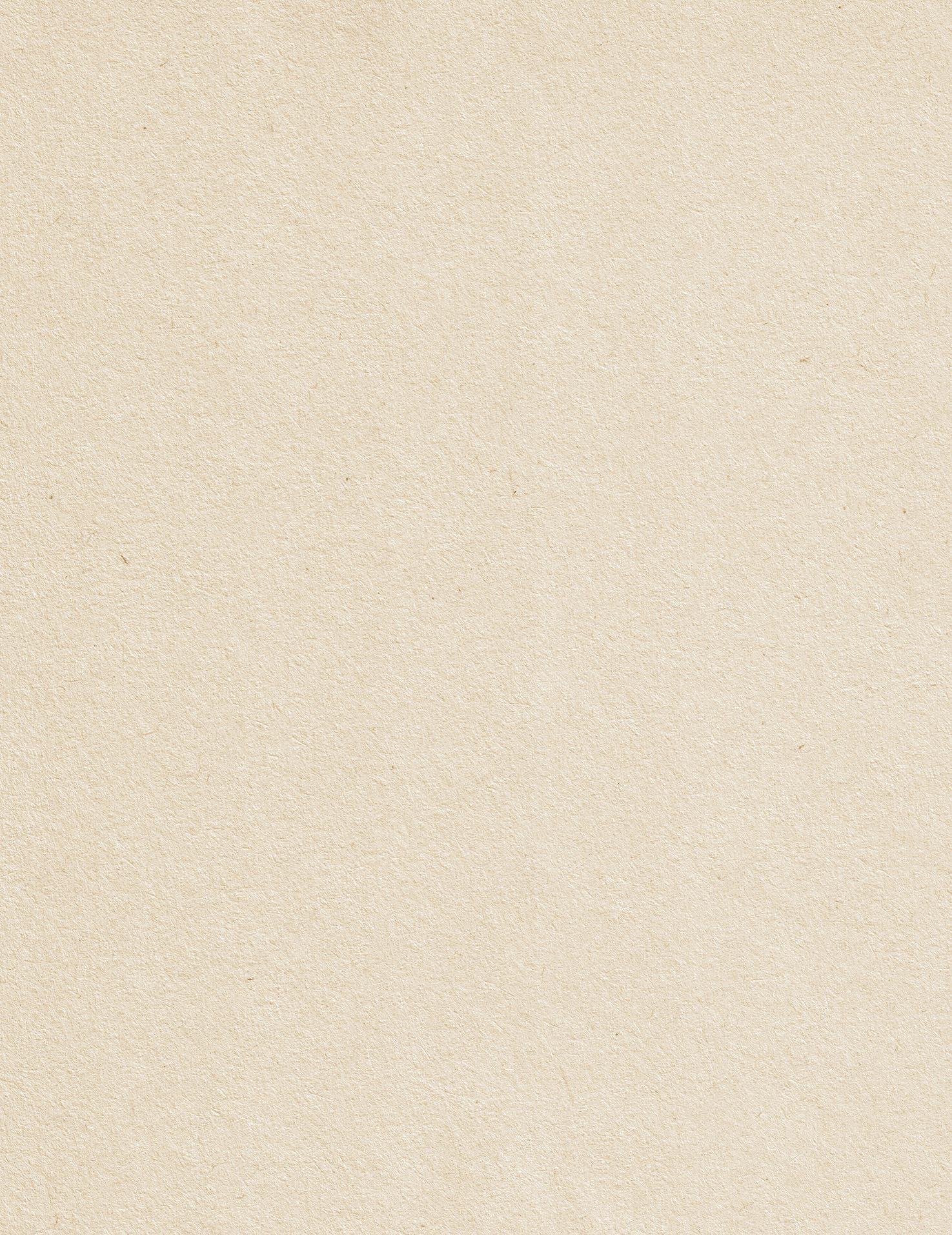
THE FIRST TIME I tried A Peace of Soul Vegan Kitchen was this past June. Someone had recommended the restaurant on Twitter in a thread of Black-owned businesses in Columbia, and I figured a Black-owned vegan spot was worth a try (even though I’m not a practicing vegan). As soon as I stepped foot inside the restaurant, I immediately knew I had made the right decision.
I was greeted by an enticing aroma that can most aptly be described as a mixture of incense and soul food. D’Angelo’s “Untitled (How Does It Feel?)” softly reverberated through a wireless speaker. A giant mural of a green Goddess-like woman sporting an afro made of leaves stared me down from an adjacent wall. There was a line stretching almost outside the door. Even more people stood aside in a waiting area patiently and attentively listening for their name to be called out like clockwork. As I stood in line, sensory overload, equipped with a protective face mask, I carefully scanned the menu above the register. I was overwhelmed with options.
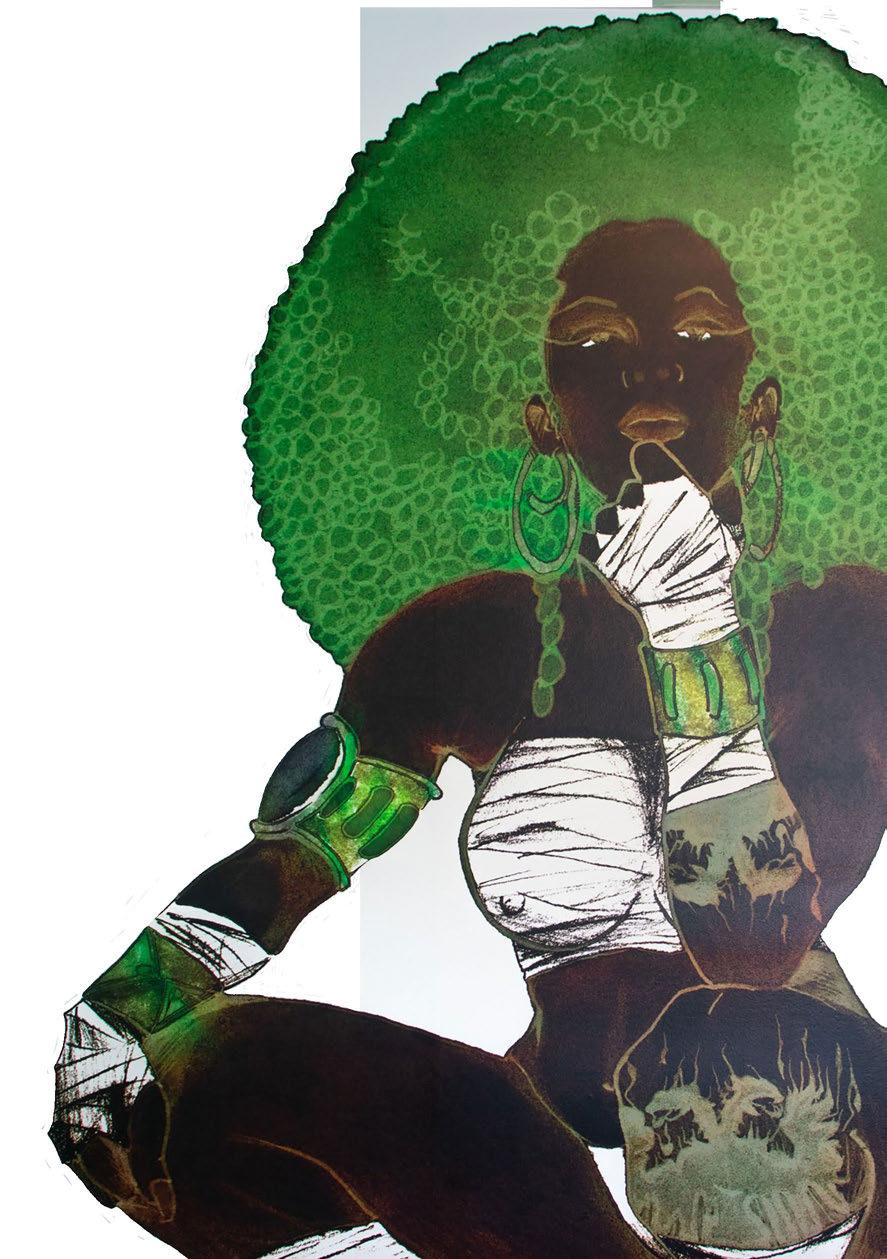
When I finally reached the front of the line, a tall dreadlocked brother greeted me warmly with a smile from behind the register. I noticed a staff of exclusively Black women culinary artists hastily preparing meals in the back. I felt at home. I told the cashier I wasn’t exactly sure what I wanted and asked for his recommendation. He replied the restaurant’s “chicken” sandwich was the most popular item on the menu. I proceeded to order the chicken sandwich along with a pineapple lemon ginger beverage then joined the rest of the starving folks in the waiting area.

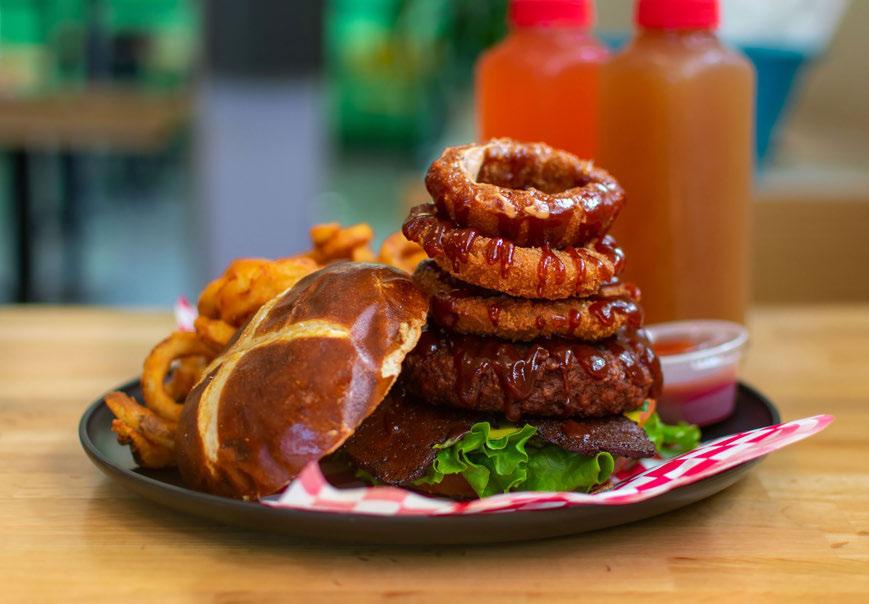
Not even five minutes later, the tall brother called my name and I took my meal from him. After exchanging a “peace” farewell with him, I walked out silently and excitedly anticipating the first bite of that illustrious chicken sandwich. I couldn’t even wait until I got back home. I dove into my car and quickly snapped open the styrofoam takeout plate. A golden low reflected off my
face like that scene with the briefcase in Pulp Fiction. I grabbed ahold of the sandwich, held together by two pristine pretzel buns, and leaned in for a bite of historical proportions. To this day, it’s impossible for me to describe the initial sensation of that first bite in precise terms. Like love, it’s something that can’t be put into words.
You just have to experience it for yourself. Since that fateful day, I have been to A Peace of Soul many more times and have tried many more items on their menu. I have not been disappointed. They can take all my money, to be honest. I wanted to get more insight into the establishment of the restaurant and the origins of the food, so I reached out to the owner. The following is a transcript of our conversation.
How long was the process leading up to the grand opening of the restaurant?
When was the grand opening?
The renovation process began in 2018 and was completed late 2019. The Grand Opening was February 26, 2020.
What’s the inspiration behind the name A Peace of Soul?
The name A Peace of Soul represents what you’re getting with your meal. True soul food should nourish your body and provide a sense of comfort. We offer a number of plant based soul food favorites that are healthier than their traditional counterparts.
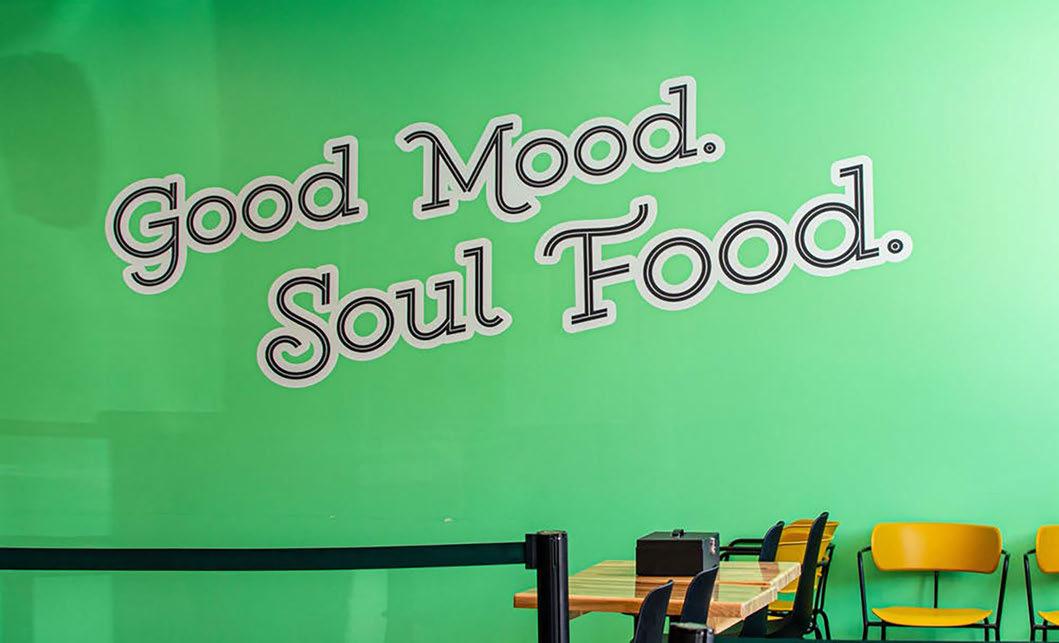
What made you want to open up a restaurant in the first place?
I purchased a business that was already a local favorite. It’s food I eat daily also so it just made sense.
Why vegan?
I was raised vegetarian and have never eaten meat. So vegan just happened to be the next logical choice.
Who is the founder(s)/owner(s) of A Peace of Soul?
My name is Folami Geter, and I’m the chef and owner. I purchased the family business (called Lamb’s Bread) after working there on and off in 2014. I rebranded as A Peace of Soul in 2017.
What is your culinary/business background?
I worked in the family restaurant for a number of years after giving Corporate America a shot and being unsatisfied.
Who developed the recipes? Where did they originate from?
I create the recipes on my own, mostly sticking to the traditional way things are made and using plant based ingredients instead.
What’s one food you wish people would adopt into their diets more?
Leafy greens are food that most people just don’t get enough of.
Are there plans to expand into a chain restaurant in other cities/states?
No plans for expansion at this time. A brick and mortar and food truck are already a tremendous responsibility.
What’s the most rewarding part about running a business? What’s the most frustrating?
The most rewarding part of owning a business is being an example to others and showing them that it can be done. Although I purchased an existing business, it has not been a cake walk. The most frustrating aspect is really just something that comes with being an entrepreneur. Ensuring that I have a work/life balance. Owning a business means that for the most part you’re always working. It never really stops.
How do you think more Black-owned businesses/restaurants in Columbia could be established?
More Black businesses are actually being opened everyday. Traditional employment has begun to become unavailable for so many, so lots of people are being pushed into entrepreneurship. It’s a blessing in disguise.
A passion for cuisine and a vision for a franchise is often the goal for restaurateurs. Any restaurateur can dream of the day when their ideas manifest, but only a few are lucky enough to see their dreams manifest physically. For the past two years, Slice of Columbia has exceeded expectations and maintained its success and consistency from the food it serves and the community
it impacts. Located in Columbia, SC, Slice of Columbia is a Blackowned, family-run business that has remained a fan favorite in the metro area when it comes to traditional-style pizza. Garnet & Black sat down with the owner, Earl Cooper, to discuss what it’s like being a local business owner in Columbia while navigating the harsh waters of a global pandemic.
What inspired you to get started in the food industry?
So I have always loved pizza. My whole life, I’ve always loved it and it was just something that made sense to me. As for starting out the business, I knew it would just be another chain that I’d have to really commit to and work for. I just wanted to try something different and bring my own creative twist to the pizza industry here in Columbia.
I’m sure we all love pizza in Columbia but I want to know, why pizza? What’s the connection between the food on the menu and you personally?
As I mentioned before, I just love pizza and have grown up eating it my whole life. It was the go-to meal every Friday night for my family and I and we’ve been pretty big fans of it. We’ve got more items on the menu now including wings, pasta and salads, but we knew that our main theme would be pizza if we opened up a chain here.
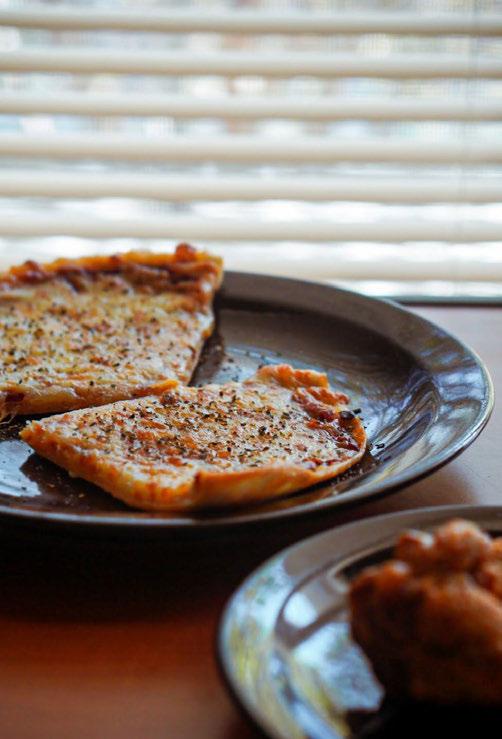
So what’s the vision for the restaurant? Where do you see the restaurant in 5 to 10 years?
It’s only something we’ve had for a couple of years but we’re looking to expand into other states and hopefully start a franchise. Columbia was a good starting point for us because we’ve lived here. I grew up in Columbia, went to high school here, so
it was a good starting point for the family. I have another food restaurant here in Columbia, so managing businesses is obviously a commitment that I understand. But hopefully, an expansion would really live out the rest of the restaurant. We’re hoping to actually be franchised across the Southeast region, maybe getting some locations in Georgia and other states. Being able to expand this place with my family would be a huge accomplishment.
You guys have mentioned that you’re a family-owned restaurant. What’s it like balancing work and life?
It was challenging at first, but at the same time, it is truly rewarding to be able to work with my family. Just working with my mother, daughter and other relatives makes handling finances and other departments a lot easier. The trust is there and we really enjoy that about the restaurant. But we also have increased our staff and we even hired more employees and have close to around 13 at the moment. We consider them family as well; we truly love the atmosphere of working here every day. More so, I couldn’t be more proud of [my daughter] Kaylan as well. She’s been a huge help in managing the social media aspect and getting the word out to the community. I definitely couldn’t do all that, so I guess you could say it’s all a big team effort.

I just wanted to try something different and bring my own creative twist to the pizza industry here in Columbia.
What were the initial challenges of getting started as a Black-owned restaurant in Columbia? How has the restaurant been able to overcome the hurdles of establishing itself in the community?
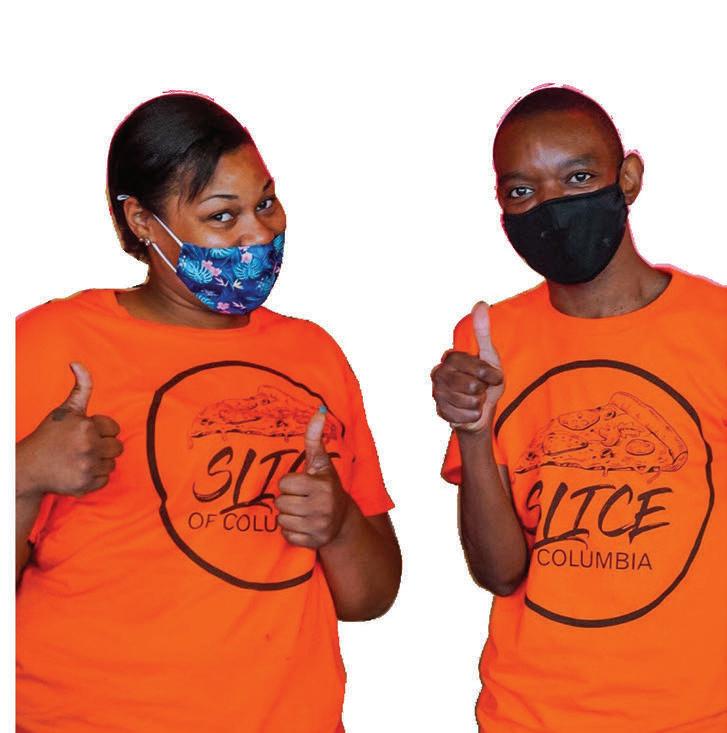
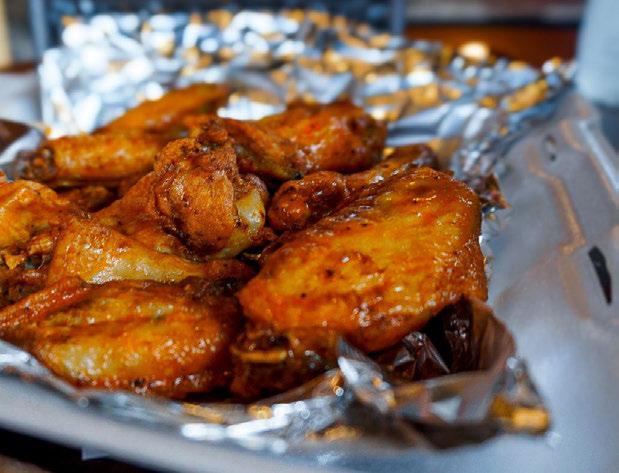
It was initially challenging just getting the word out and letting people know we were there. As a start-up business, it doesn’t just take off from the beginning. So being able to sustain from the hard and slow times was the process we had to go through. Thankfully, we’re at a time now where we’re seeing more businesses like these established. When I was growing up, it was definitely a lot harder to confront the challenges of starting a business. But I definitely give a lot of credit to the community around Columbia when it comes to our success. People do support our cause and our background, so it’s a big help in facing the challenges knowing we have a lot more support from the community.
This is a tough time for some businesses with the current pandemic. What was your reaction when COVID hit Columbia?
It was very scary at first. When COVID hit, we didn’t know what was going to happen with the restaurant. In the beginning, restaurants had certain limitations where they could only do take-out and not dine-in. We honestly weren’t sure if we were going to be able to survive or not. However, as more time went on some of these limitations were alleviated and we were able to get some things back to normal. Now, our business is doing just fine and people still come in and order pizza just like they did before the virus.
You and your family have successfully built a restaurant in a competitive food industry. What would you say is the restaurant’s proudest achievement so far?
I would definitely say consistency. Being able to stay open for two years has been our biggest accomplishment so far. Most new restaurants close within a year but we were able to overcome that start-up hurdle. Not only did we stay open, but we maintained during a pandemic without having to lay off any employees. That in itself is something that we couldn’t be more proud of.
What’s your message to other local businesses? Do you have any advice for those who are looking to get started? Keep swinging the bat and eventually, you’ll hit. I really just want to tell people to go for whatever it is they’re gunning for. Having that courage in taking new steps and keeping your dreams alive is really what gets things done. For us still being here and going strong is a testament to what I believe in and I hope that others can realize that success can be attained when you reach for it.
Having that courage in taking new steps and keeping your dreams alive is really what gets things done.
Saturdays in South Carolina are COVID19’s latest victim – one that college students have been dreading nationwide since the virus reached pandemic status. Tailgate lots are barren wastelands of pavement, there are no more rivers of students and families in garnet and black trekking to WilliamsBrice, and a situationally small number of only 20,000 fans are able to snag a socially distanced ticket to the football game itself. Game day’s survival looks bleak – but Gamecock students won’t let it die without a fight. And if college kids are masters of anything, it is making fun out of seemingly nothing. The students of Carolina have put their patience and innovation to the test to keep traditions alive while practicing safe social distancing.
Garnet and black is an unbeatable color combination, and outfits that showcase it are the costumes of game day. They spur camaraderie between the best of friends and the newest of strangers, and what better excuse is there to don a pair of cowboy boots? There might not be parades of people flooding the streets, but every so often, a young woman in a perfectly crafted outfit struts down the sidewalk with a game day button on her shirt. Men are spotted in
their khakis and collared shirts, the UofSC emblem on their chest before disappearing into friends’ houses or apartments. The students who didn’t get a ticket will not let their spirit go, and they wear it on their sleeves to show it.
So, you’ve spotted a few fans around Cola, but where are they going? There’s no tailgate waiting for them on the other side of the train tracks, and only those lucky 20,000 got tickets. Upper and underclassmen alike have put their heads together – or rather, apart – to hold small, responsible, and socially distant watch parties. With kitchens so close, some students find themselves cooking tailgate-style favorites while their other roommates deck the halls with everything Carolina. They’ll hold a photoshoot later to share pictures on social media, because technology has yet again come in clutch for young people to share their South Carolina spirit while staying safe. And again, we didn’t dress up for no one to see our outfits!
When the hosts’ small number of close friends arrive, the guests place their own contribution of food and drink on the counter. It might not be a dirt lot or a backyard party pulsing with subwoofers, but
the people they love are there. “Dixieland Delight” might be playing on a little personal speaker, and the Gamecocks are still running plays on the television. The physical game might be far off, but the spirit of the day lives on behind closed doors between the friends who share the time together.
Yes, from the outside, game day might look defeated. But all it takes is a closer look and an ear pressed against doors in residential halls to hear the cheering and thump of “Sandstorm” in each room. Gamecocks have pivoted in ways that the rest of the SEC and America look up to, and it is a perfect representation of who we are as individuals and as a community. Safely enjoying game day and keeping traditions alive and thriving (as well as raising up new ones) is just in our nature. Of course, we want our rowdy, packed Southern tailgates and not a single empty seat in Willy-B, but seeing UofSC adapt and shine might even rival the spirit of Saturdays in South Carolina in seasons past. For now, I’m pulling on my dusty cowboy boots just to strut about my apartment, and eat the tailgate food strewn out on the kitchen counter. If the Gamecocks score on my TV, I’ll cheer loud enough for the team to hear me from my living room!
“If the Gamecocks score on my TV, I’ll cheer loud enough for the team to hear me from my living room!”

Black bodies are some of the most classic forms of art. The blood of ancient empires runs through our veins. While some have made feeble attempts to capture the essence of beauty that expresses itself through our melanated skin, black bodies have rarely been portrayed in this true nature.
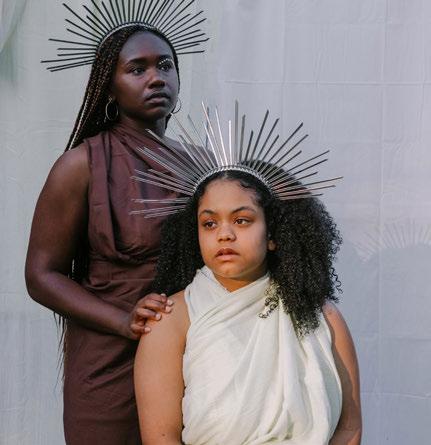
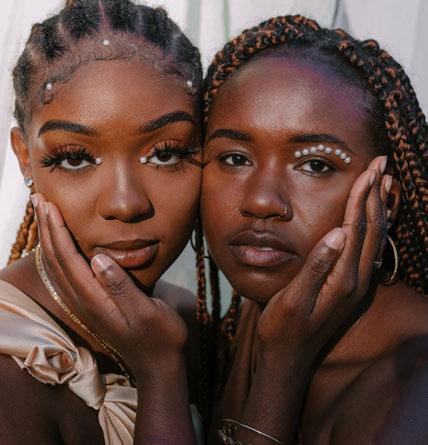

This essence is so pure and so primal. Arising from the motherland of Africa; the birthplace of all mankind. Let Black be synonymous with nobility, power, and class. Let Black always be in the same breath as beauty. Let us forever relish in this unique beautification.
*With consideration, the models for this shoot were allowed to break CDC guidelines for COVID-19, and stand next to each-other without wearing masks. Precautions were taken prior to the shoot to ensure the safety of everyone on set, and models were carefully chosen to be close friends who already had frequent prior contact before this photoshoot.
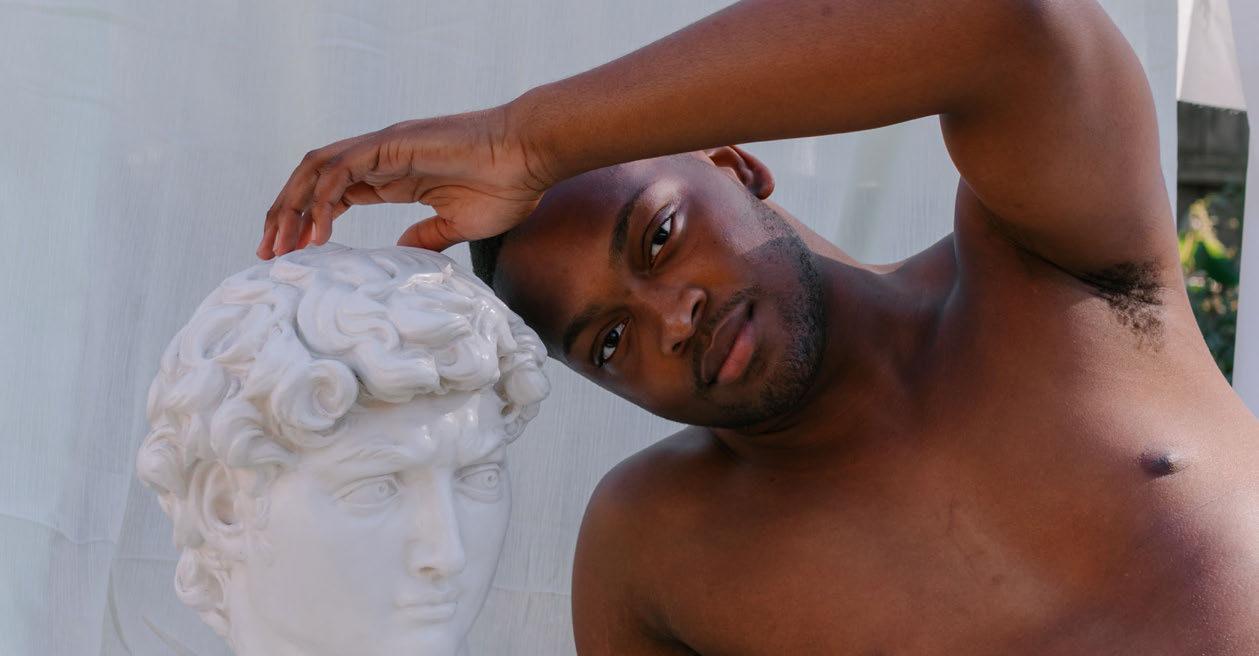

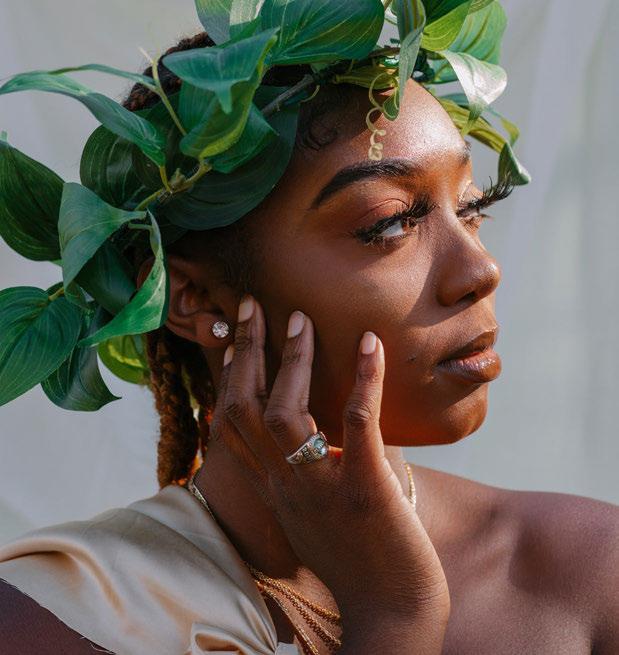
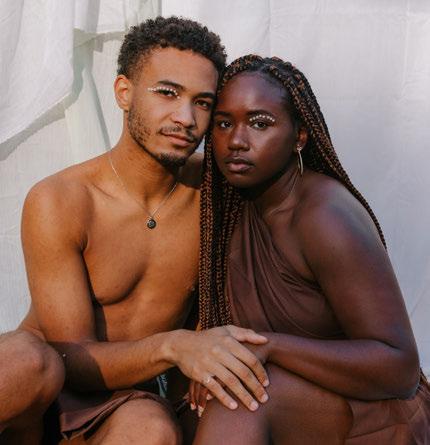
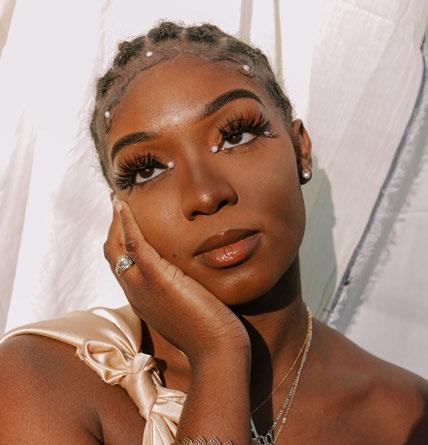
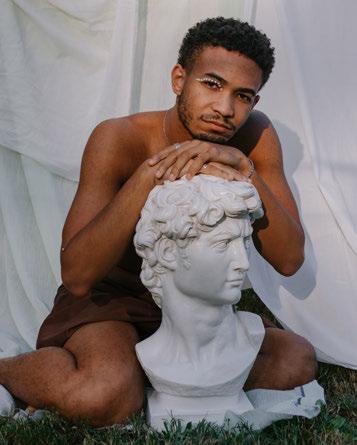

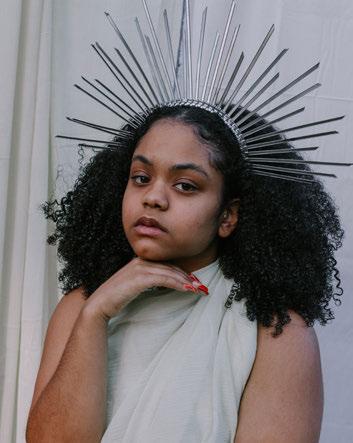
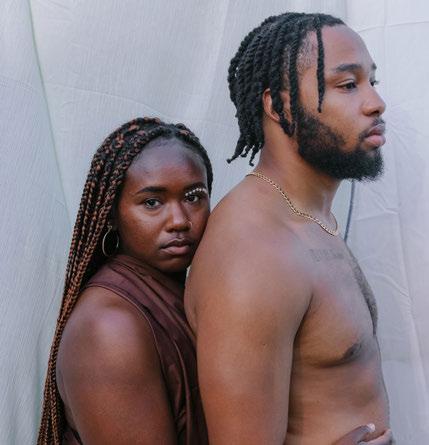
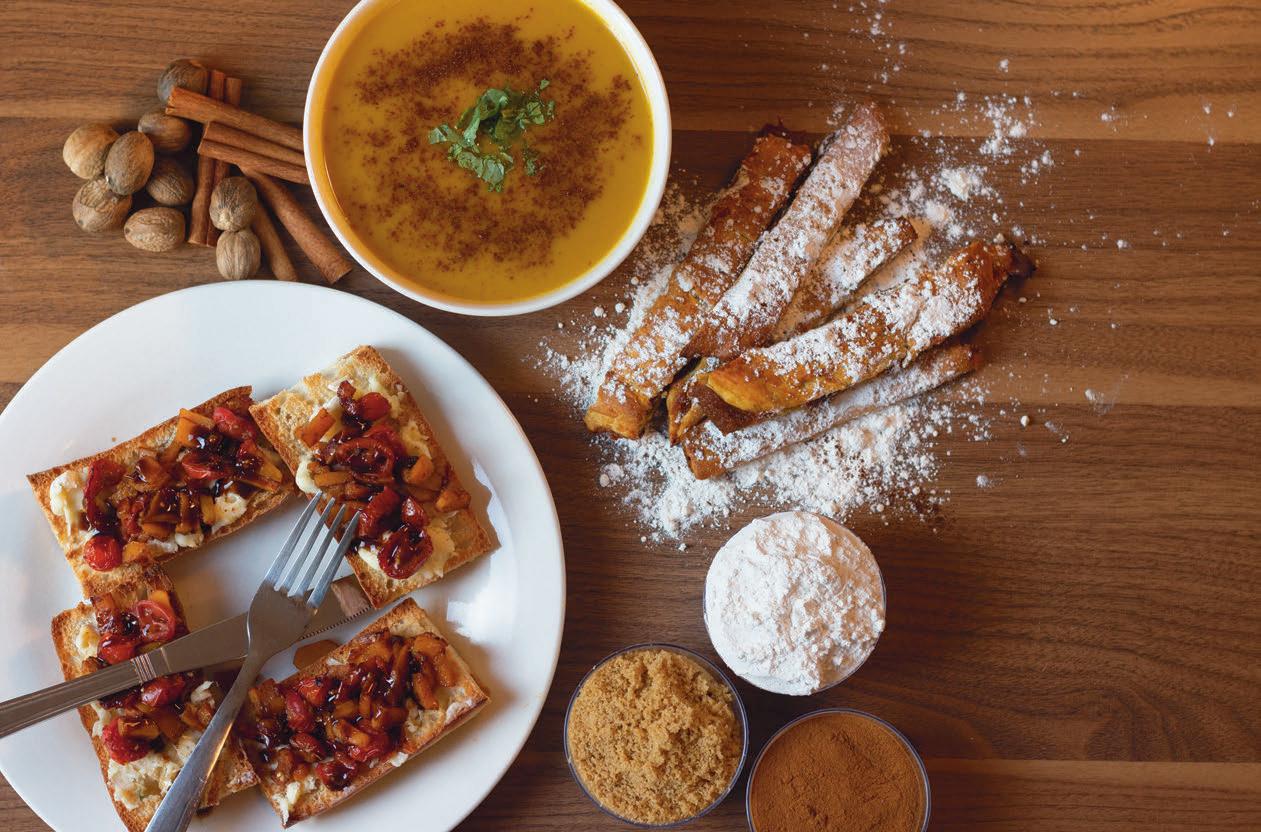
Columbia doesn’t seem to understand that fall means crisp weather and bright leaves. If the South Carolina weather isn’t getting you into the fall spirit, any dish with pumpkin, apple, or squash will suffice. Contrary to popular belief, it doesn’t take lots of skill and time to make fall-inspired food, all it takes is a simple appetizer, dinner and dessert packed with fall flavors.
Bruschetta. A complicated word, yet such a simple dish. Traditional bruschetta consists of toasted French bread topped with a tomato mixture, but this variation has a fall twist.

Squash and Apple Bruschetta:
Ingredients:
2 cups butternut squash diced
1 cup diced apple
6 tablespoon olive oil (divided)
½ teaspoon ground cinnamon
¼ teaspoon ground nutmeg
¼ teaspoon allspice
¼ teaspoon ground cloves
8 slices French bread
1 cup ricotta cheese
4 cloves garlic
8 sage leaves
2 teaspoon balsamic glaze
Instructions:
1. Preheat oven to 425°F.
2. Dice butternut squash and apple and toss with 2 teaspoons of olive oil, cinnamon, nutmeg, allspice, cloves, salt and pepper.
3. Put butternut squash and apple on baking sheet and cook for 15 minutes.
4. Brush sliced French bread with 2 teaspoons of olive oil and set aside.
5. Sauté the last 2 teaspoons of olive oil, garlic and sage leaves for 2 minutes on medium heat.
6. In a large bowl, combine sautéed garlic and sage with the cooked butternut squash and apples.
7. Toast slices of bread in oven for 3-5 minutes.
8. Remove bread from oven and spread ricotta cheese on top. Then add butternut squash and apple combination.
9. Drizzle with balsamic glaze.
Whether they were picked fresh off a tree or bought at a grocery store, apples add a whole new element to any meal, even soup. Butternut squash soup is a classic fall-inspired dish, but what makes this version even better is the addition of apples to make it sweeter.
Apple Butternut Squash Soup:

Ingredients:
2 pounds butternut squash
1 tablespoon olive oil
1 onion sliced
1 inch ginger sliced
2 cloves garlic chopped
1 apple
1 teaspoon ground cumin
1 teaspoon paprika powder
1/2 teaspoon cinnamon
5 cups water mixed with broth of your choice
1/3 cup sour cream or plain Greek yogurt
Instructions:
1. Preheat oven to 350°F.
2. Peel and cut butternut squash into equal-sized cubes.
3. Combine butternut squash, salt, pepper and olive oil in a large bowl.
4. Place cubes onto baking sheet and cook in oven for 20 minutes.
5. In a large pot, sauté chopped onion with olive oil until soft.
6. Add chopped ginger, garlic, apple pieces and cooked butternut squash to the pot with onion.
7. Add ground cumin, paprika powder and cinnamon.
8. Pour in broth and cover pot for 10 minutes on medium, or until all ingredients are soft.
9. Lower heat to low and mix with a hand mixer until smooth.
10. Stir in sour cream or yogurt.
11. Remove from stove and serve with garnish- parsley or more sour cream.
The final, but hands down most important part of a fall-inspired meal, is dessert. Pies and crumbles made with apples, pumpkins or pecans are usually the go to dessert, but they aren’t that easy to make. So many Grandmas spend days making pies for Thanksgiving, but these pumpkin crescent rolls take about fifteen minutes and are a good replacement for intricate pies.
Pumpkin Crescent Rolls:
Ingredients:
1 roll of crescent roll dough
1/2 cup pumpkin puree
1/4 brown sugar
1 tablespoon maple syrup
1 teaspoon pumpkin spice*
2 tablespoons melted butter
1 tablespoon sugar
1 teaspoon cinnamon
Instructions:
1. Preheat oven to 375°F.
2. Mix pumpkin puree, brown sugar, maple syrup and pumpkin spice. *You can buy pumpkin spice or make it by combining ground cinnamon, ginger, nutmeg, allspice and ground cloves.
3. Roll out crescent roll dough and cut in half to create two identical rectangles.
4. Spread pumpkin mixture all over one rectangle of the crescent roll dough.
5. Place the other half of the crescent roll dough on top of the pumpkin mixture, so the pumpkin is sandwiched between the dough.
6. Use a pizza cutter to cut the dough into strips, each ¾-1 inch wide.
7. Move strips to baking sheet and twist each of the ends.
8. Brush melted butter over each strip.
9. Combine sugar and cinnamon and sprinkle generously over each strip.
10. Bake for until golden brown for 8-11 minutes.
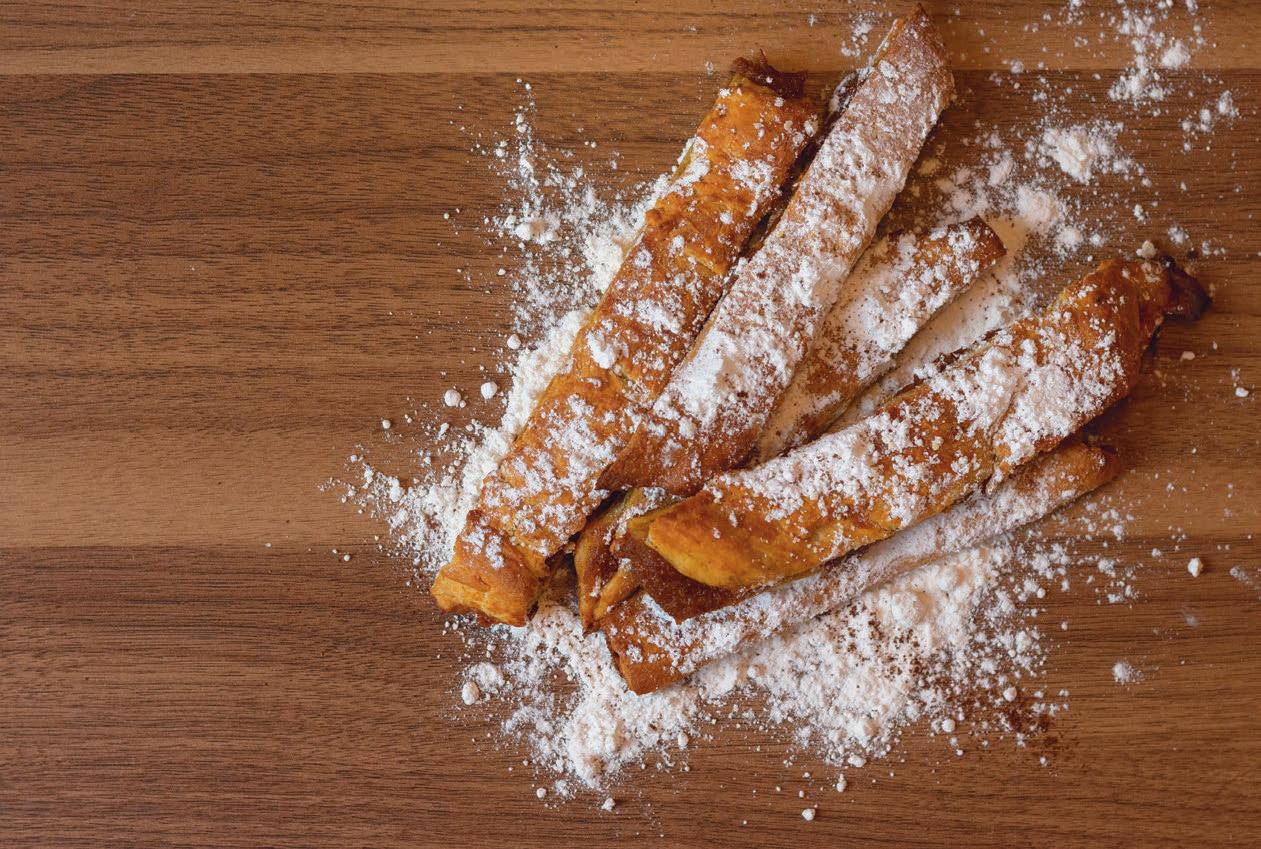
• Legal consultation and advice
• Dedicated law firm
• Legal document review (up to 15 pages each)
• Access to legal forms/contracts
• Letters and phone calls made on your behalf
• Speeding ticket assistance
• Will preparation
• 24/7 emergency legal access
• Mobile app
• And more!
IDShield Plan Benefits:*
• Identity consultation and advice
• Dedicated licensed private investigators
• Child monitoring (family plan only)*
• Social media monitoring
• Identity and credit monitoring
• Identity threat and credit inquiry alerts
• Complete identity restoration
• Monthly credit score tracker

• Password manager
• 24/7 emergency access
• Mobile app
• And more!
monthly | For more information visit: AFFORDABLE PROTECTION
$24.95 annwalker.wearelegalshield.com
*This is a general overview of the legal and identity theft protection plans available from LegalShield for illustration purposes only. See plan details or plan contract for specific state of residence for complete terms, coverage, amounts, conditions and exclusions.
Google Play and the Google Play logo are trademarks of Google Inc. Apple, the Apple logo, and iPhone are trademarks of Apple Inc., registered in the U.S. and other countries. App Store is a service mark of Apple Inc., registered in the U.S. and other countries.
Be a part of the Garnet & Black family by signing up for our biweekly newsletter to be the first to know what our staff is talking about, what we’re keeping our eyes on in the community, and how we’re working to uphold our mission to impassion our audience.

Take a moment to connect with your spirituality. Scan this Snapchat code, then let your intuition choose a single card and receive guidance for your circumstances. Maybe ask yourself a yes or no question. Hover over your card and let the universe guide you to your answer!

READING BY ALIZAJANE HICKS • ILLUSTRATION AND DESIGN BY EMILY SCHOONOVER


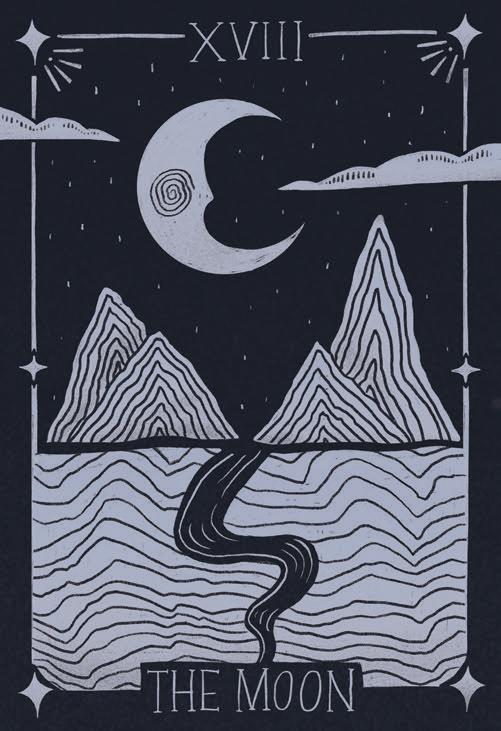
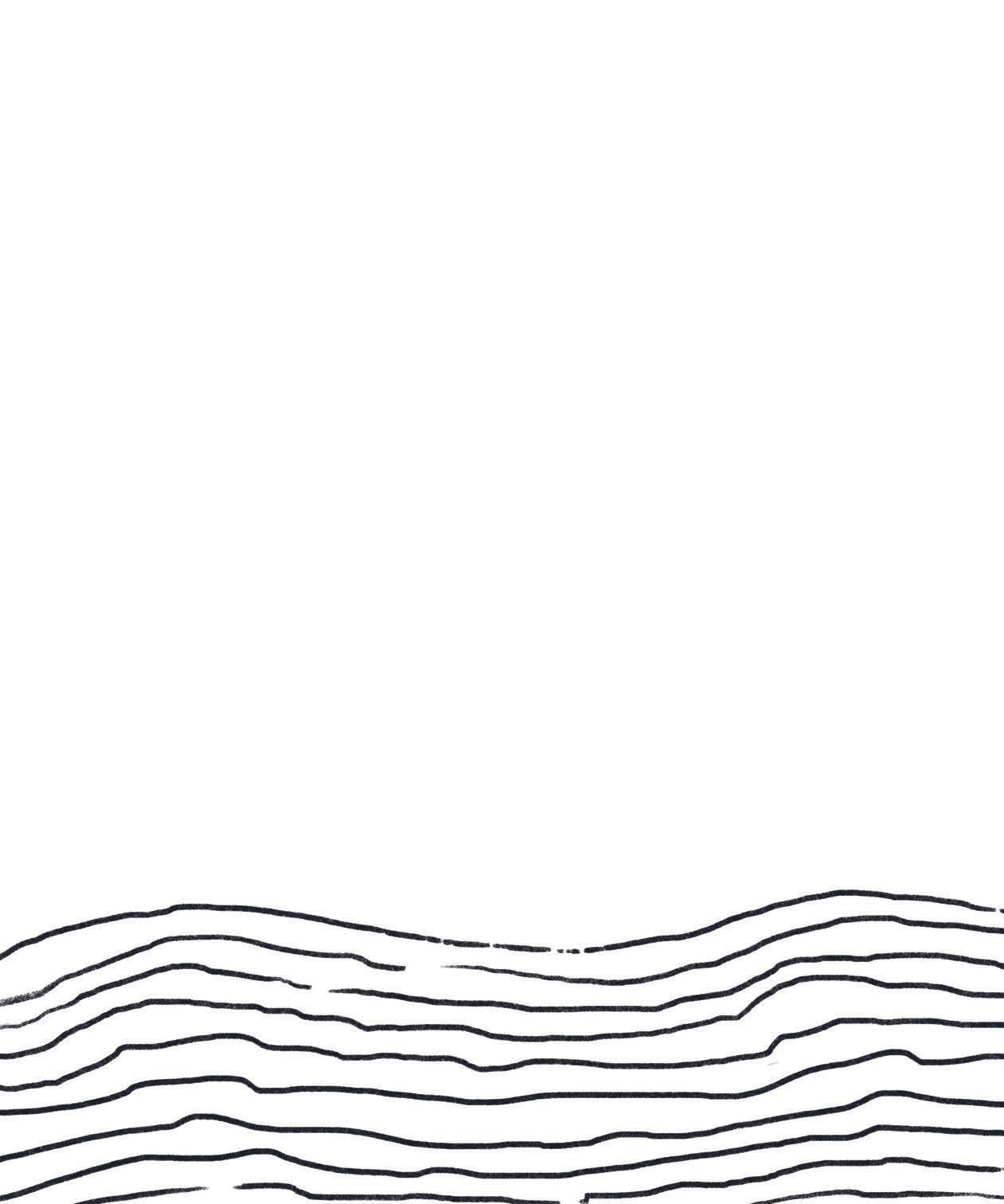





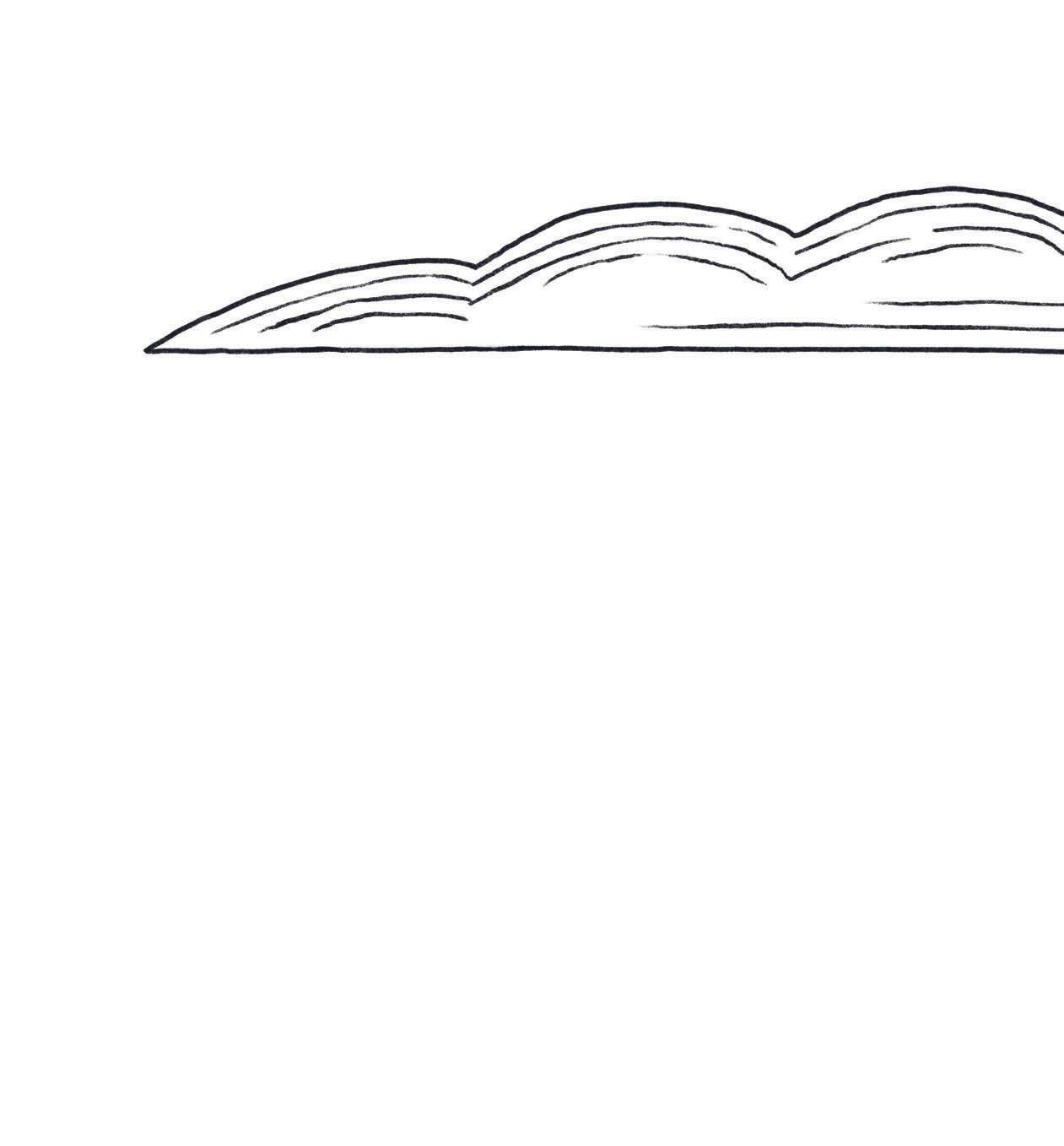
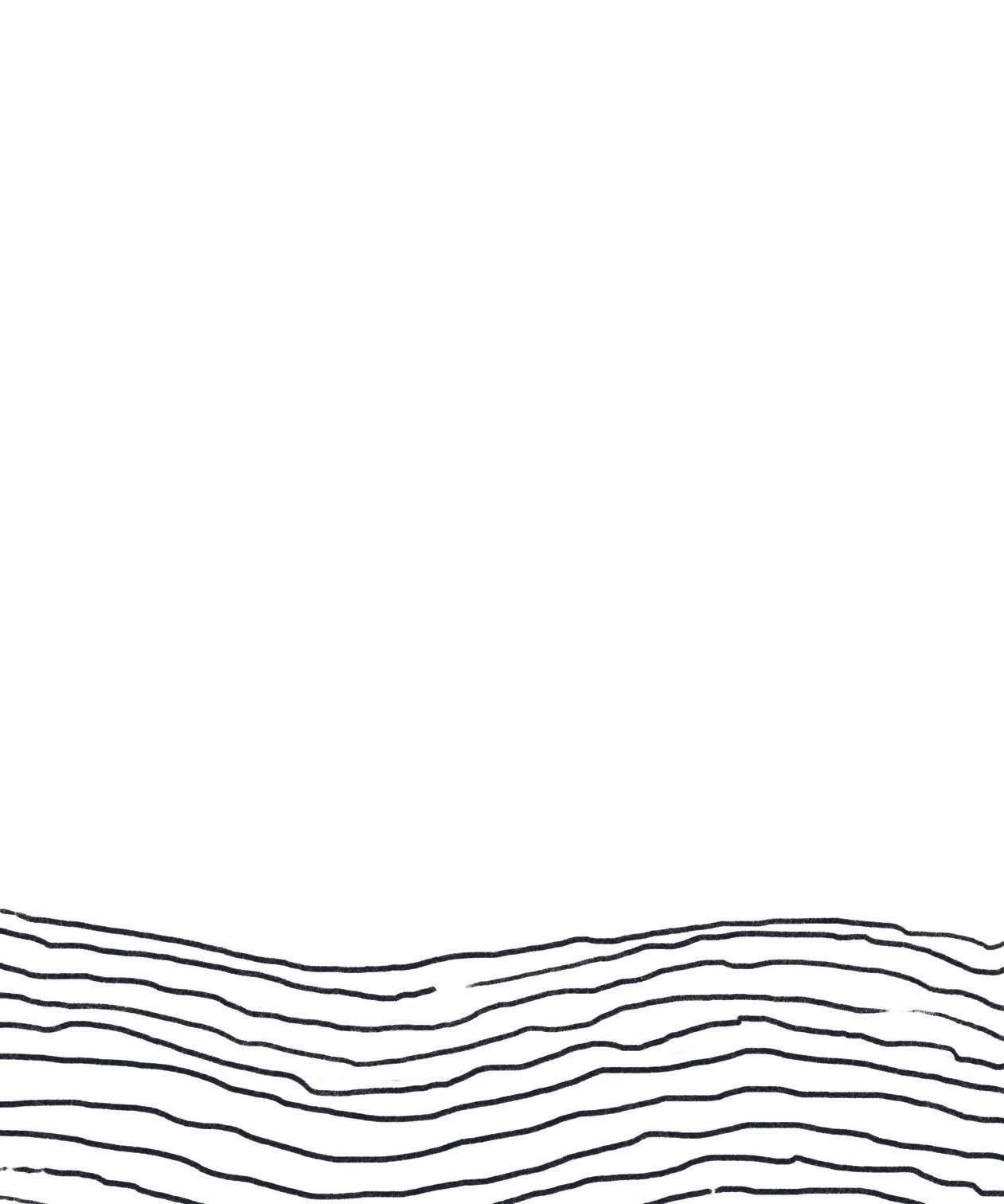
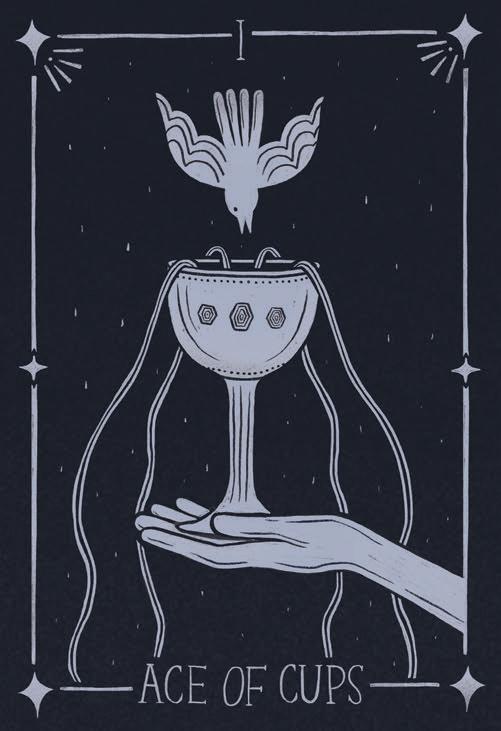

I have a habit of unintentionally making all my playlists into a coming-of-age soundtrack. Usually it’s what causes my mid-week depression, but right now it’s the perfect accompaniment as we enter the golden hour of the year.







 PLAYLIST BY WUSC-FM AND G&B STAFF • DESIGN BY ALIZAJANE HICKS
PLAYLIST BY WUSC-FM AND G&B STAFF • DESIGN BY ALIZAJANE HICKS



